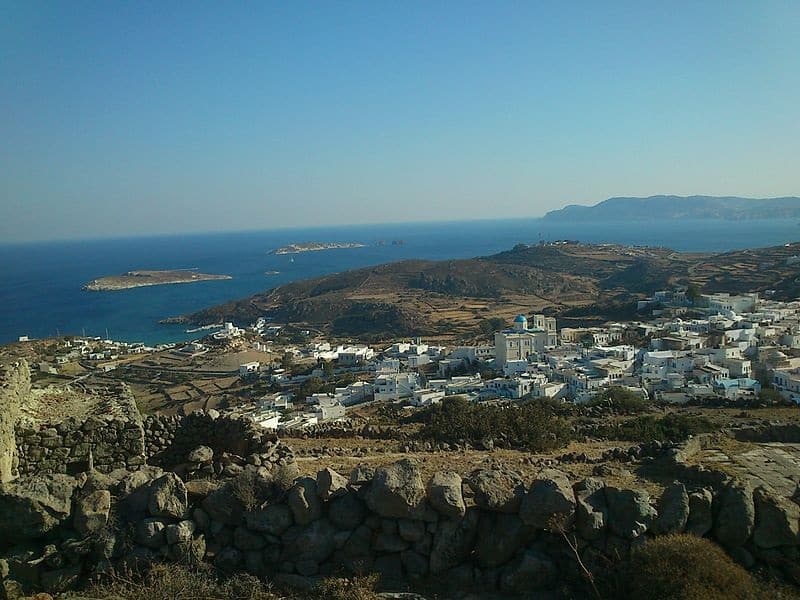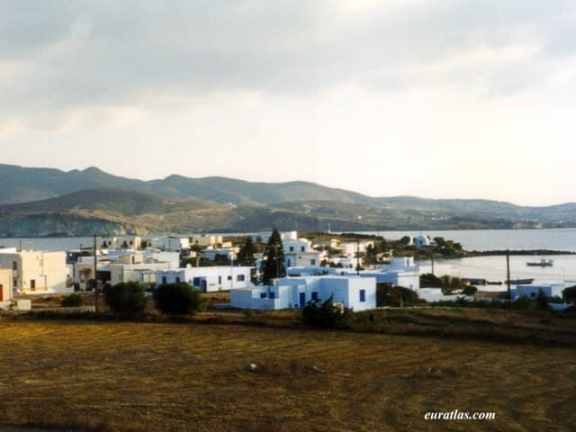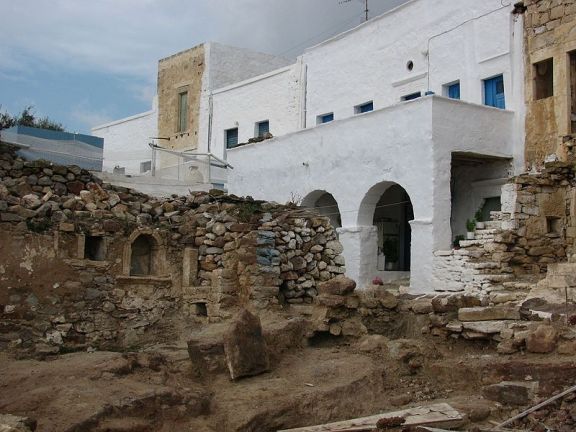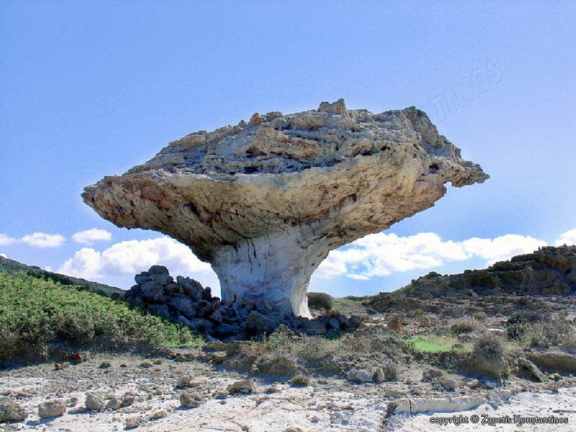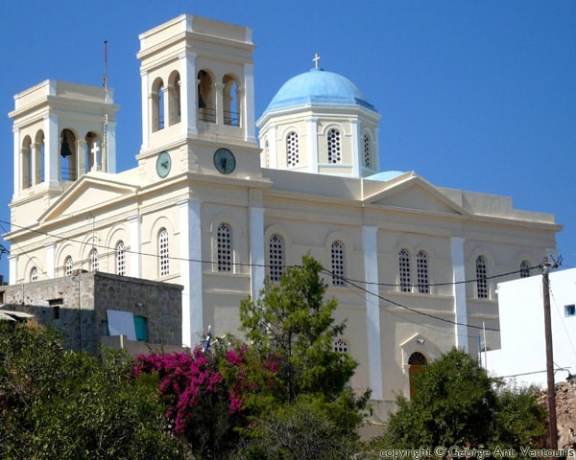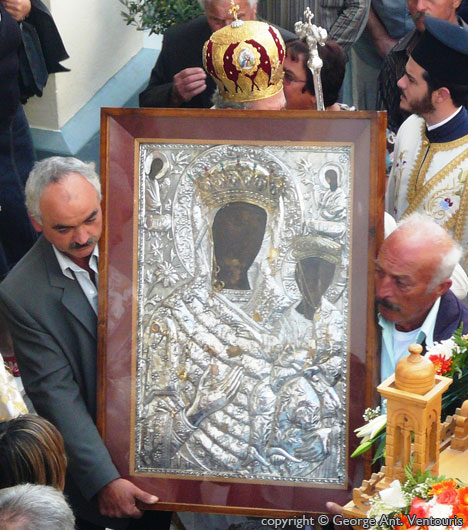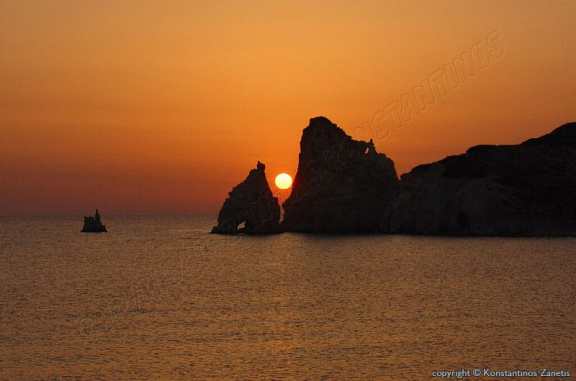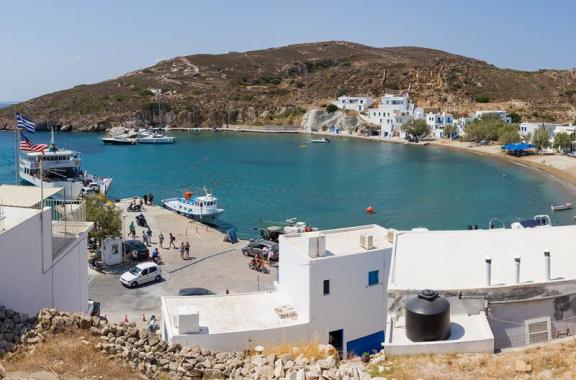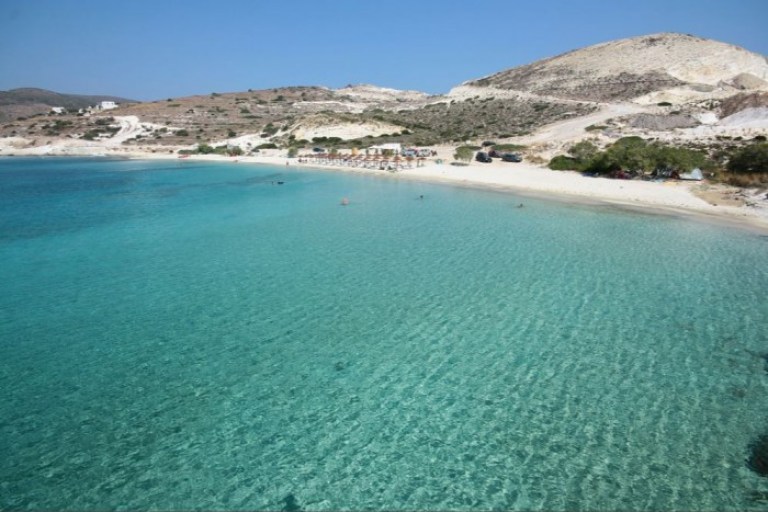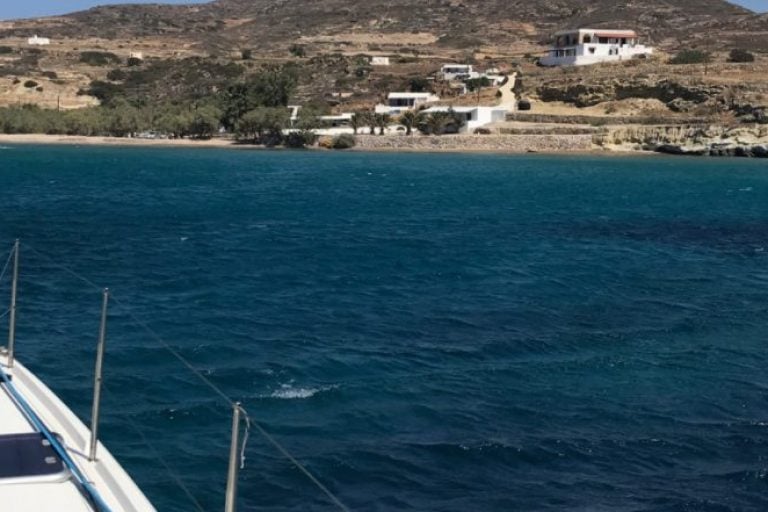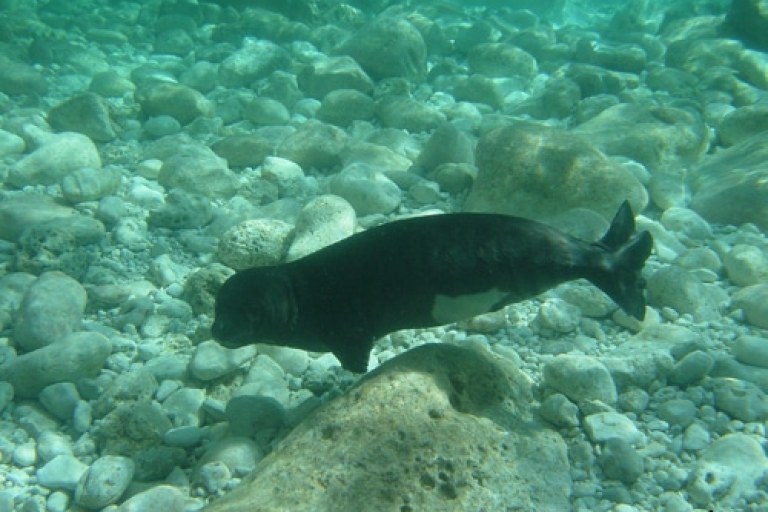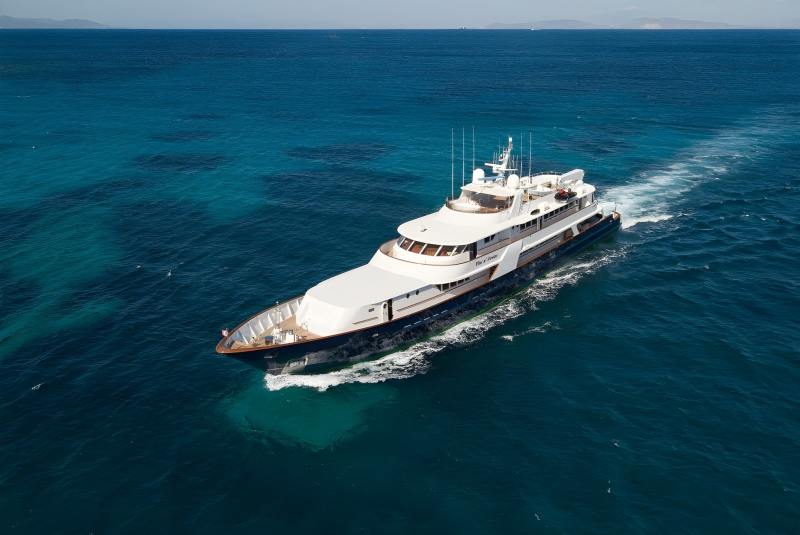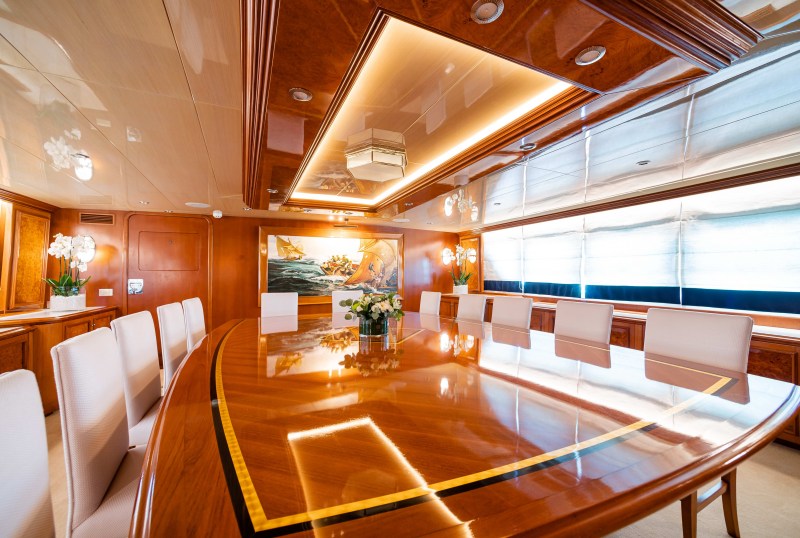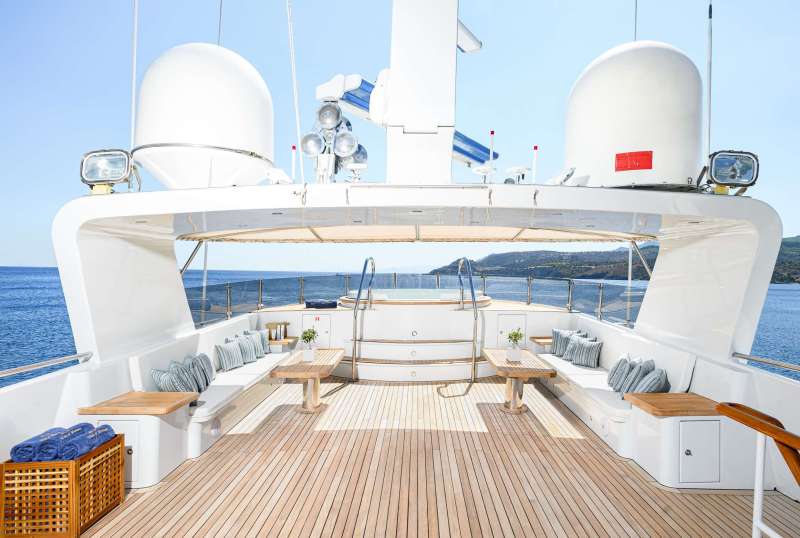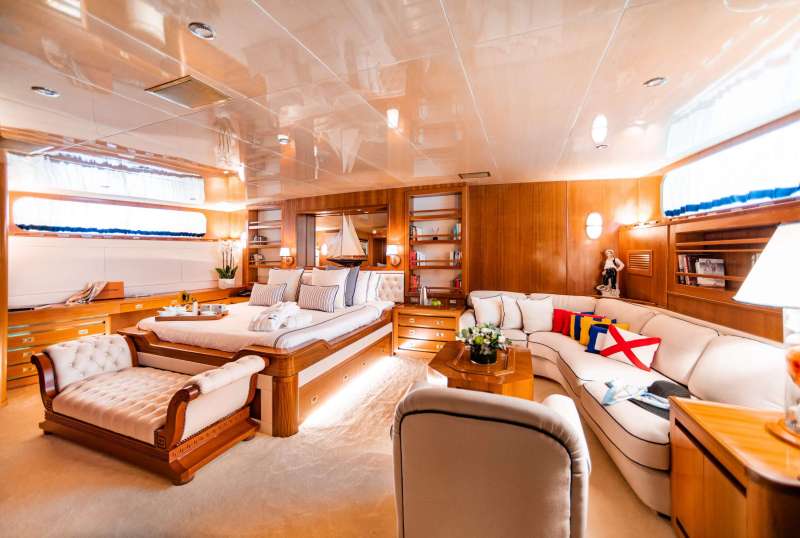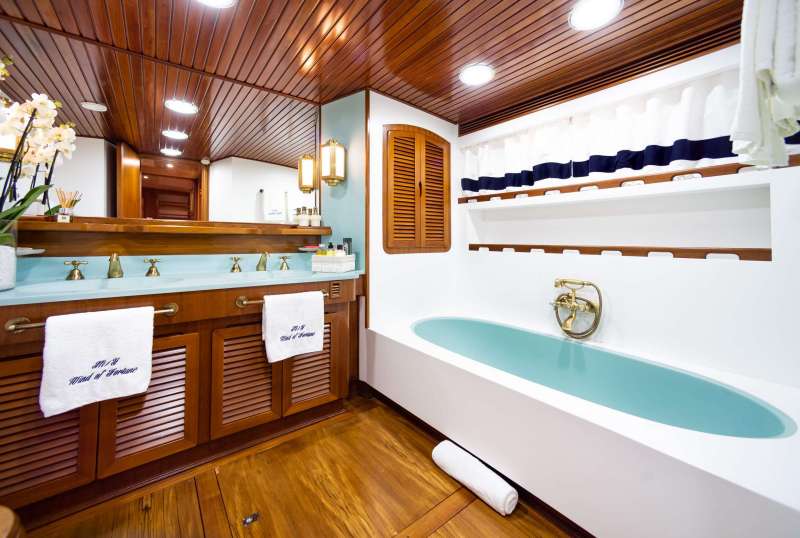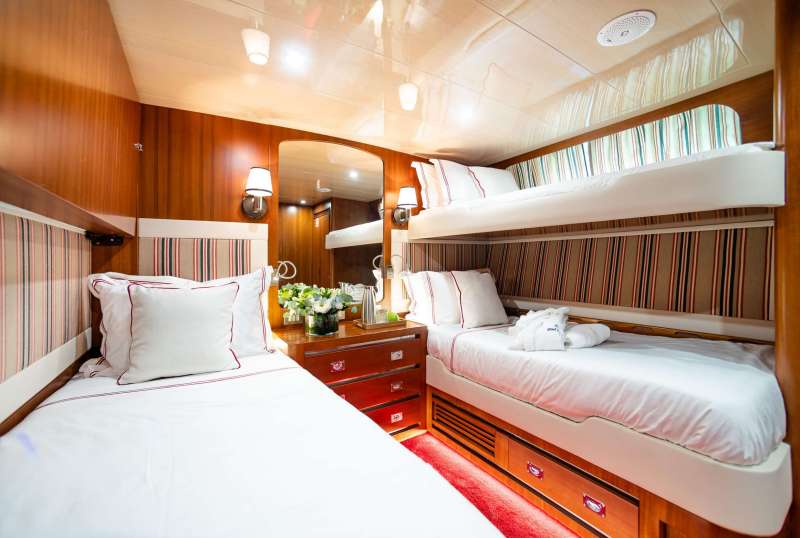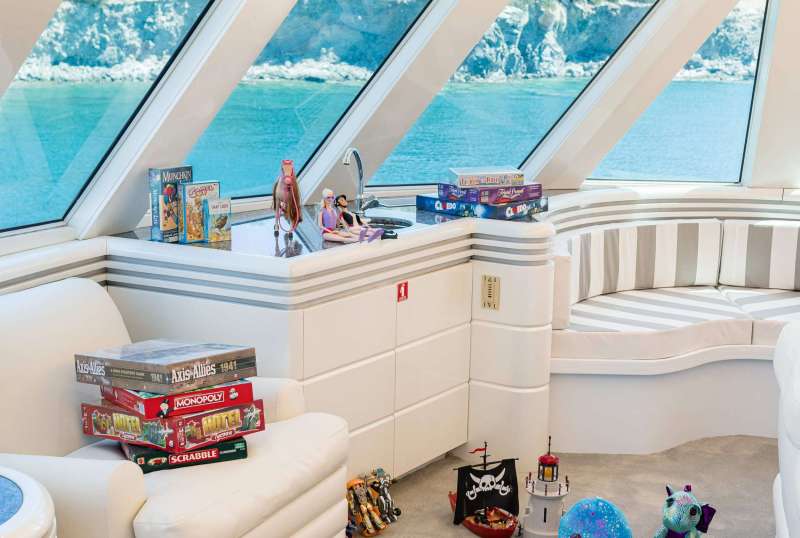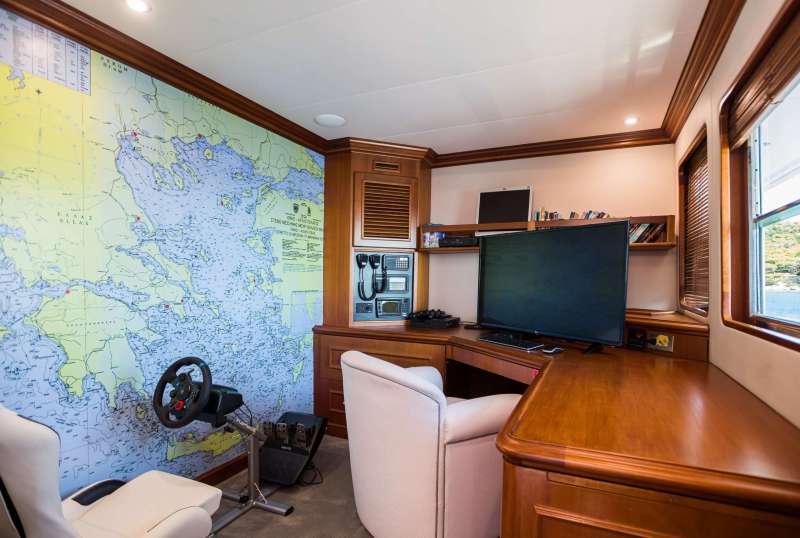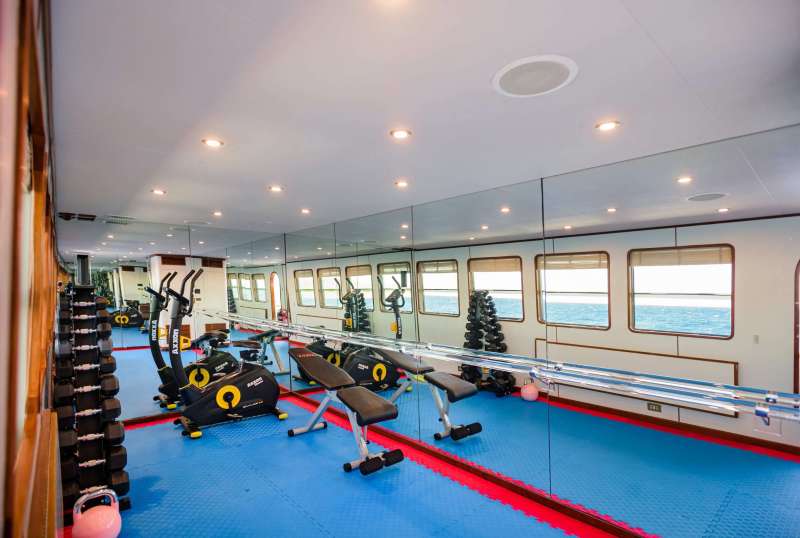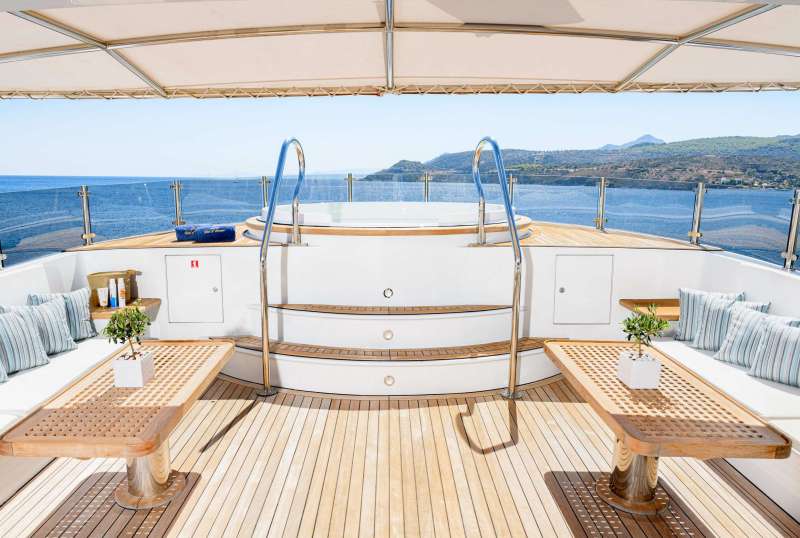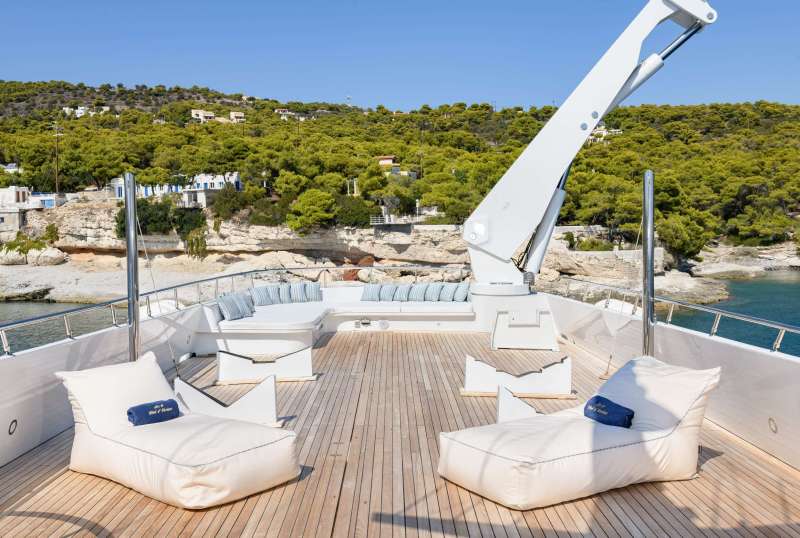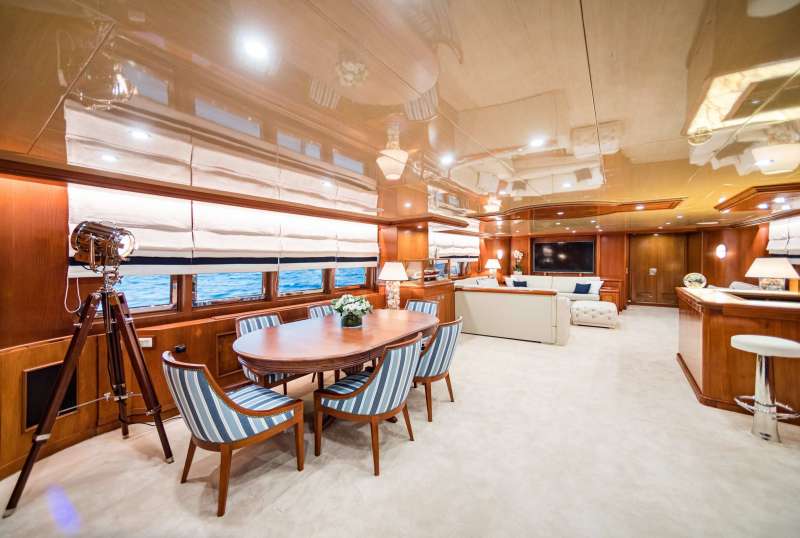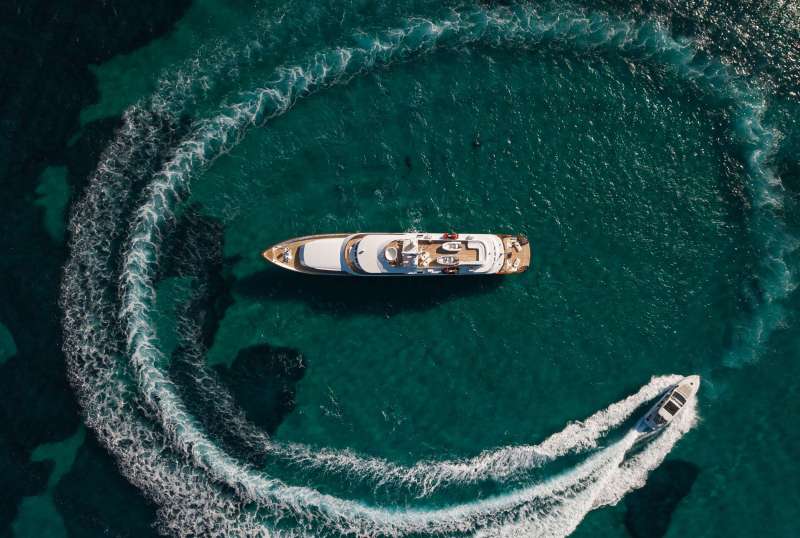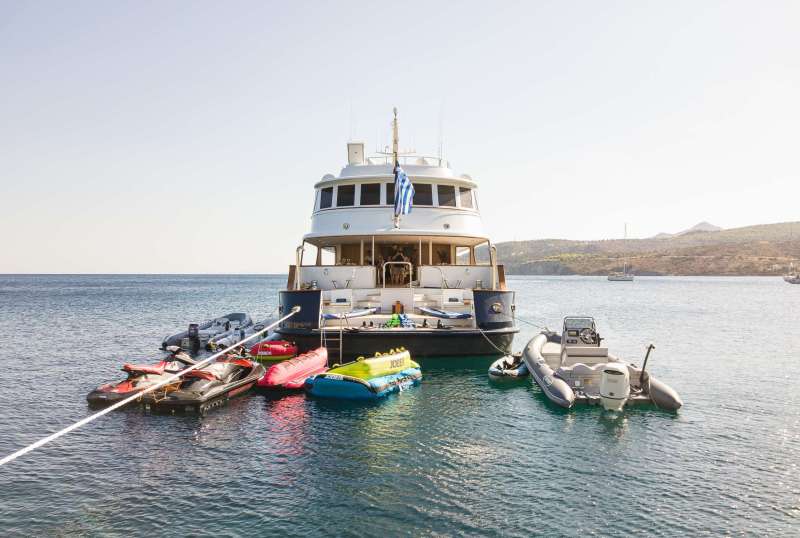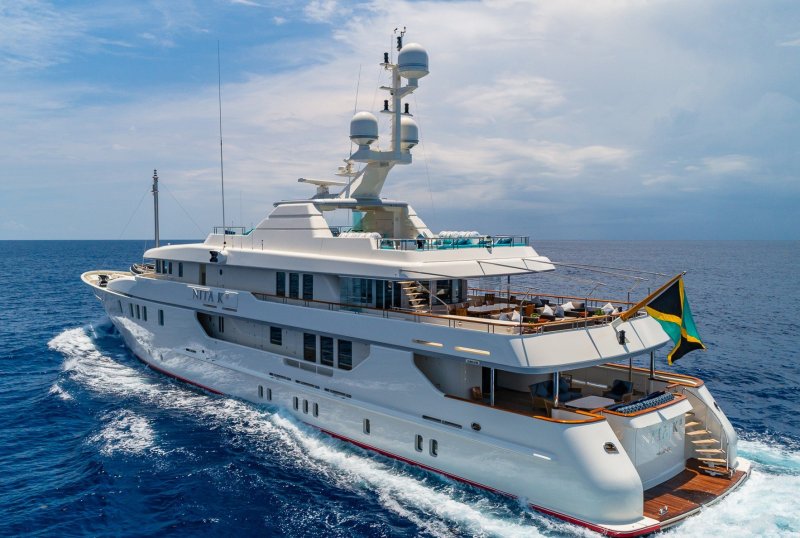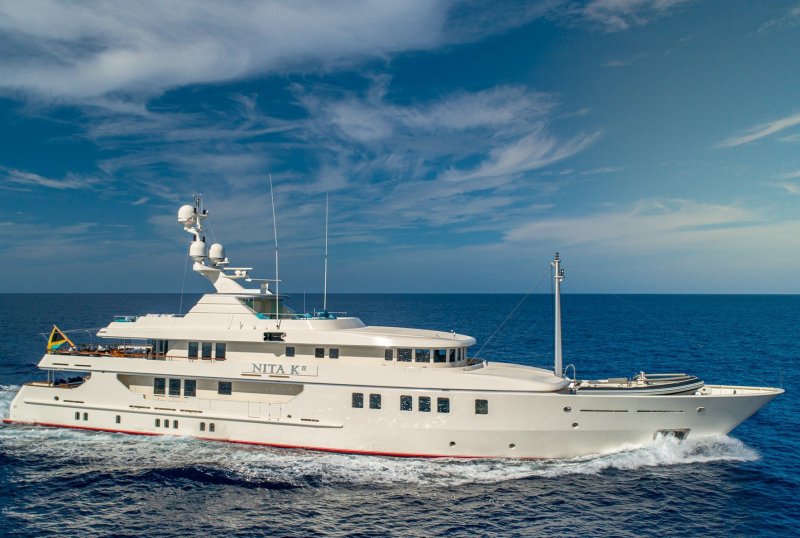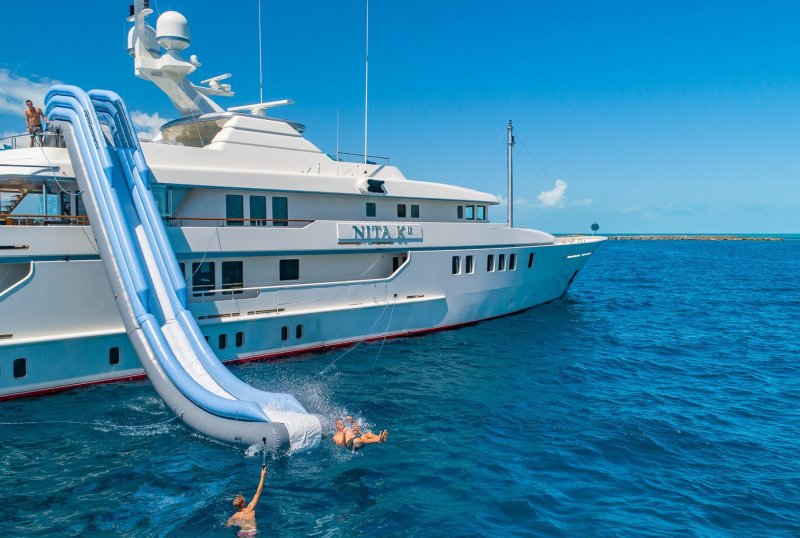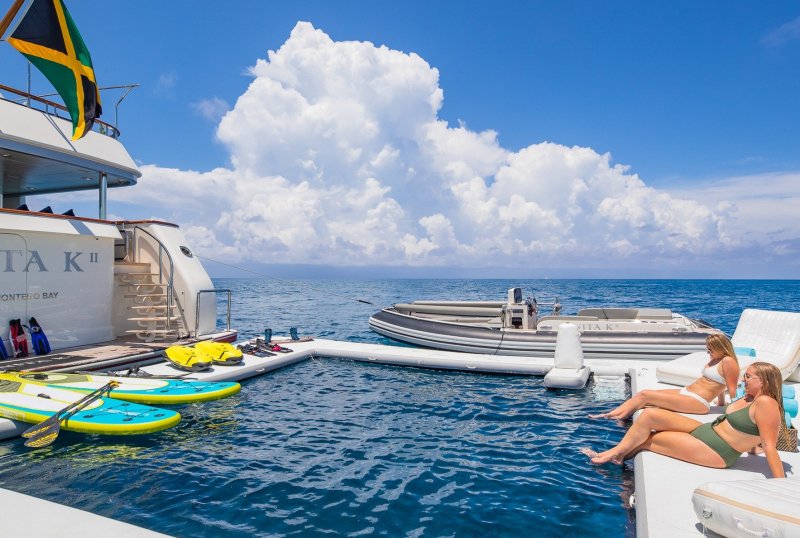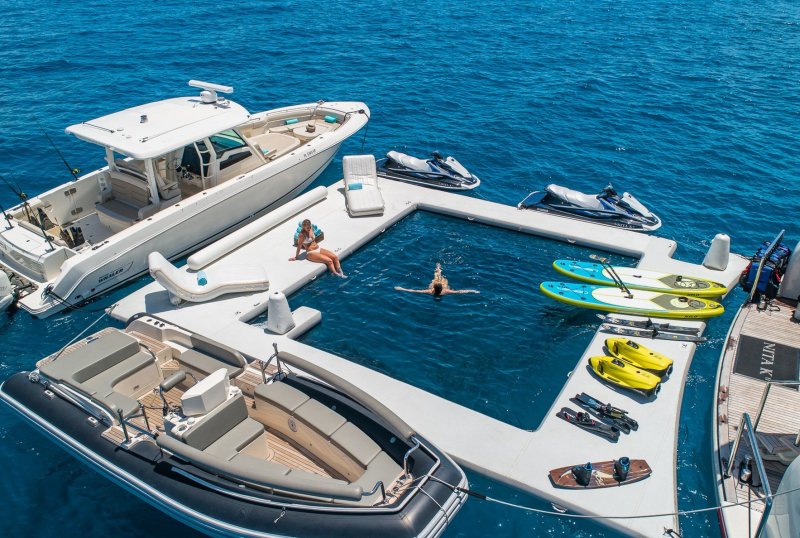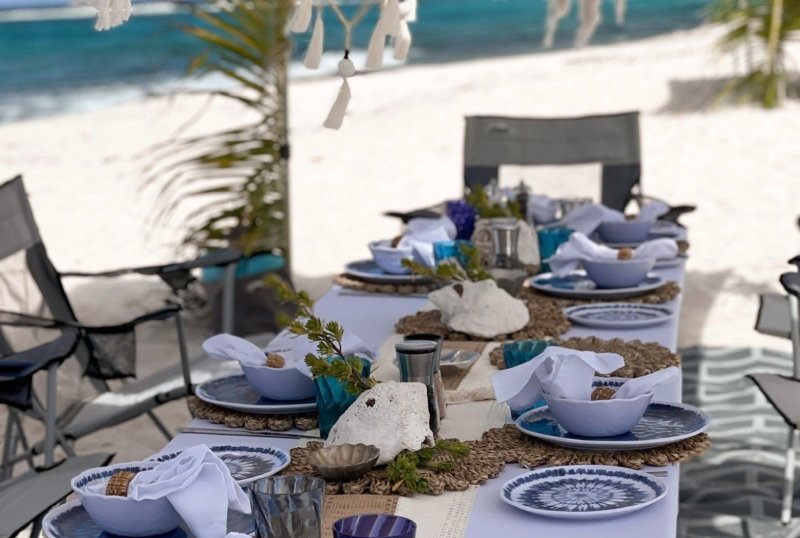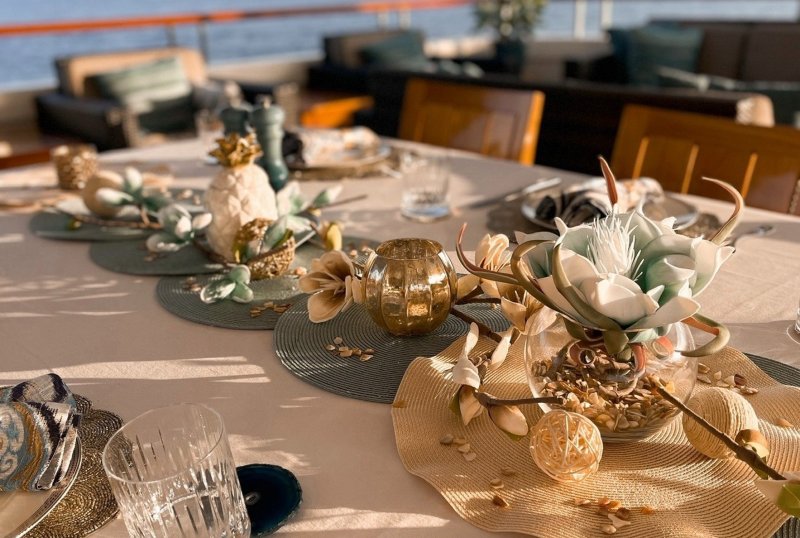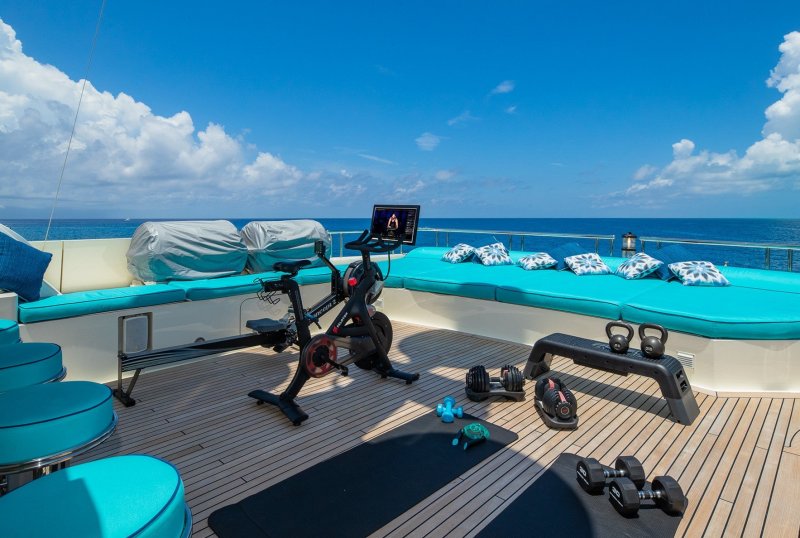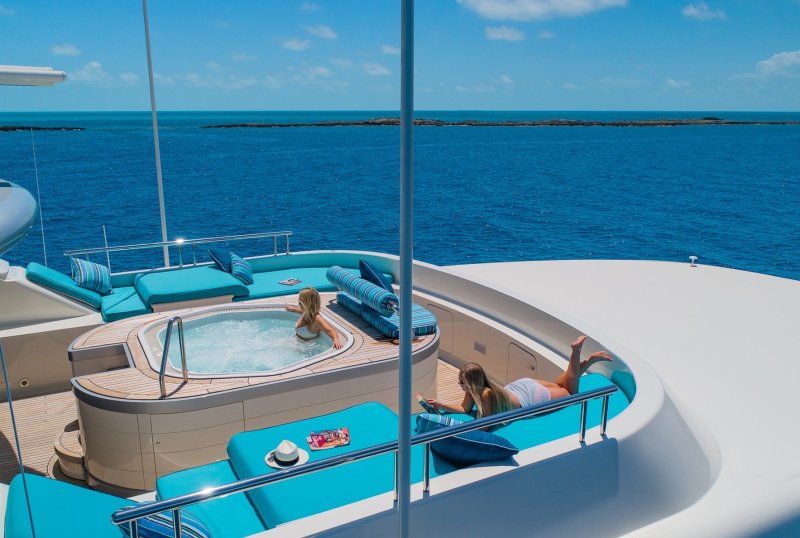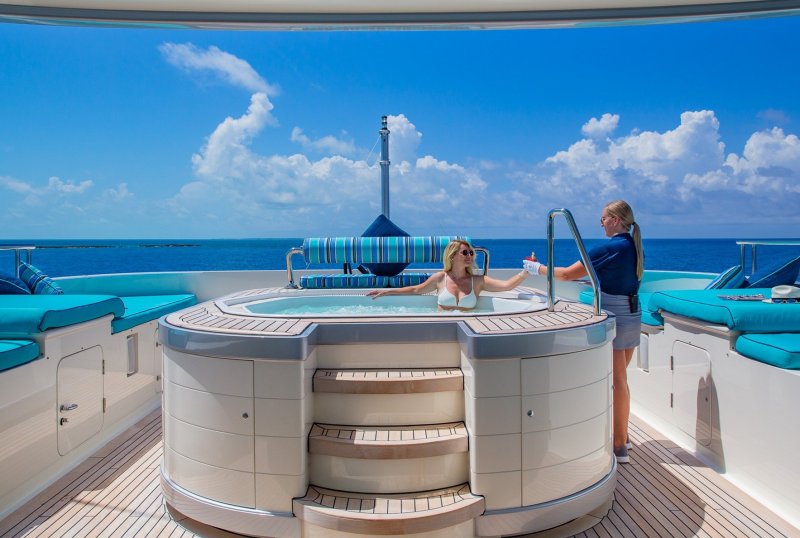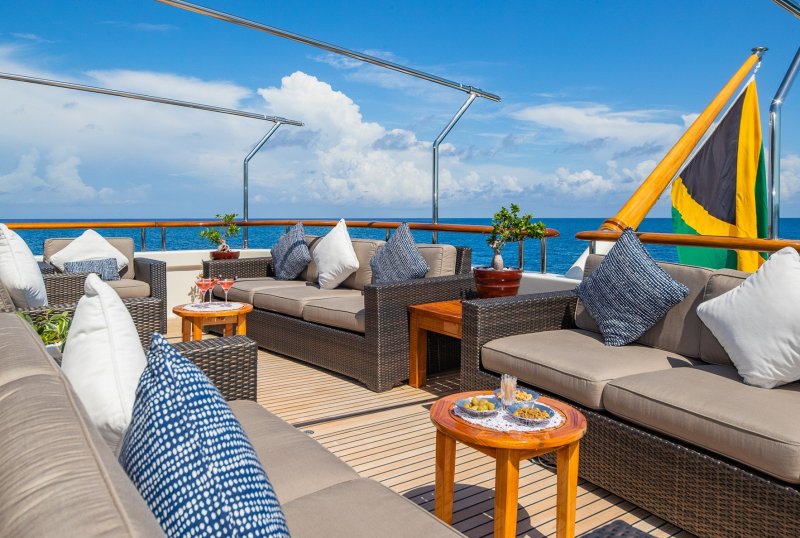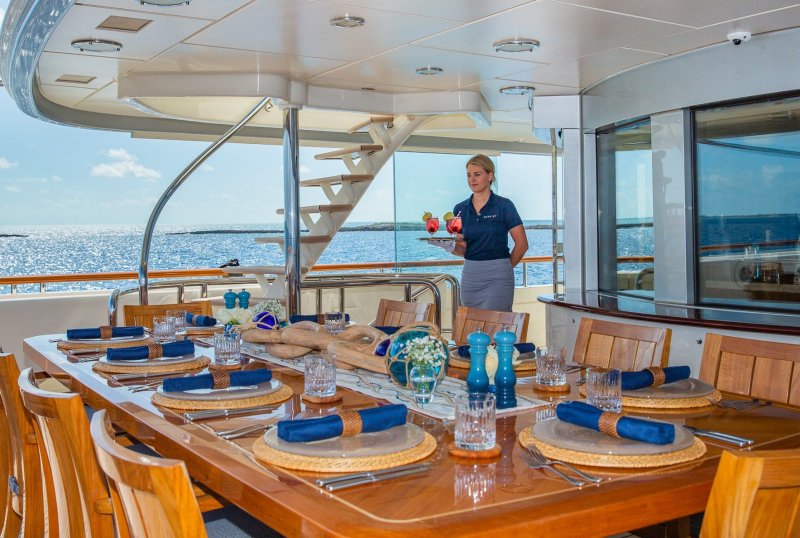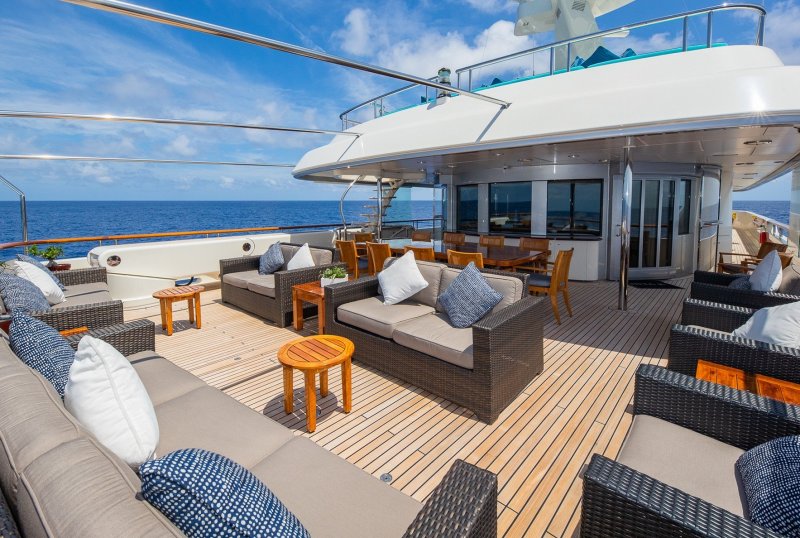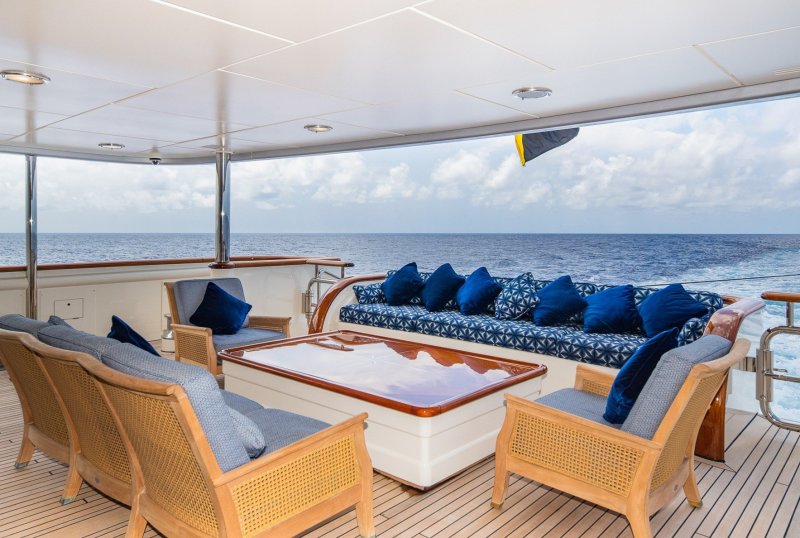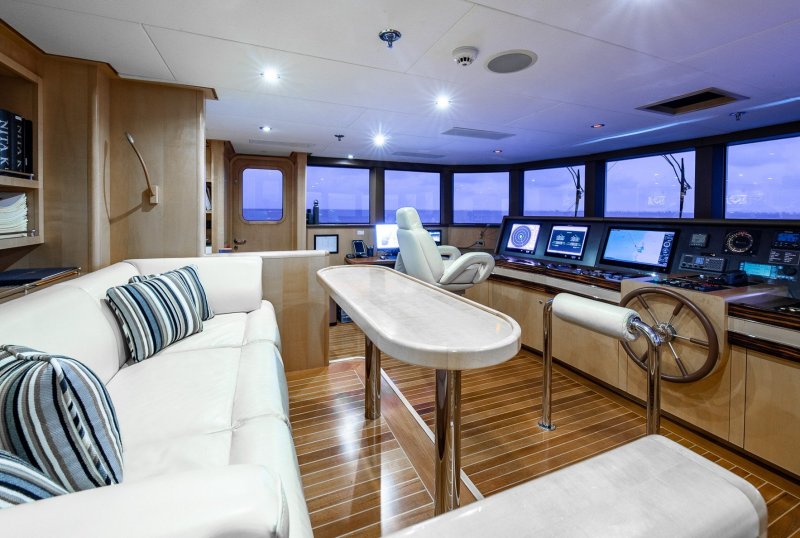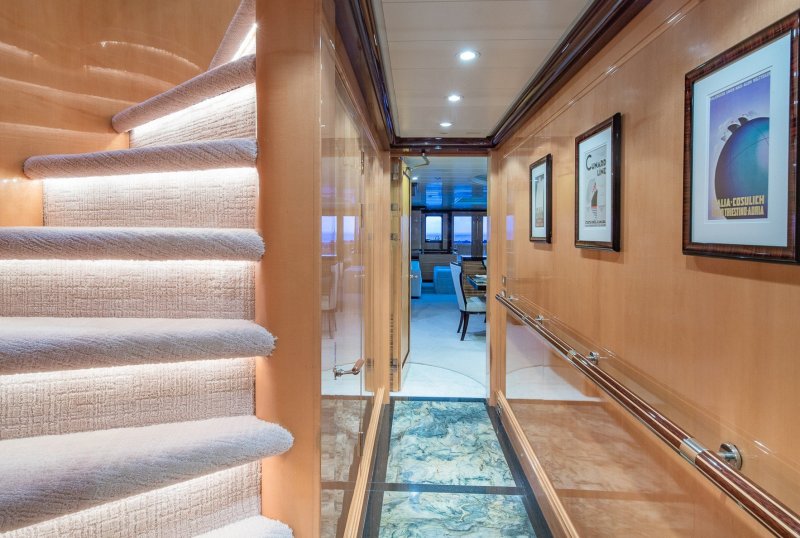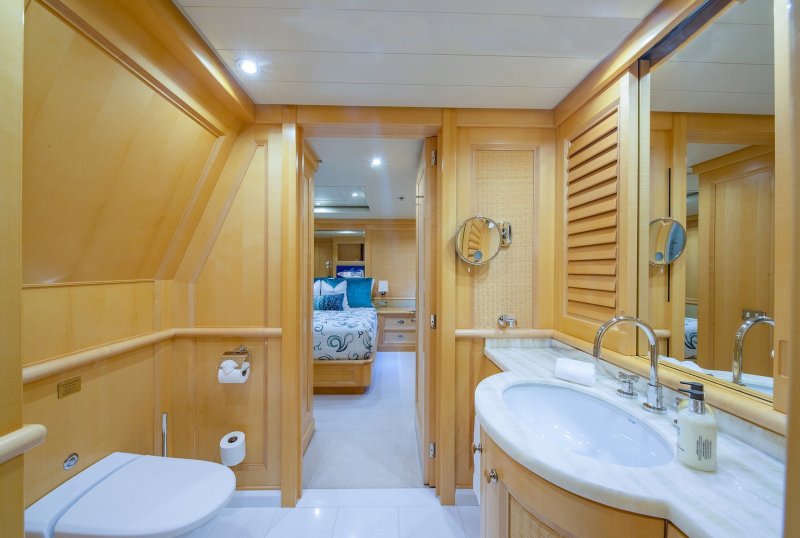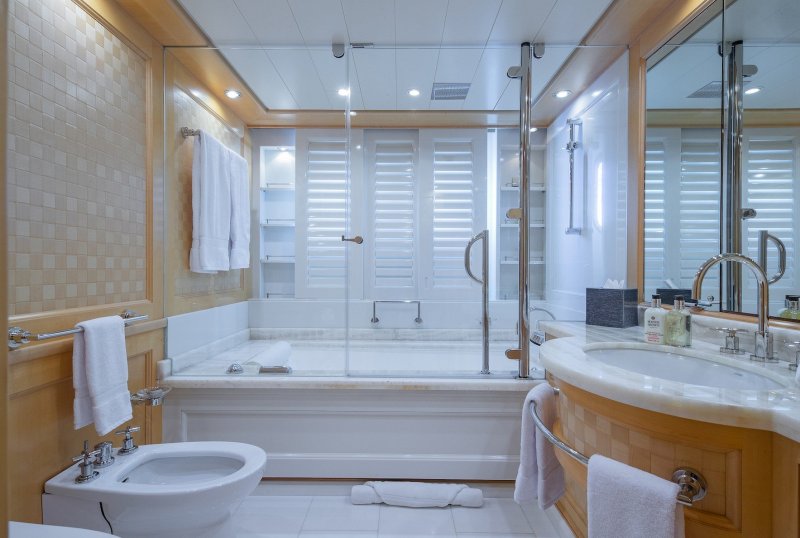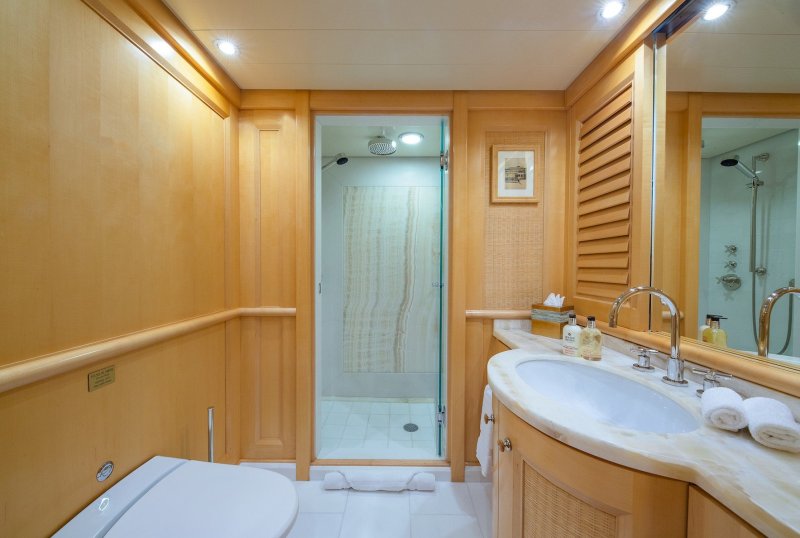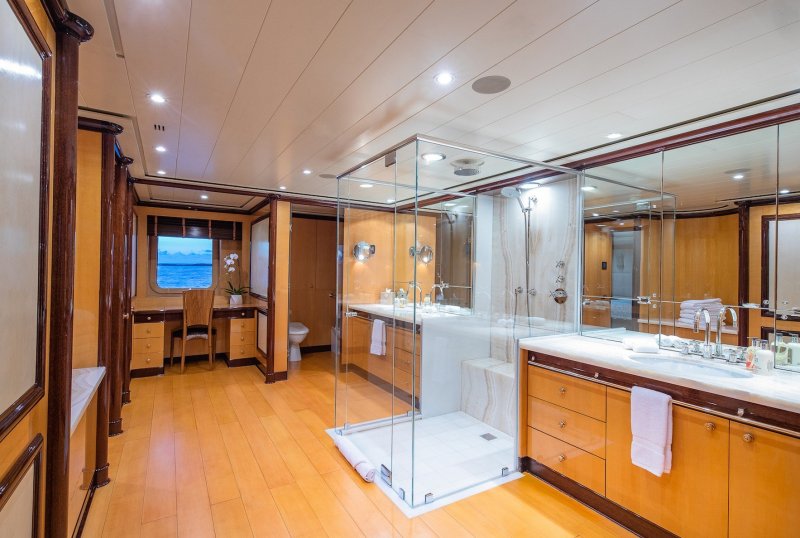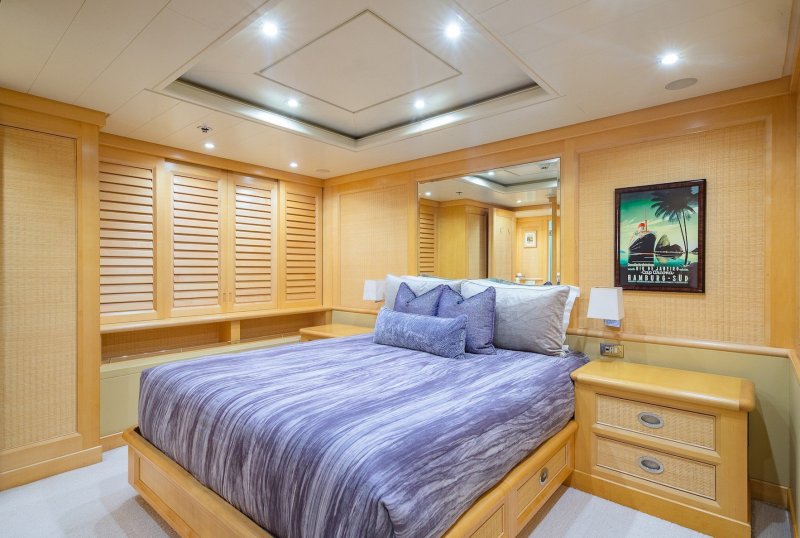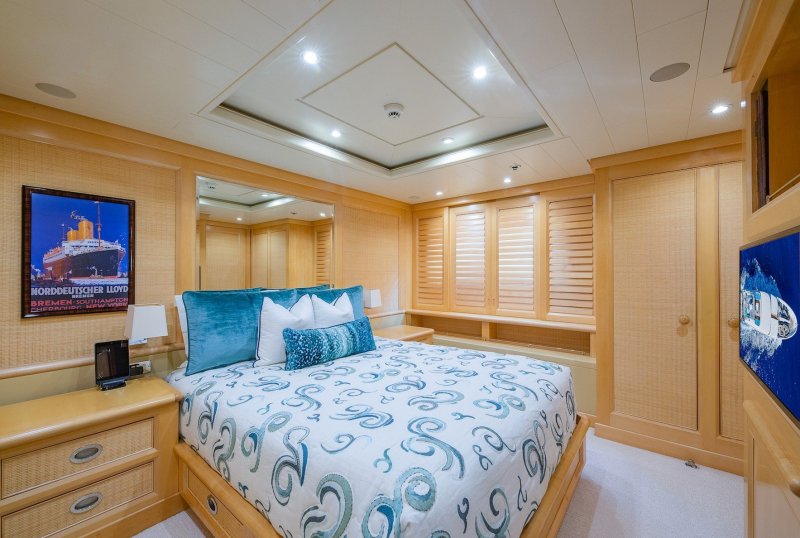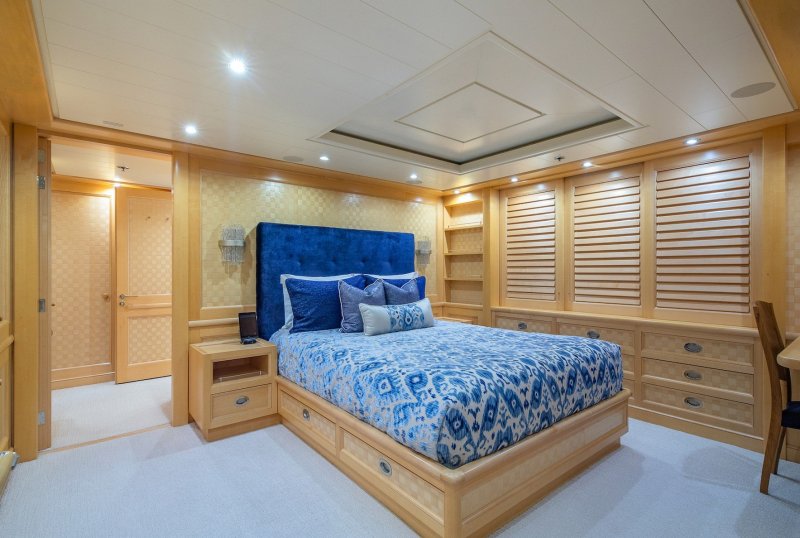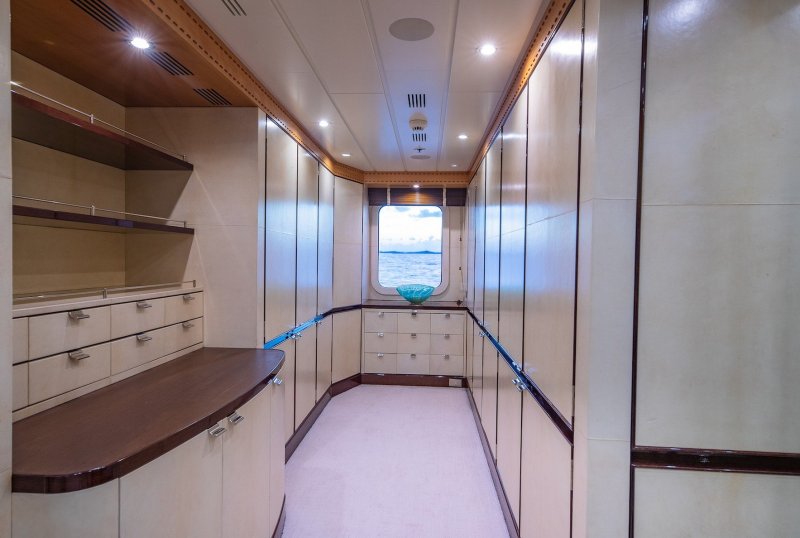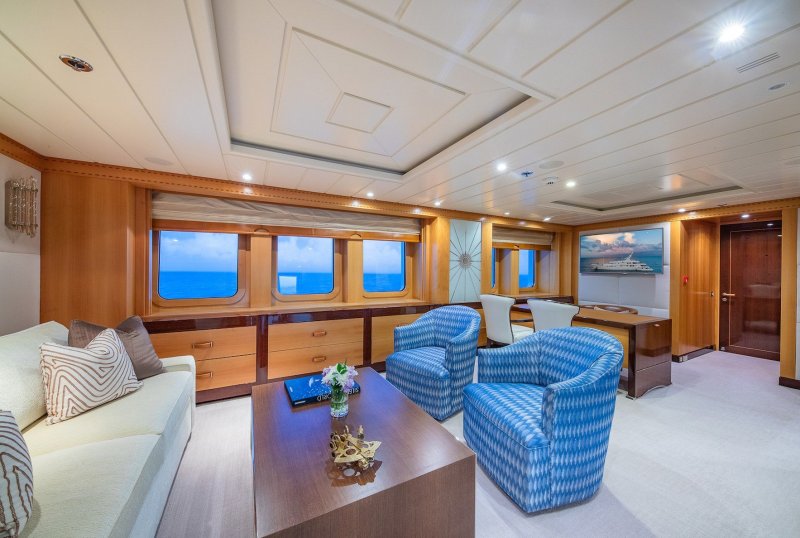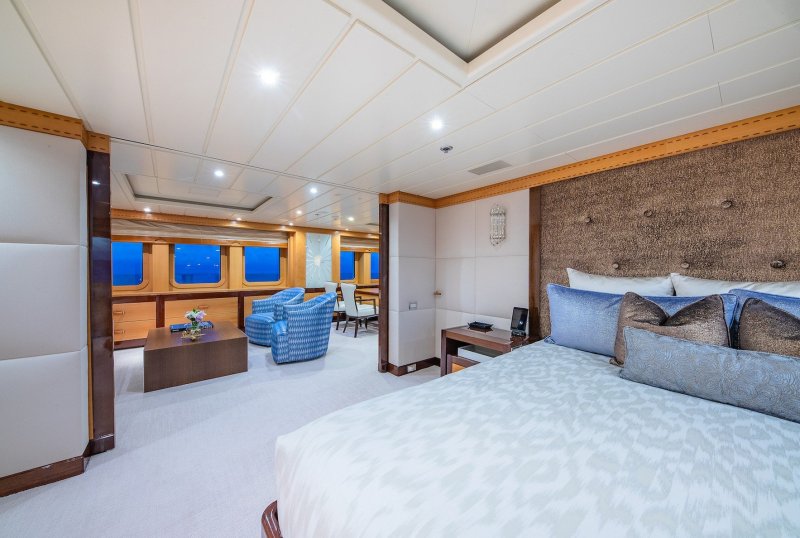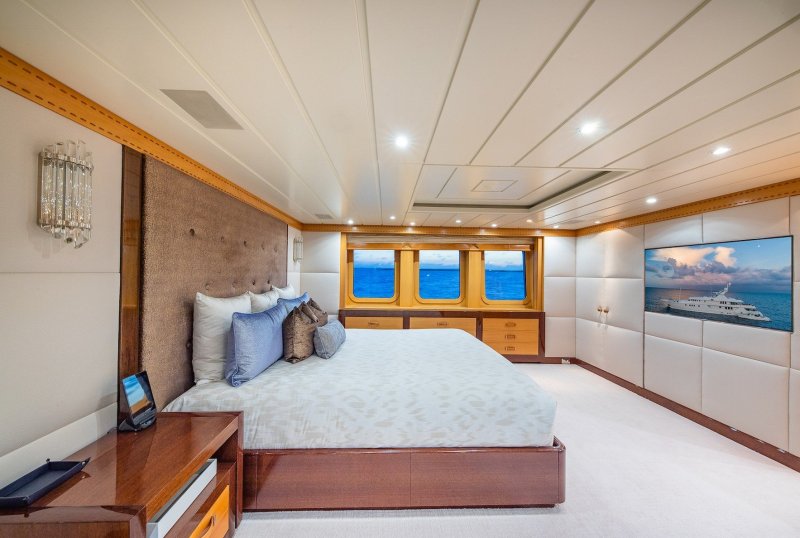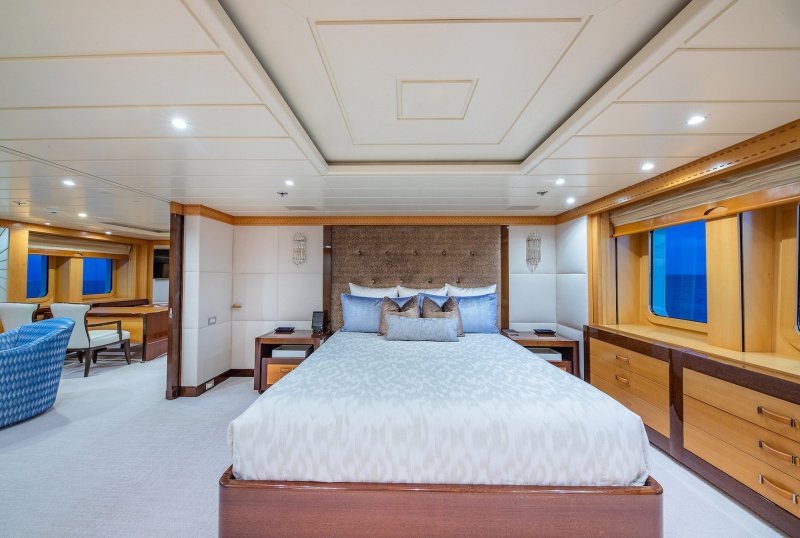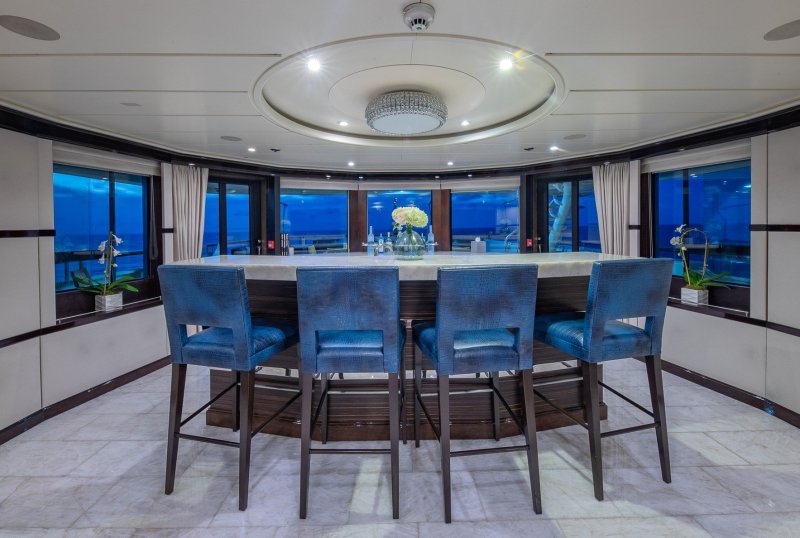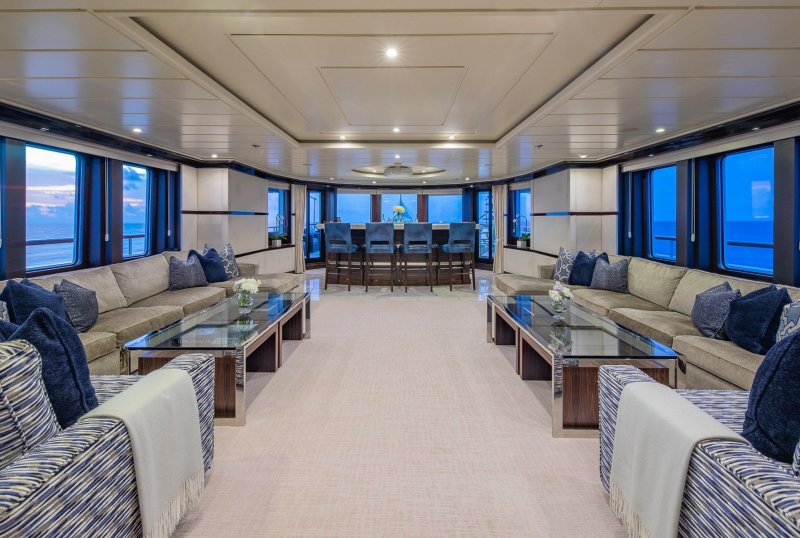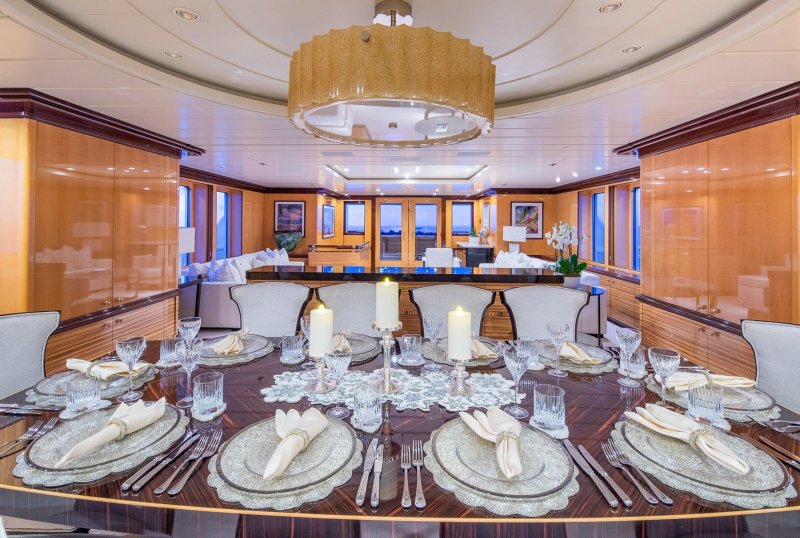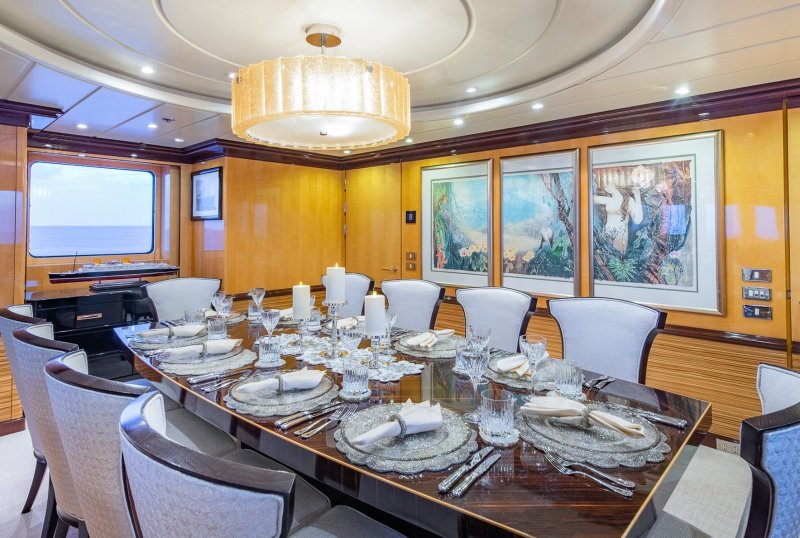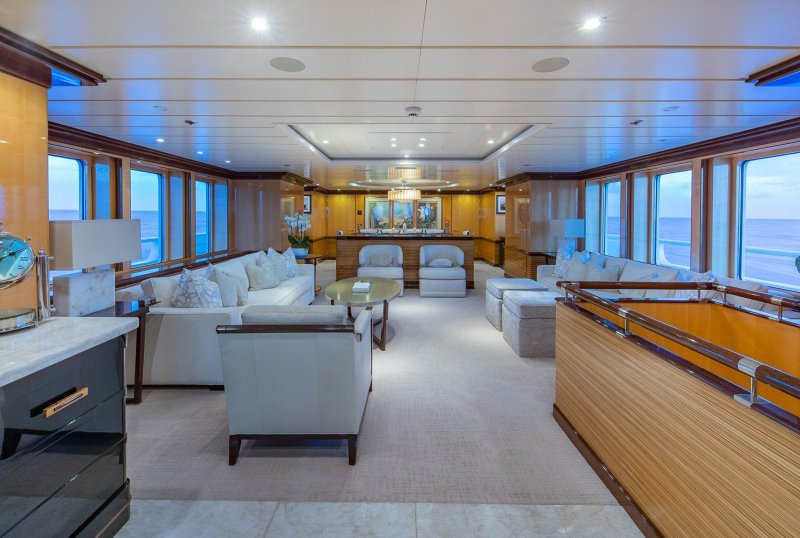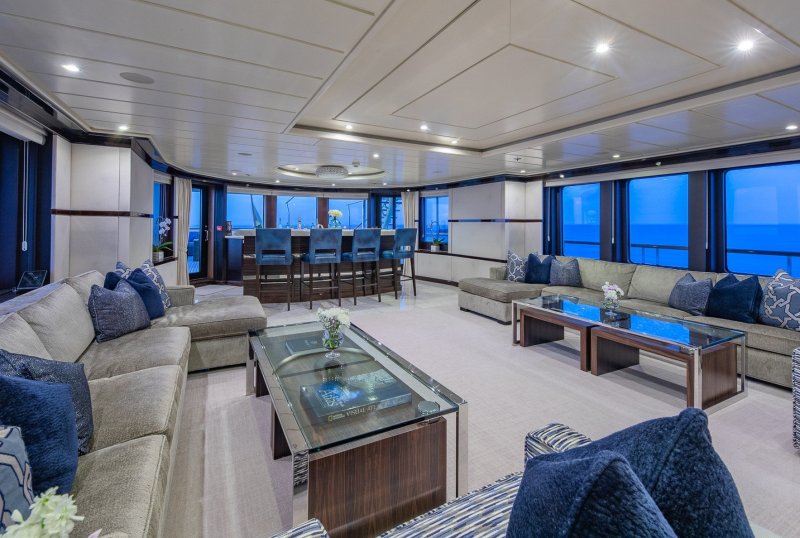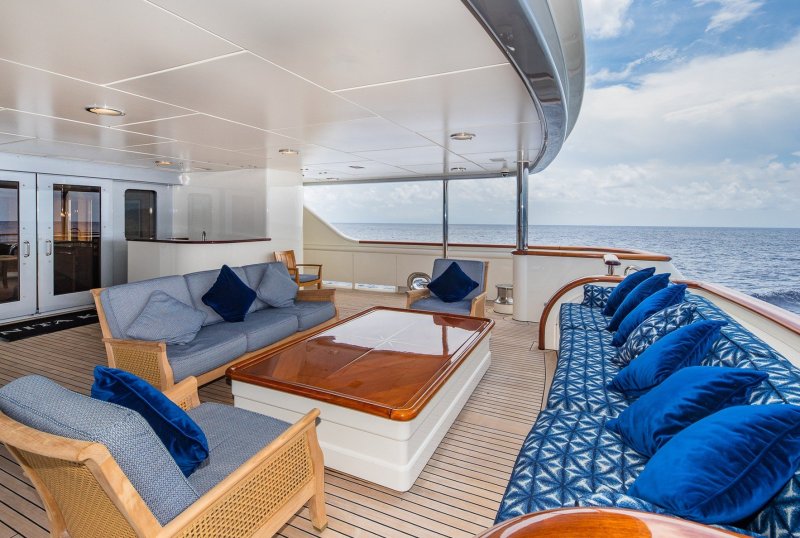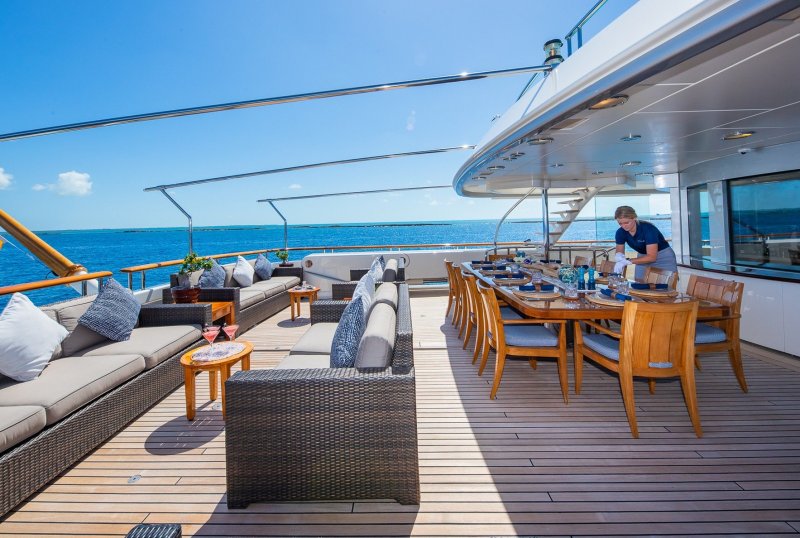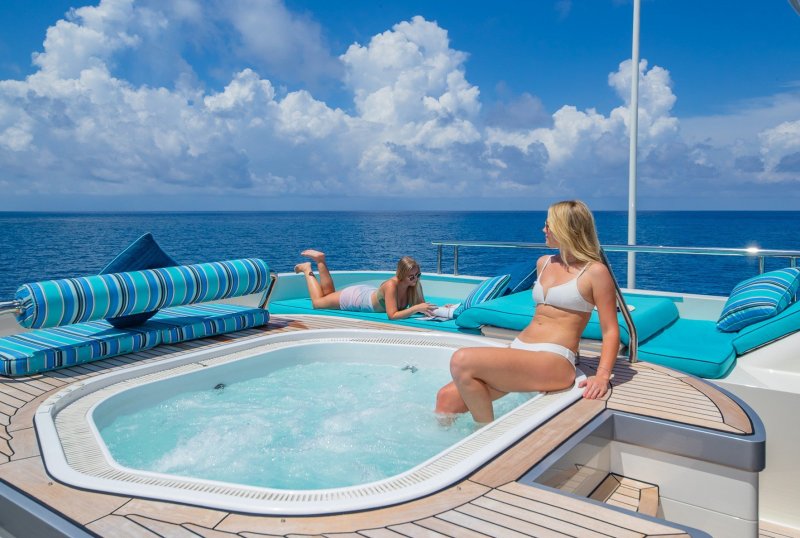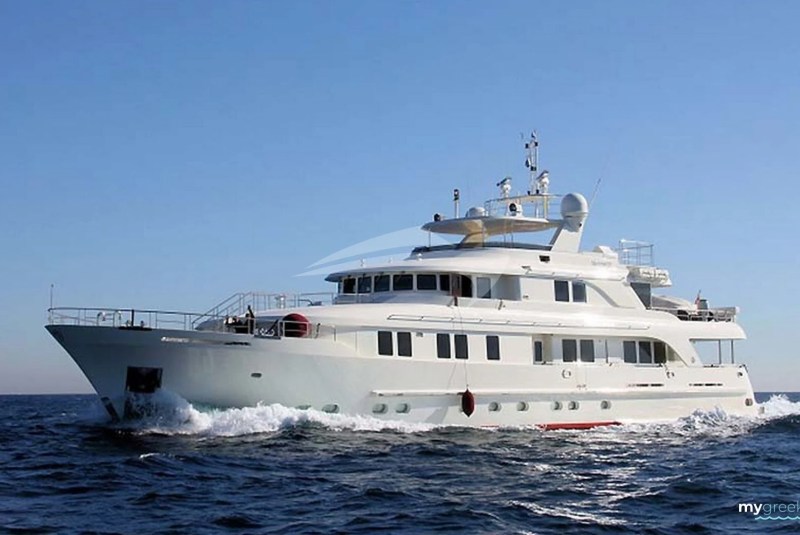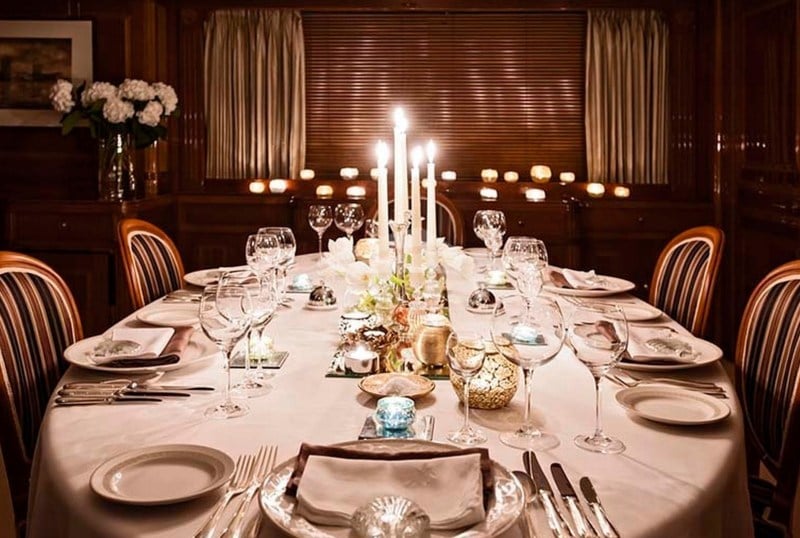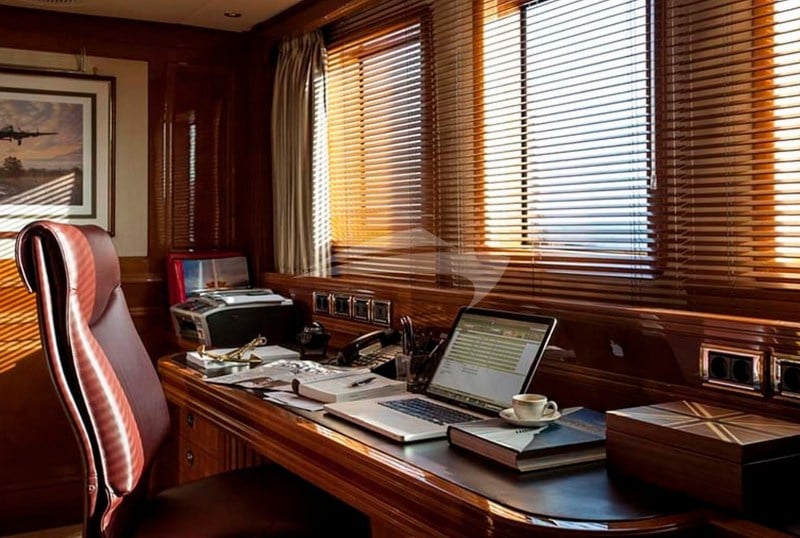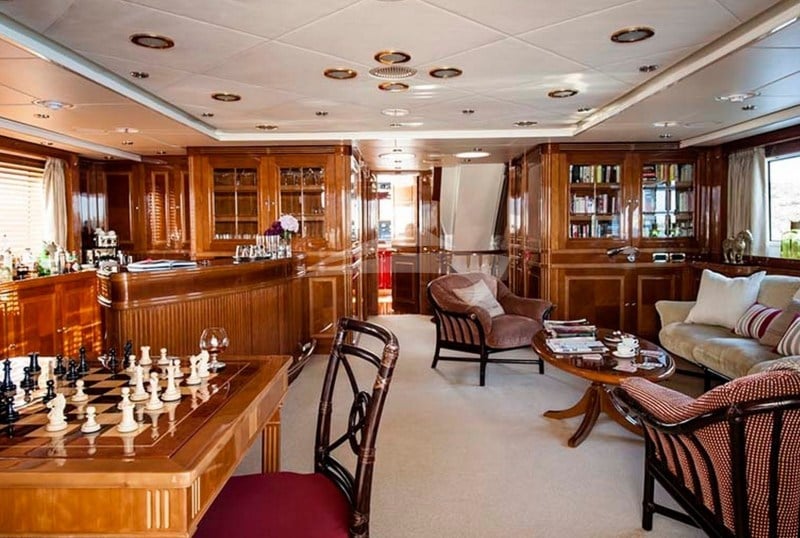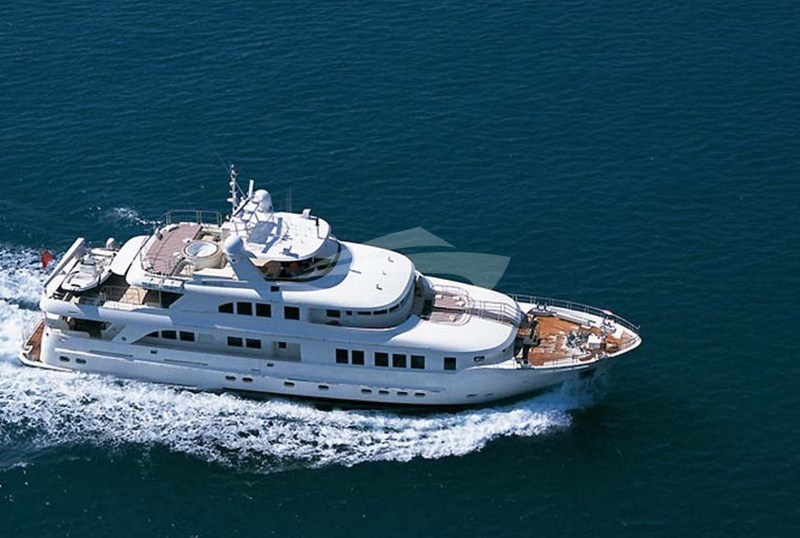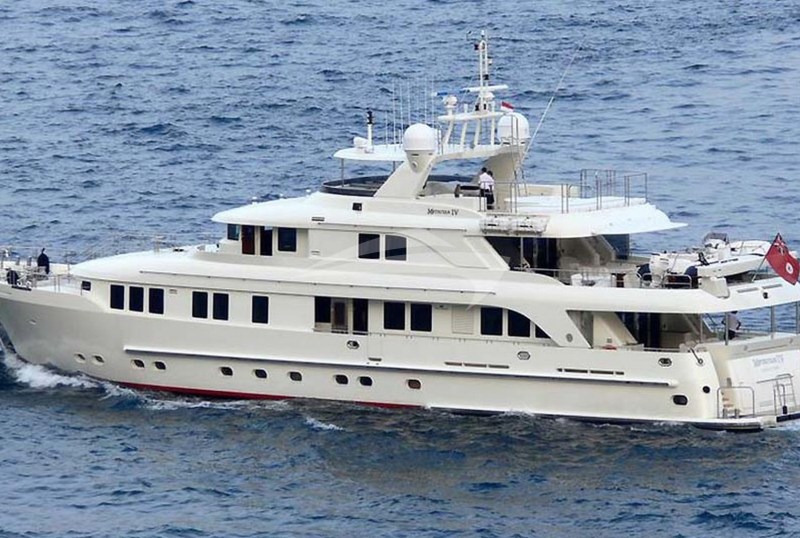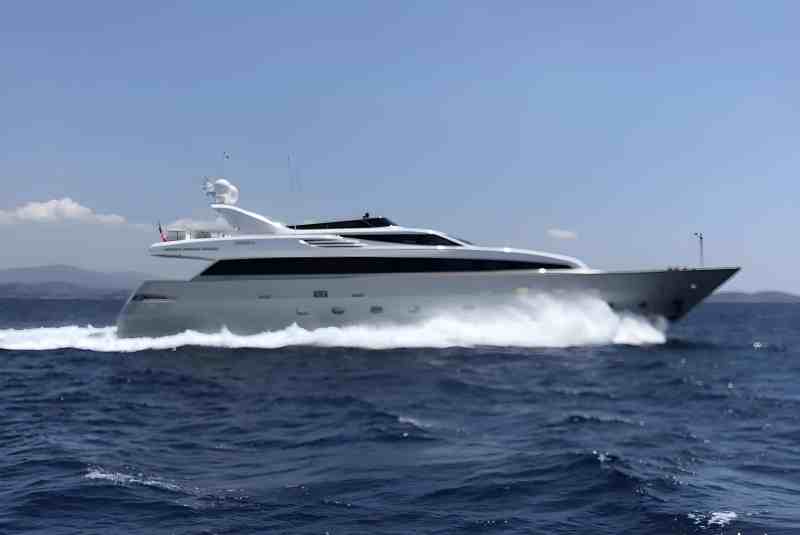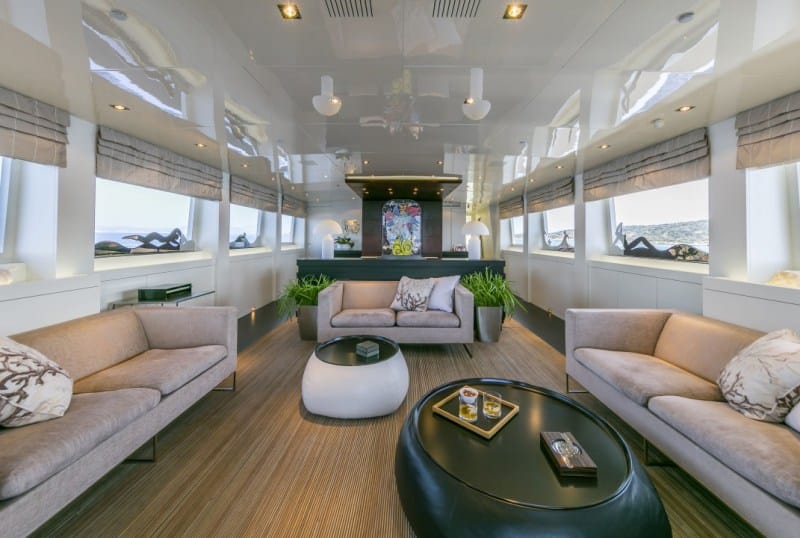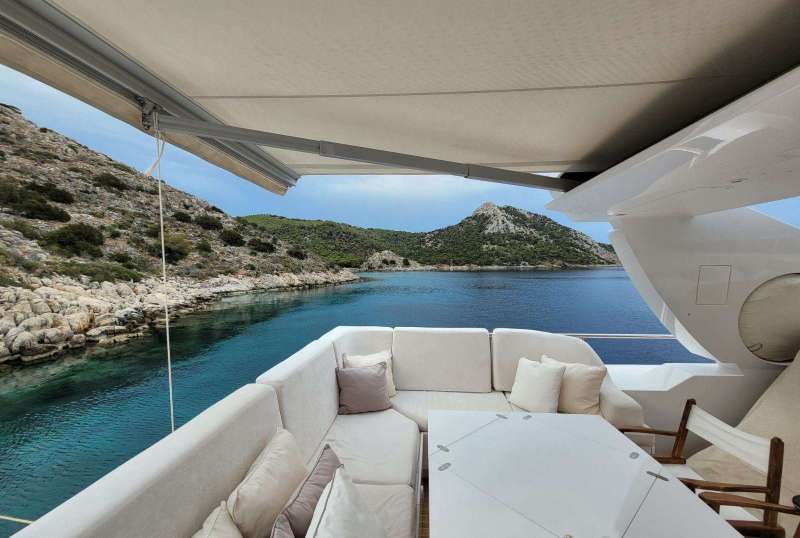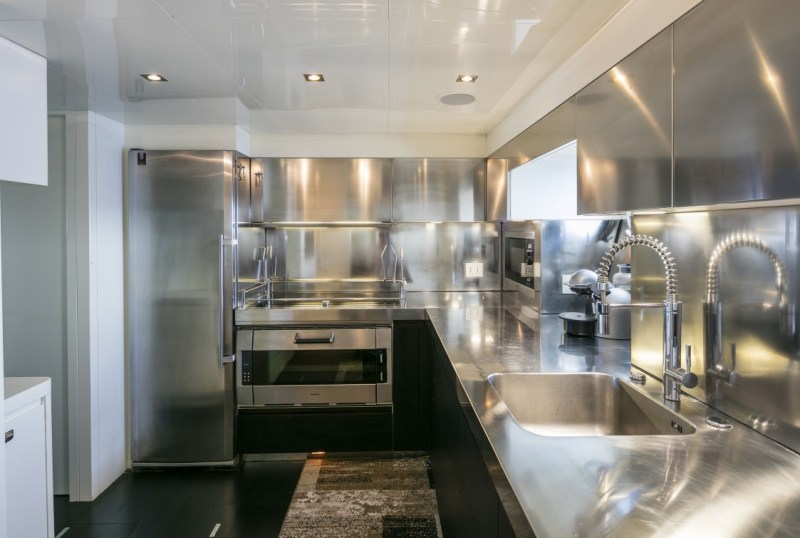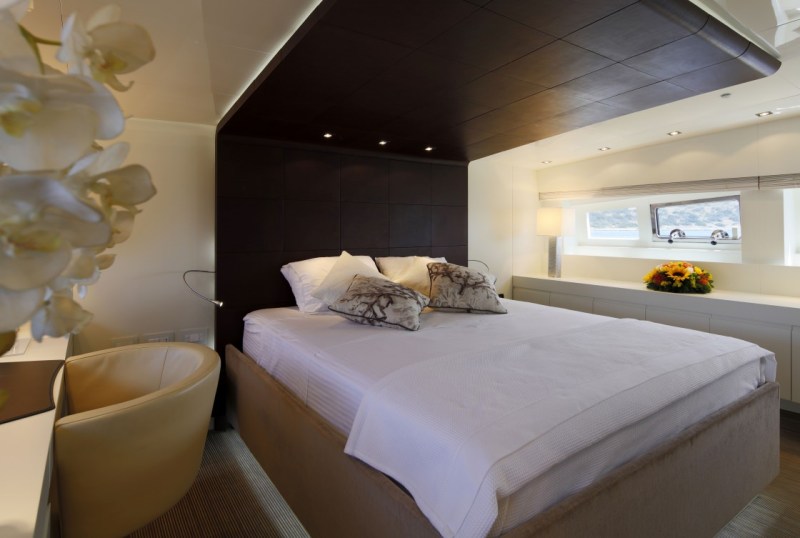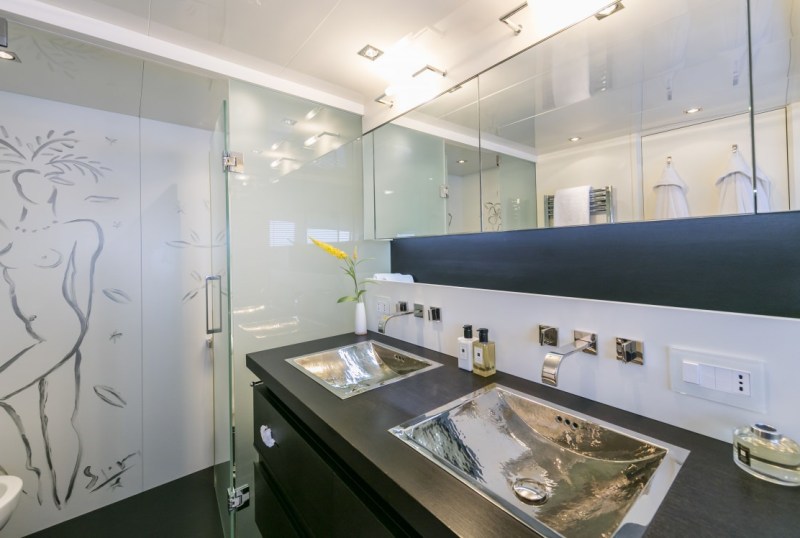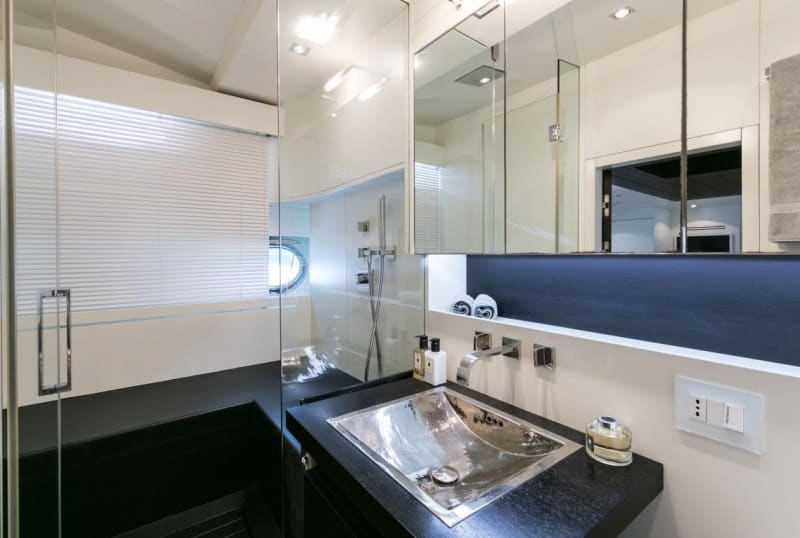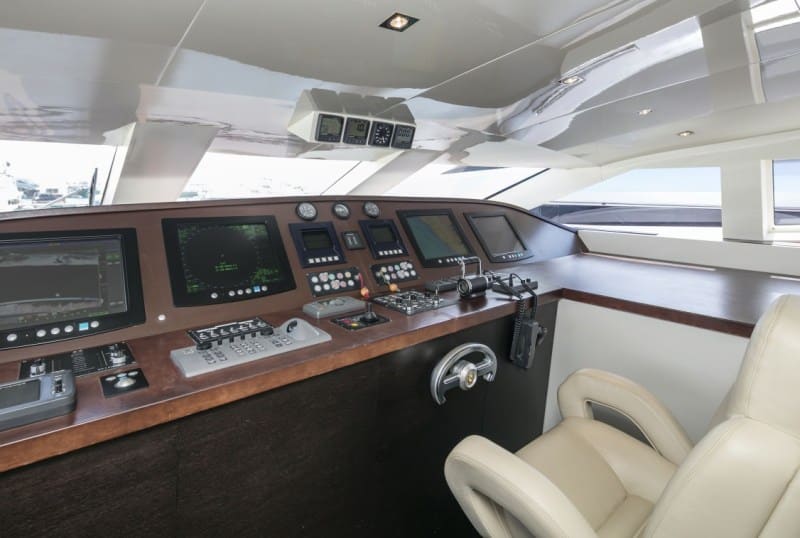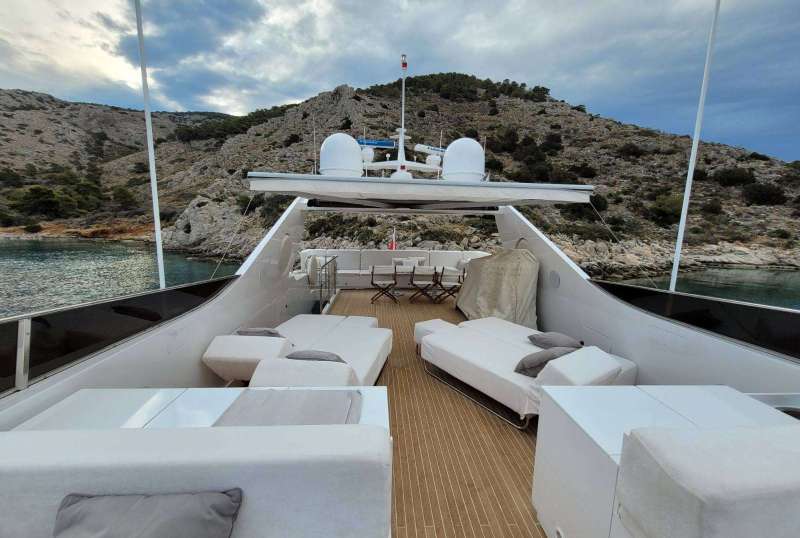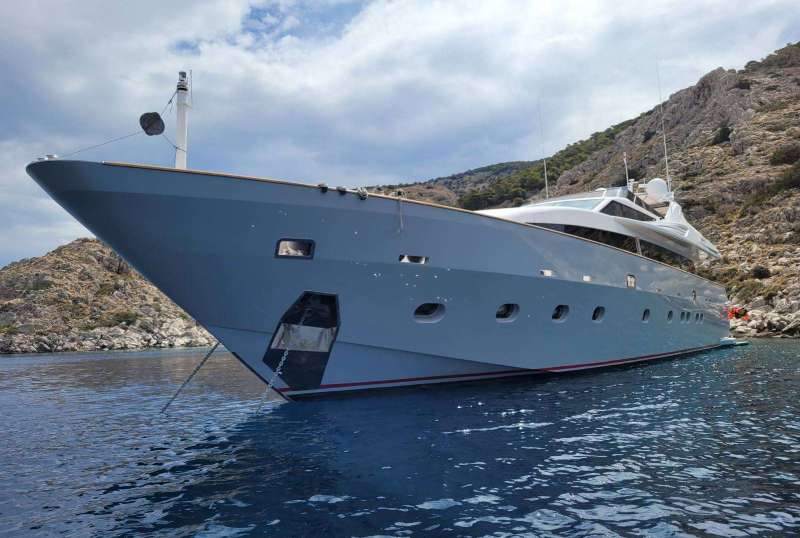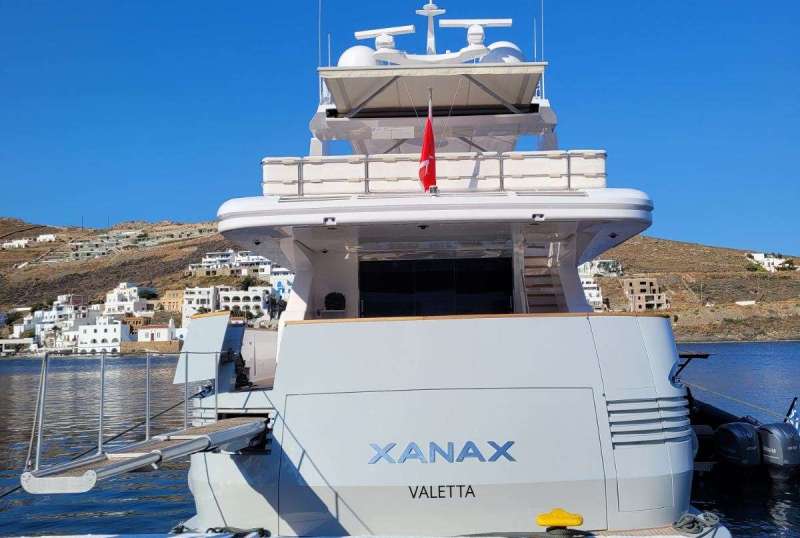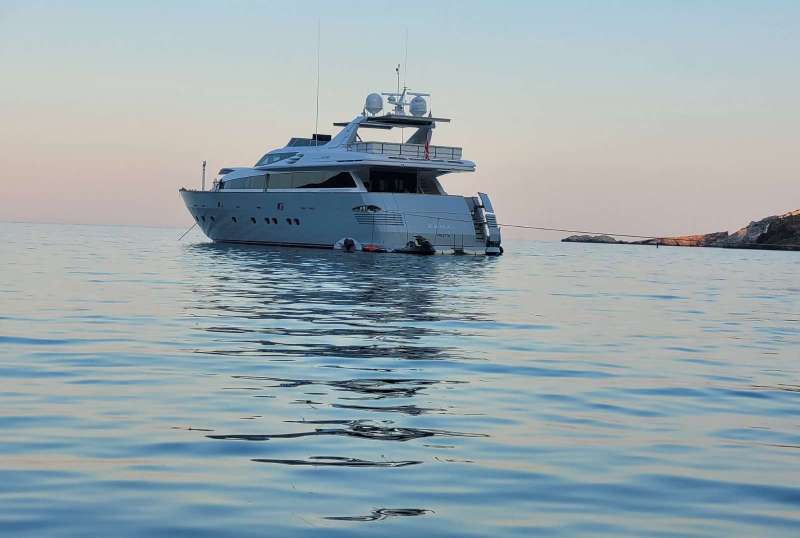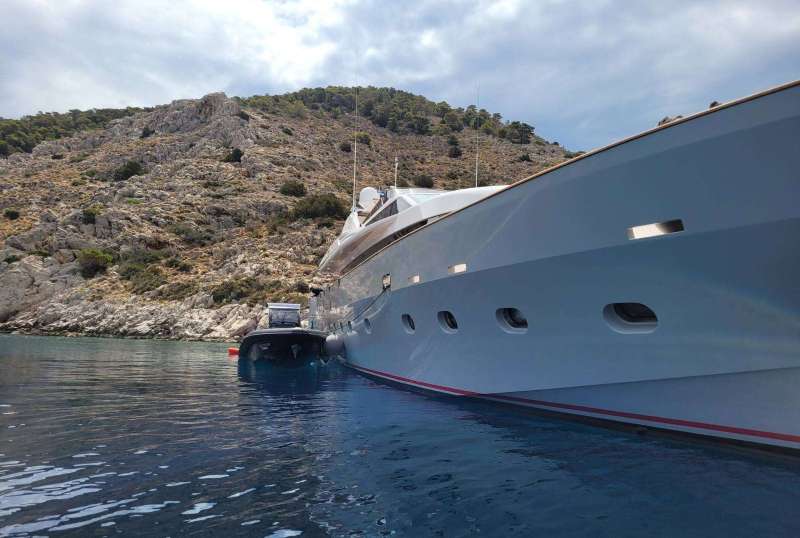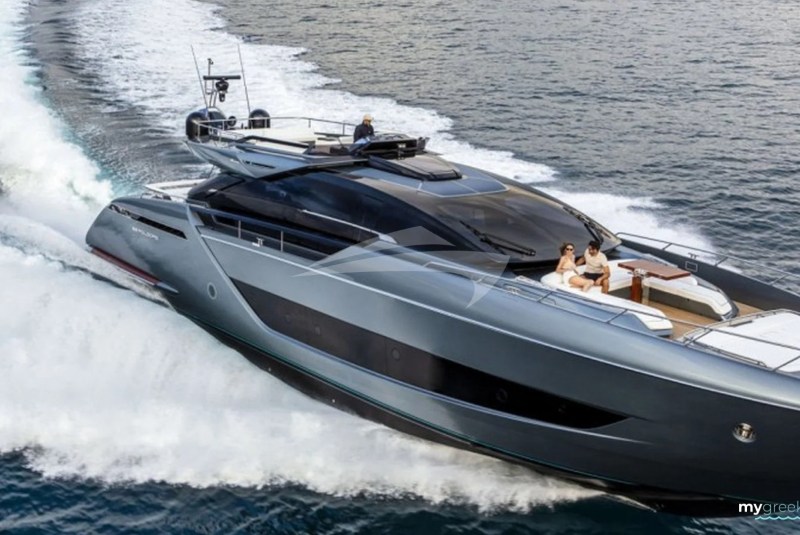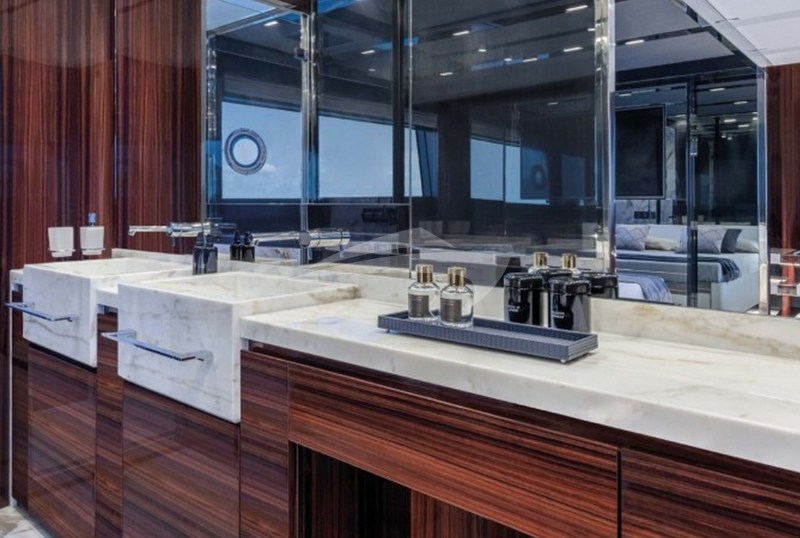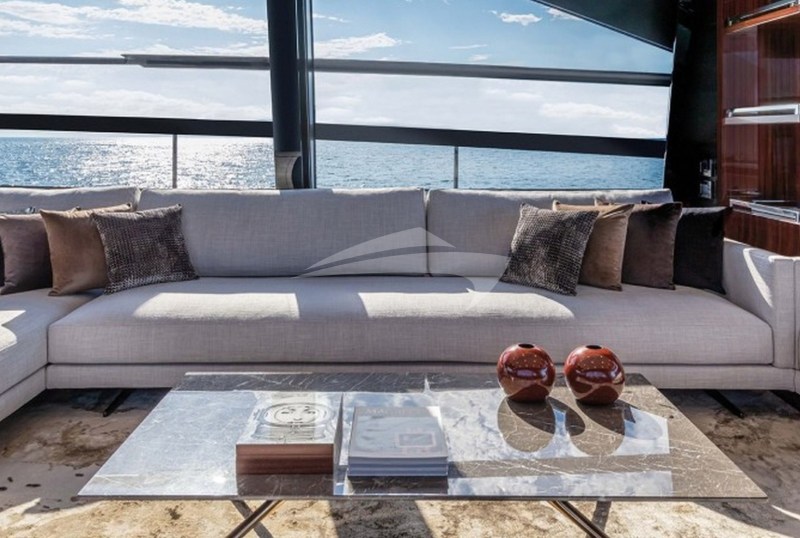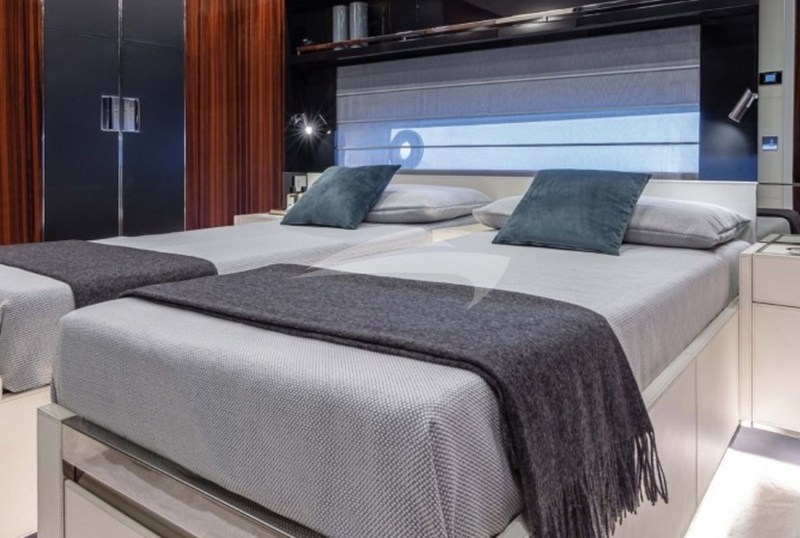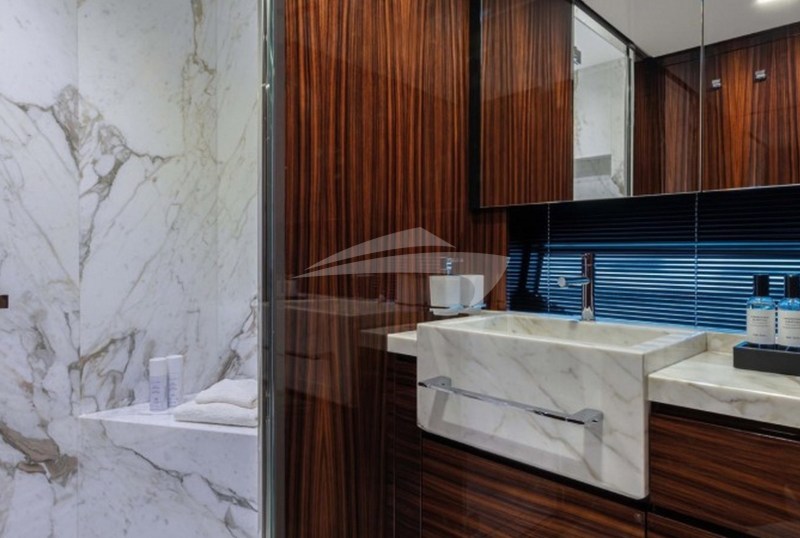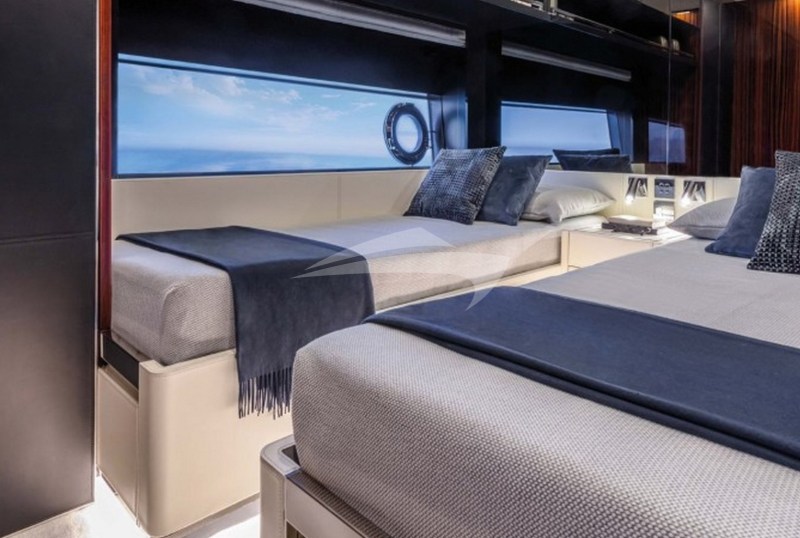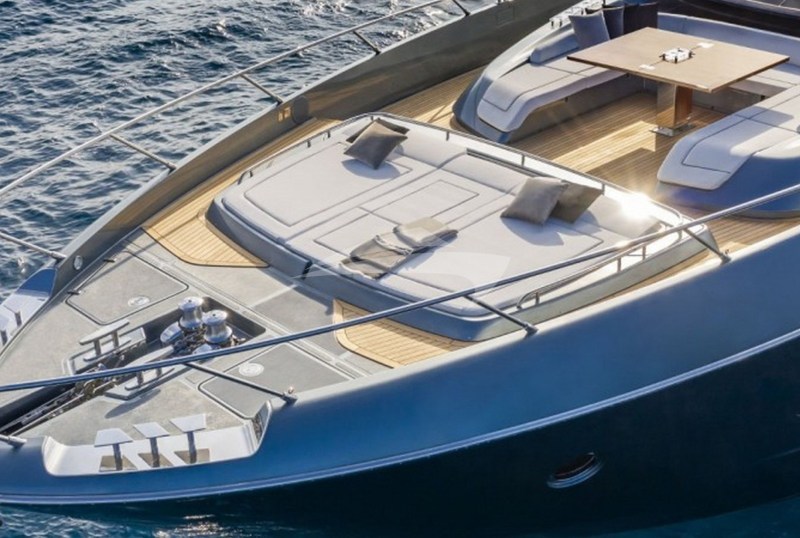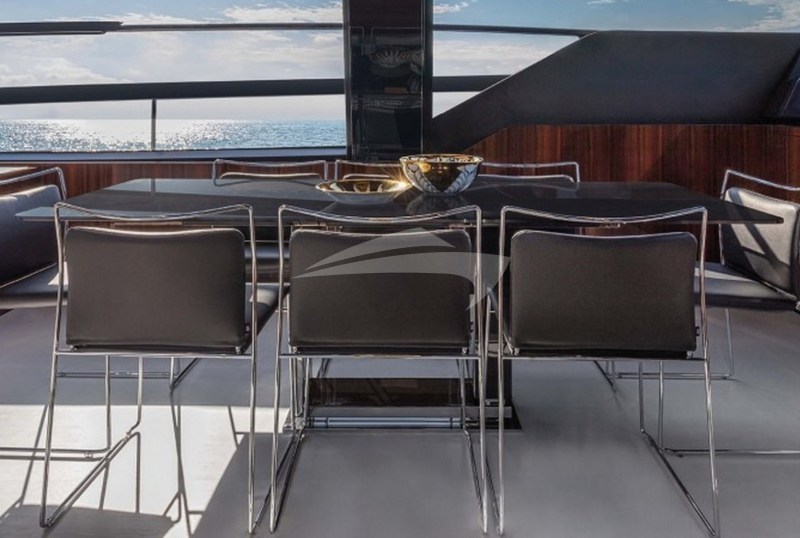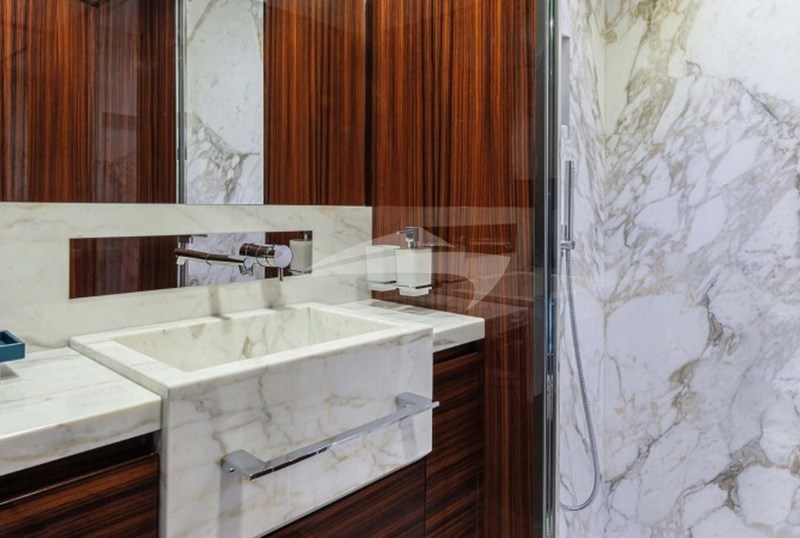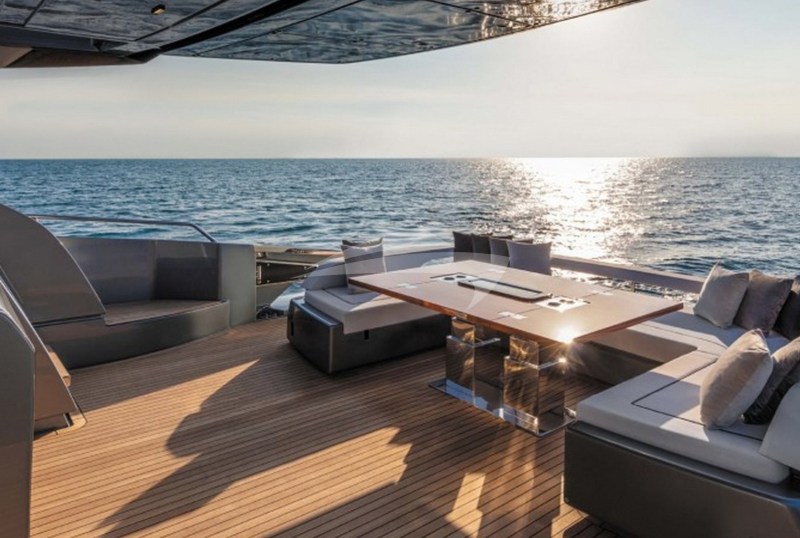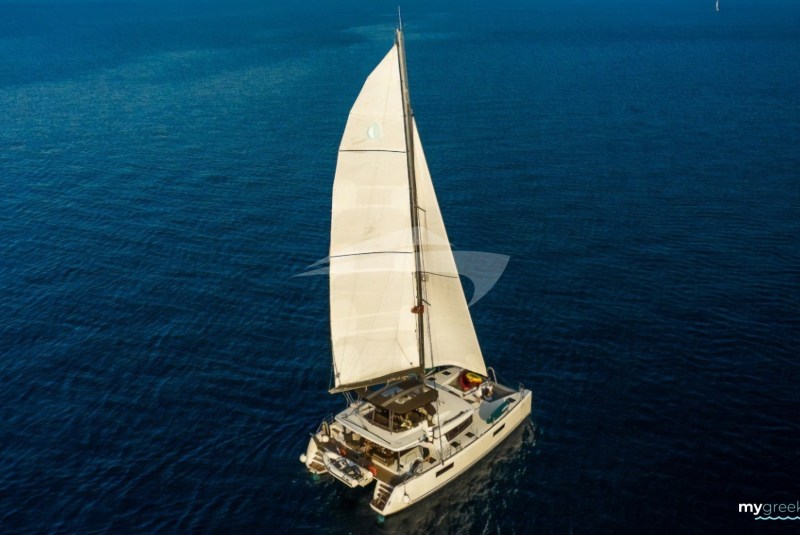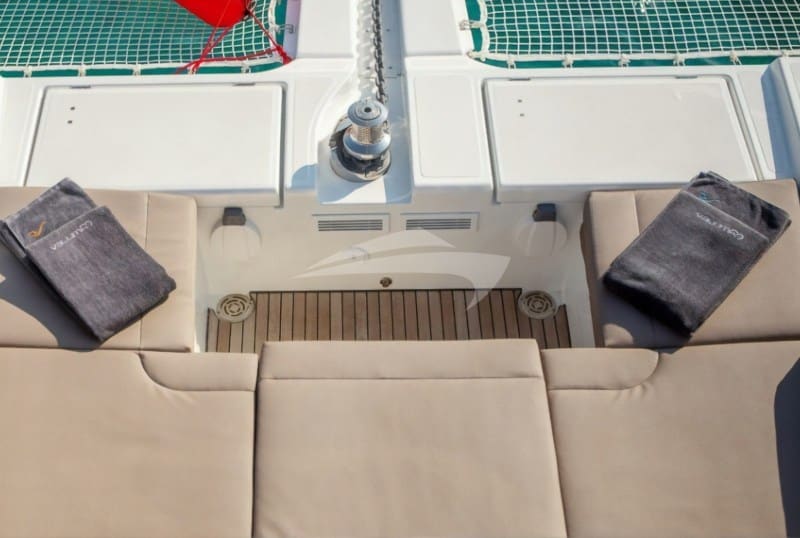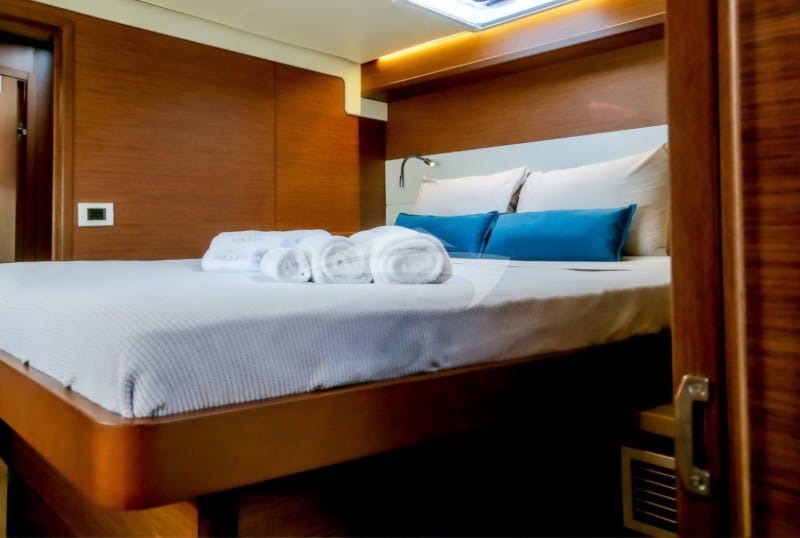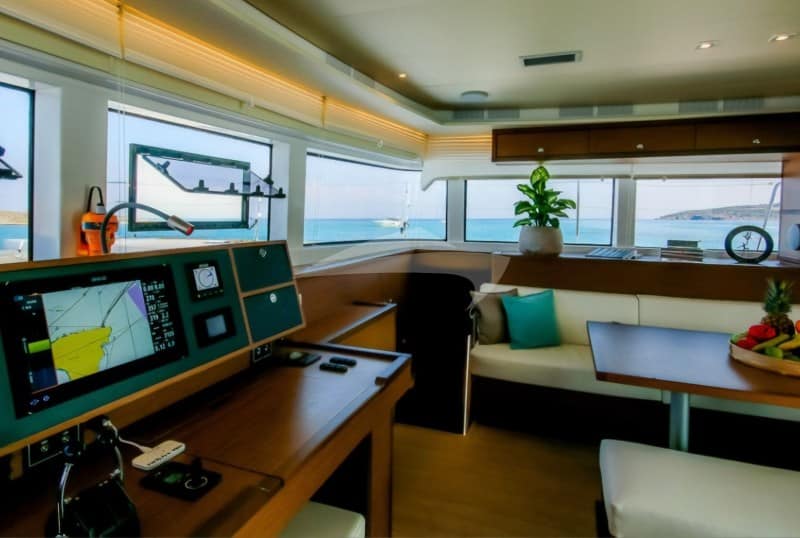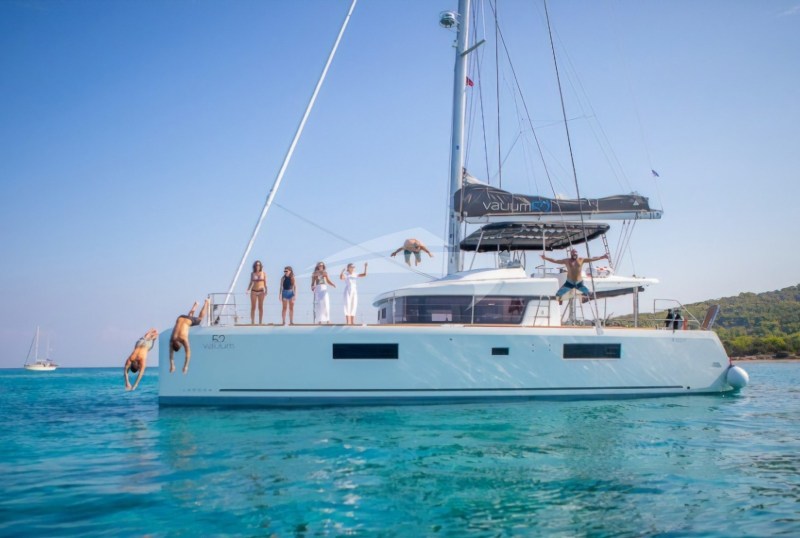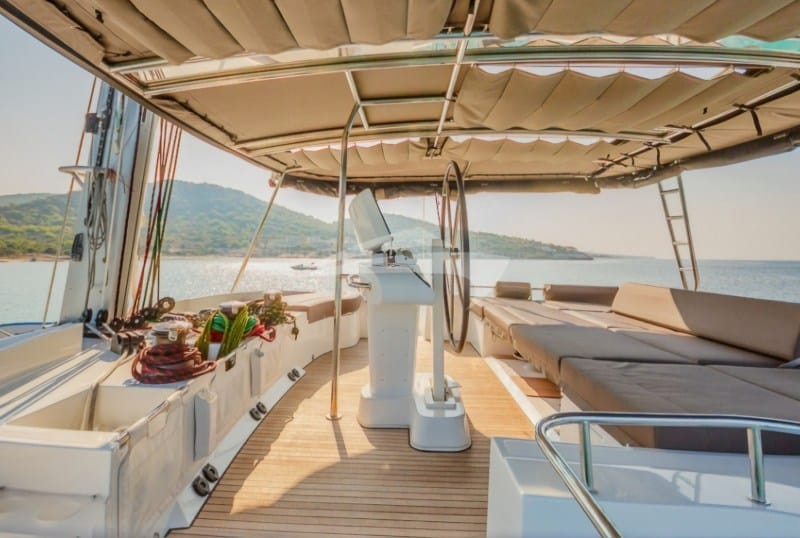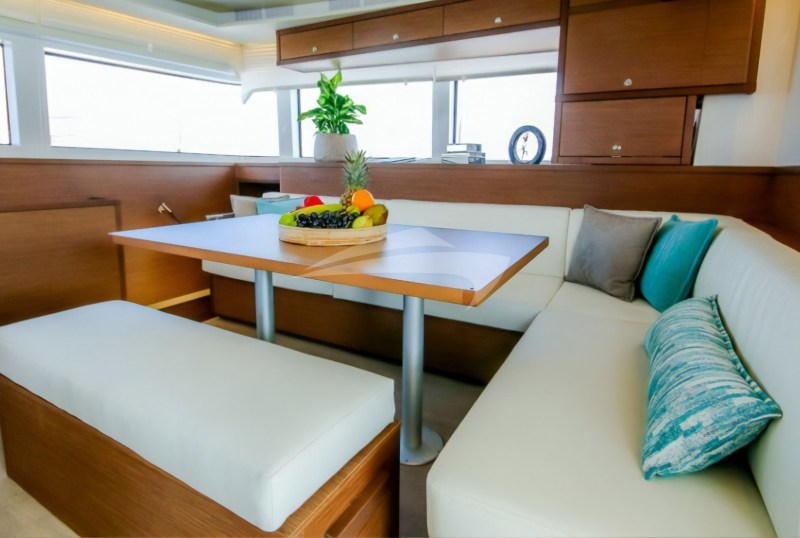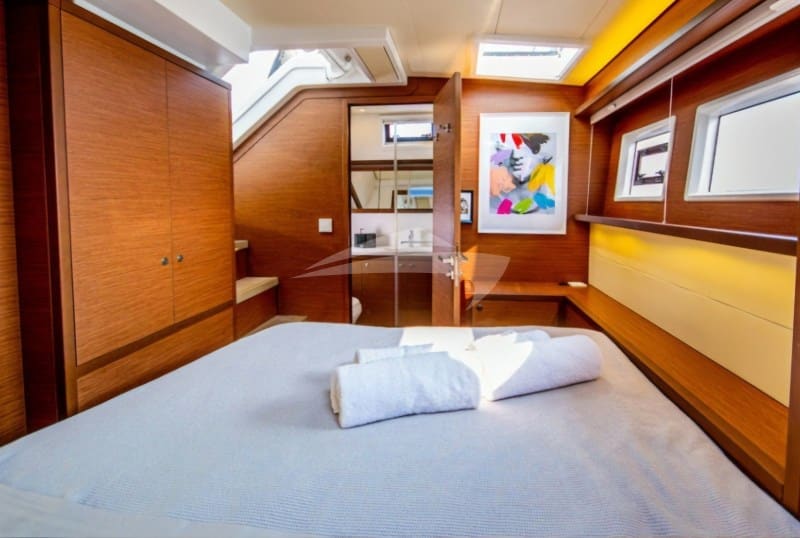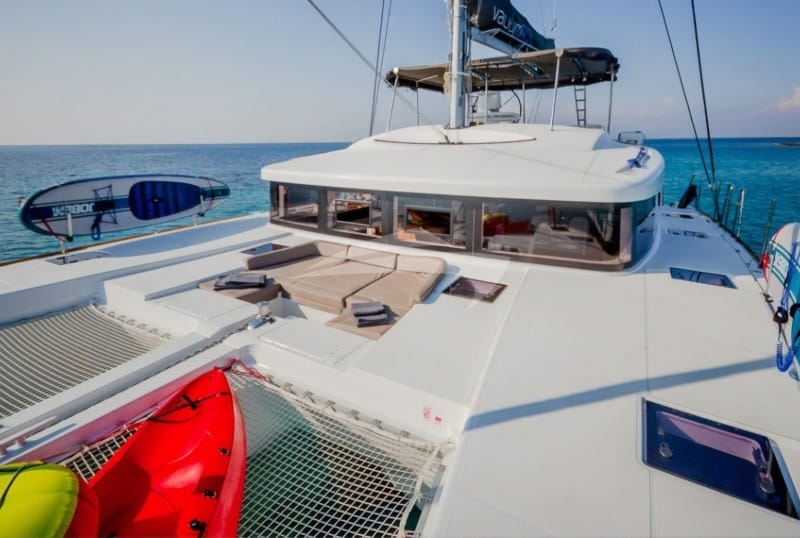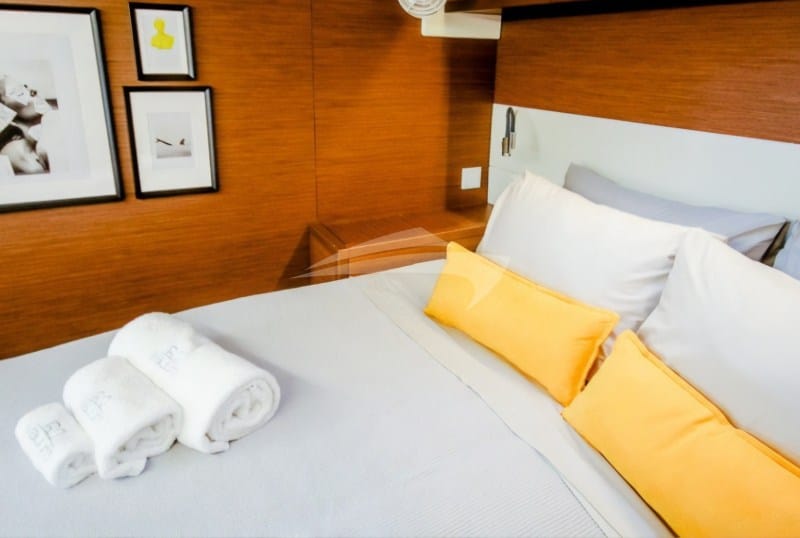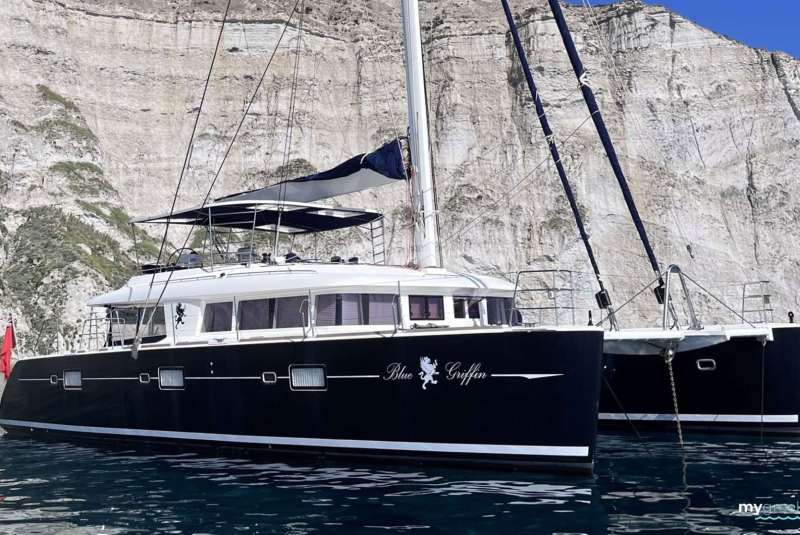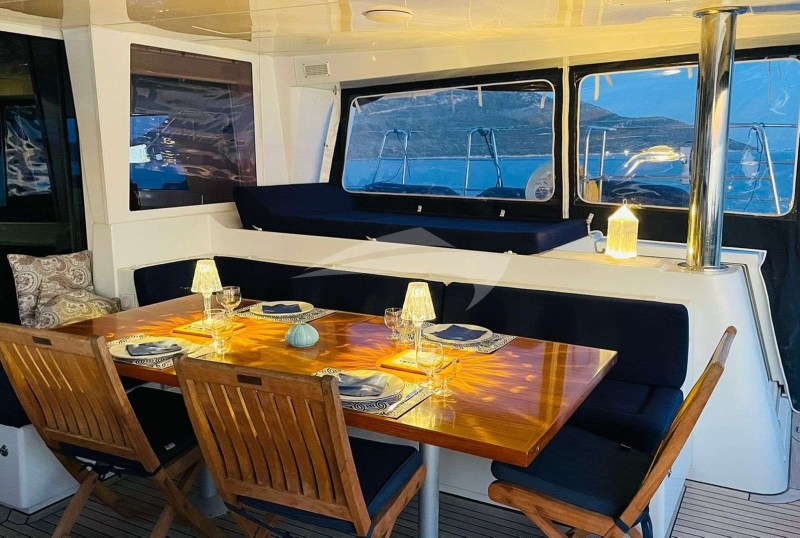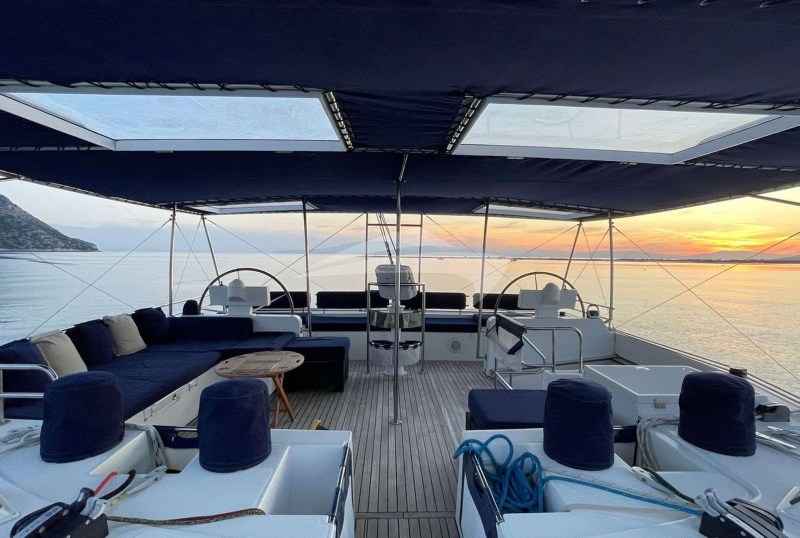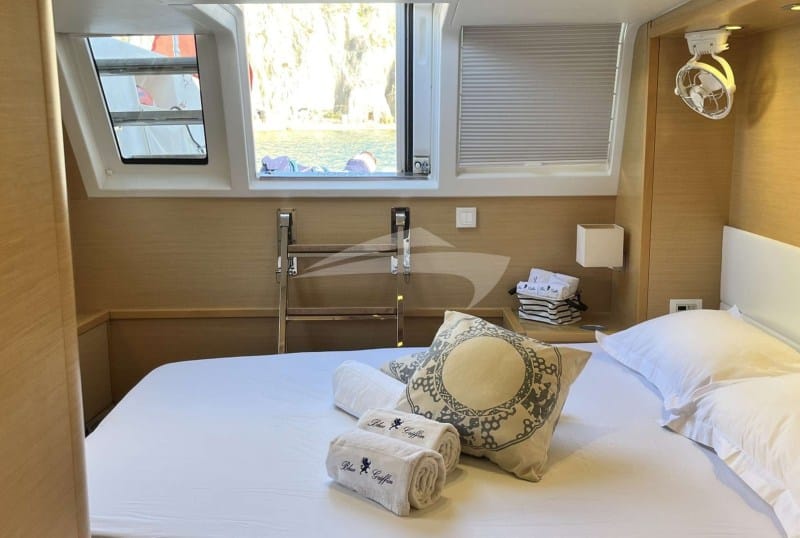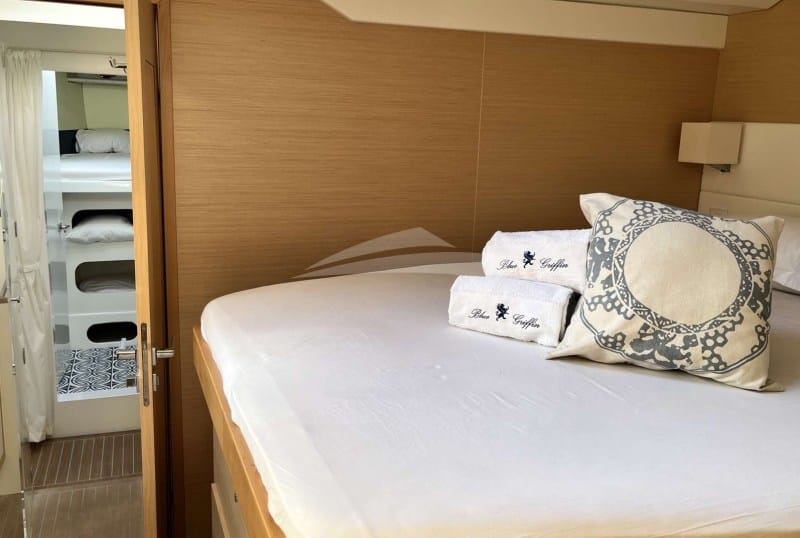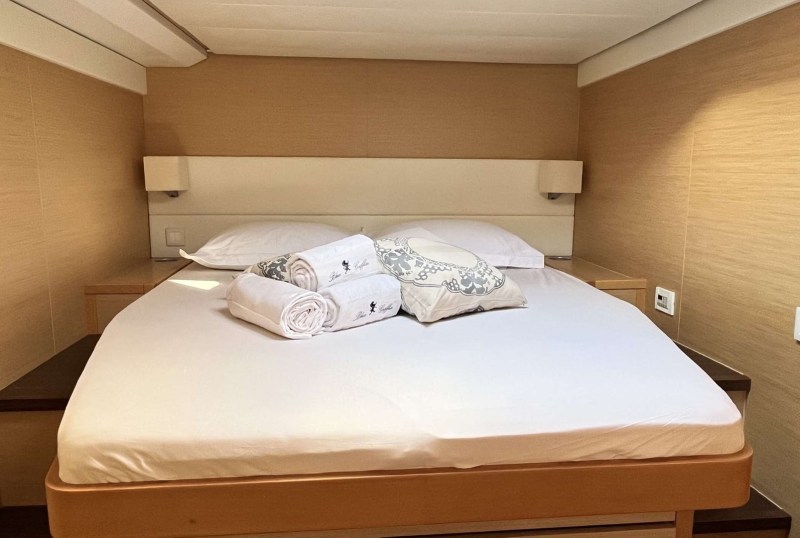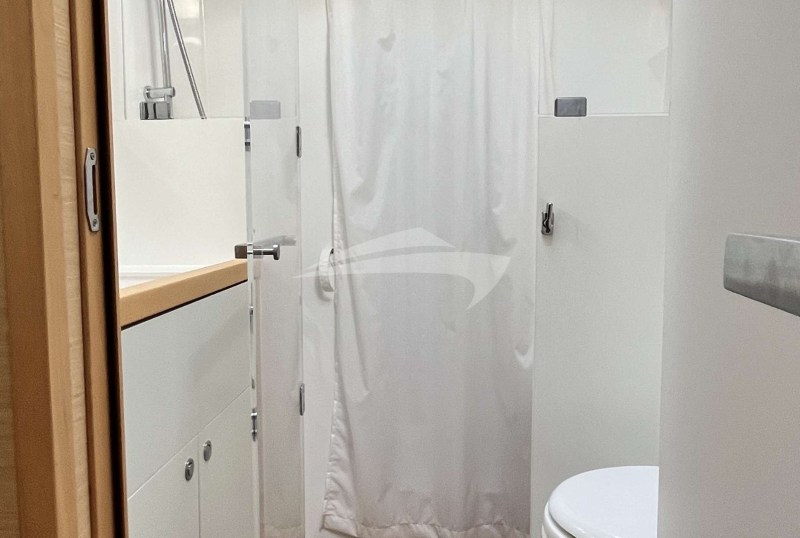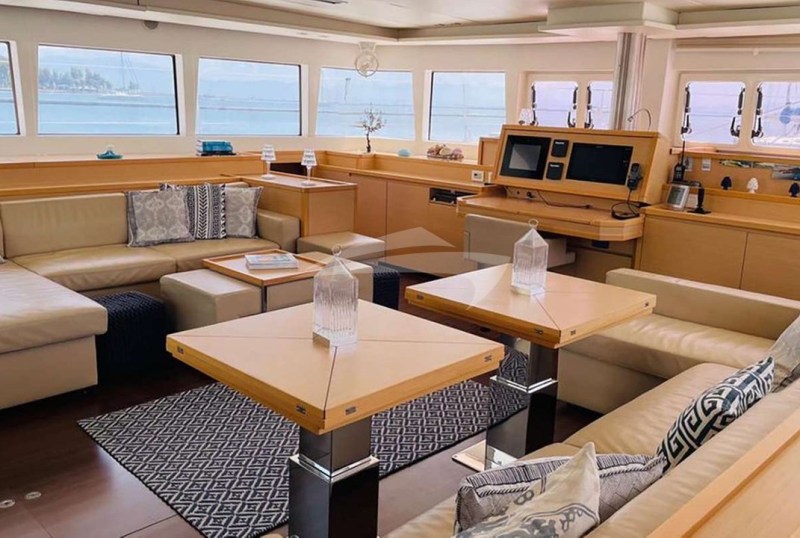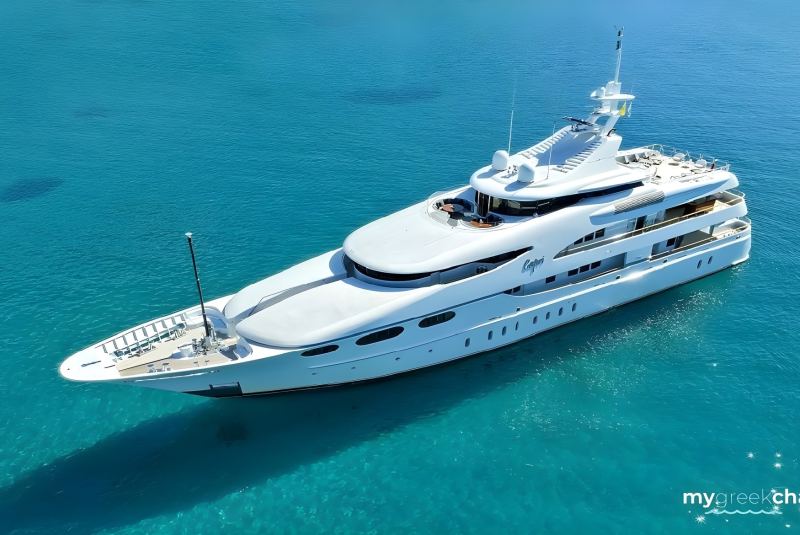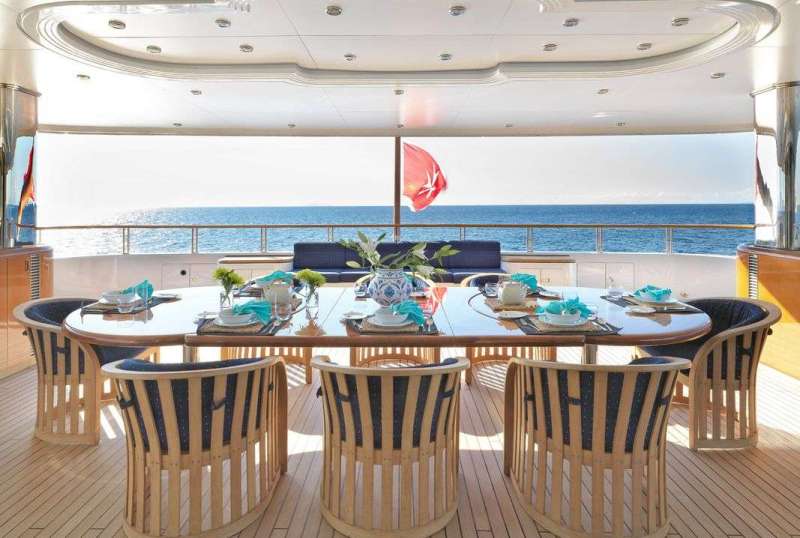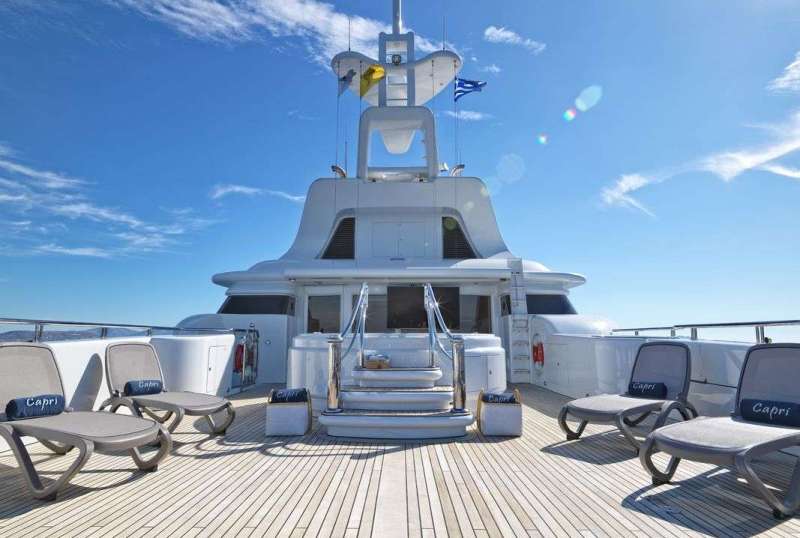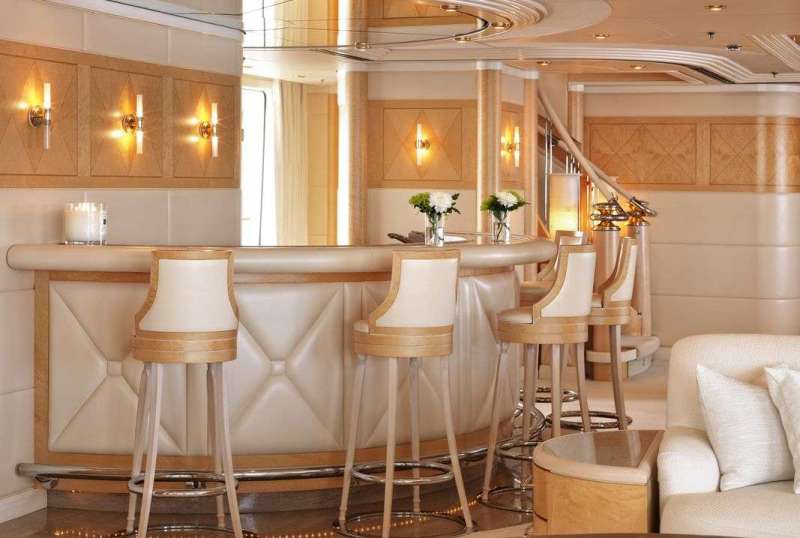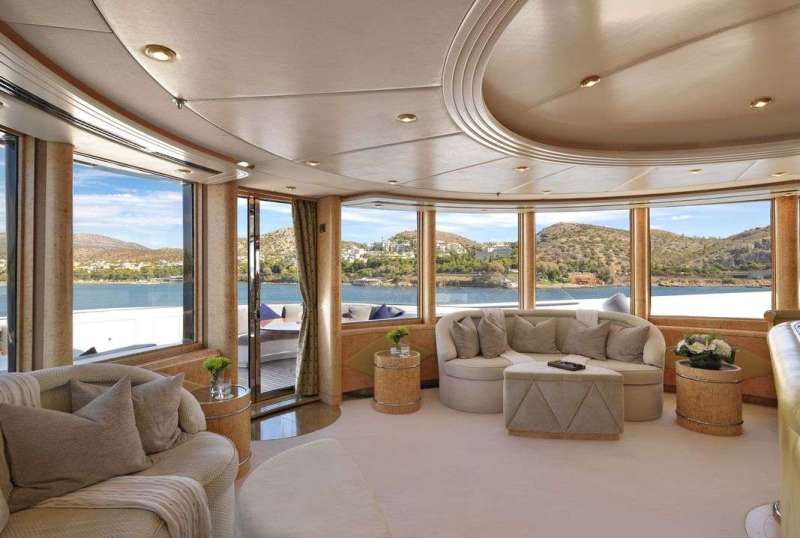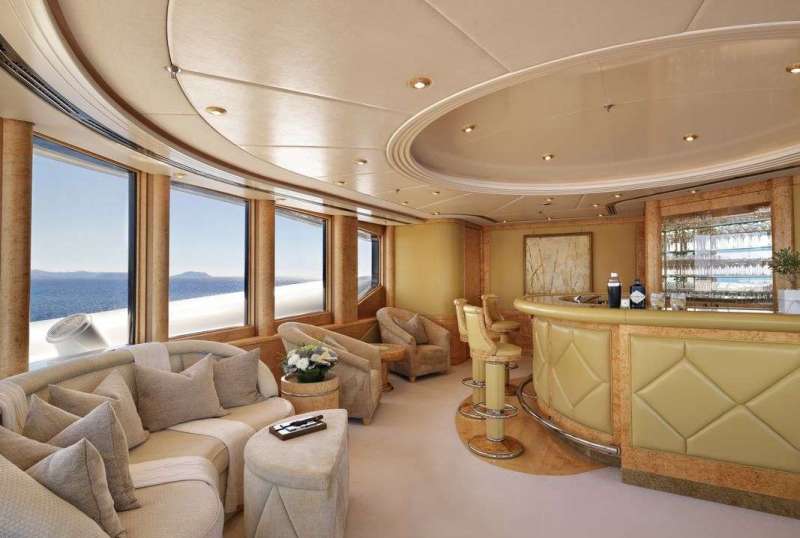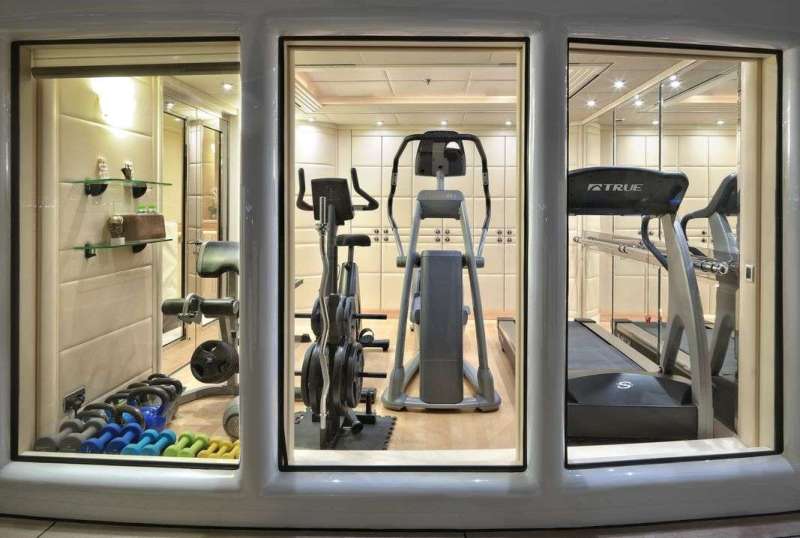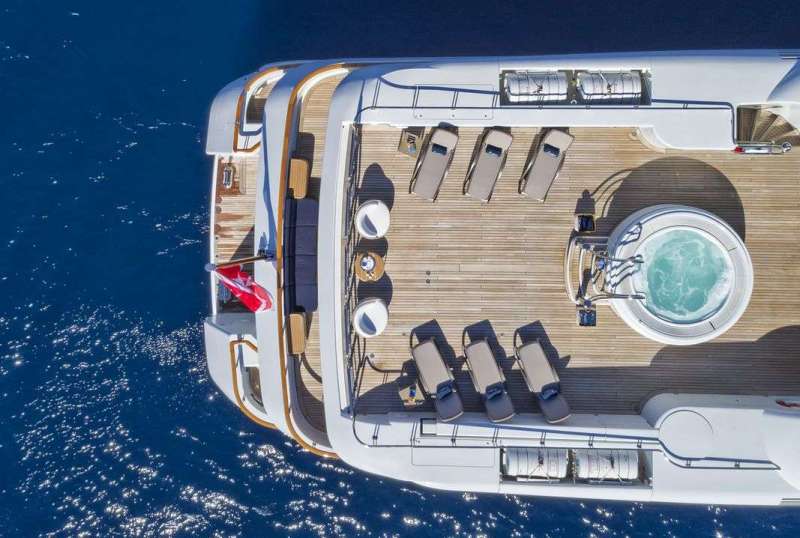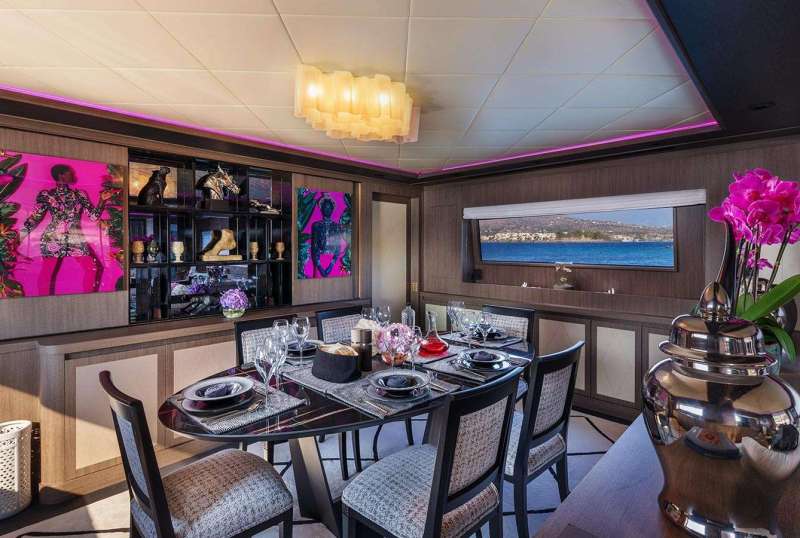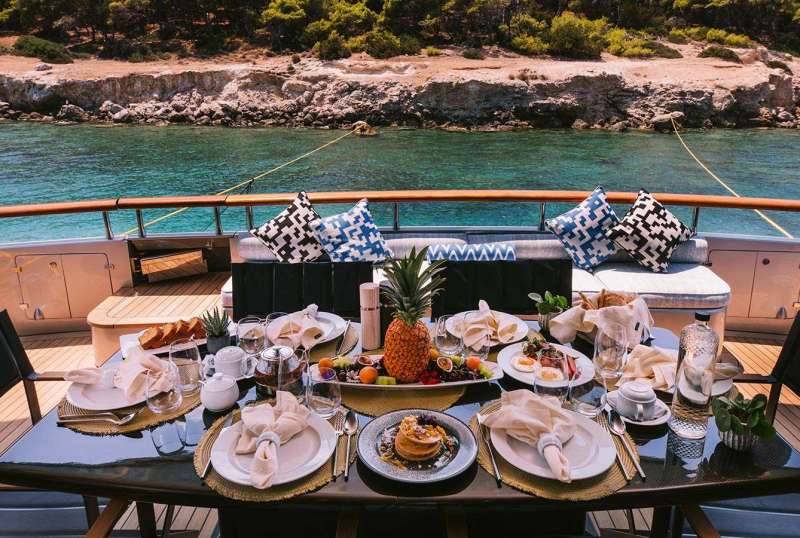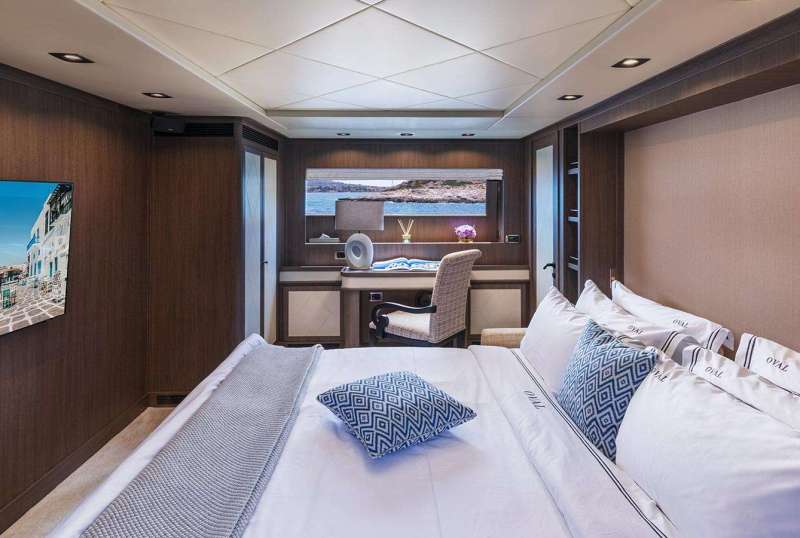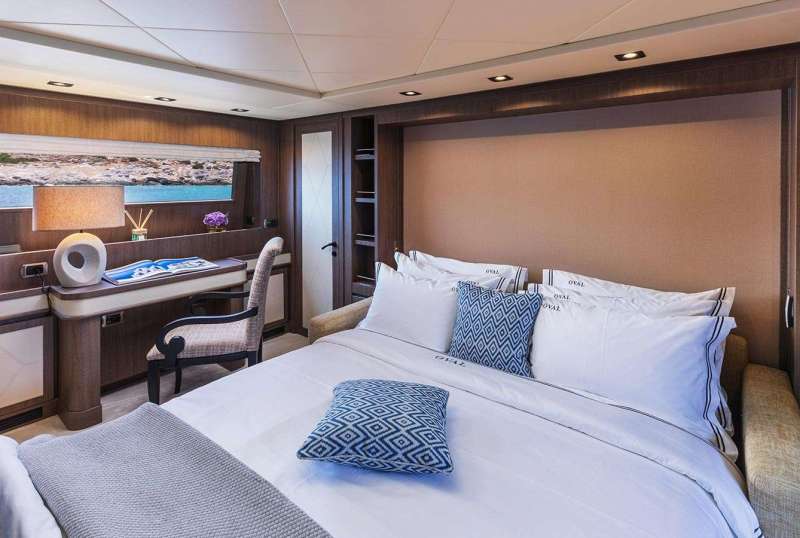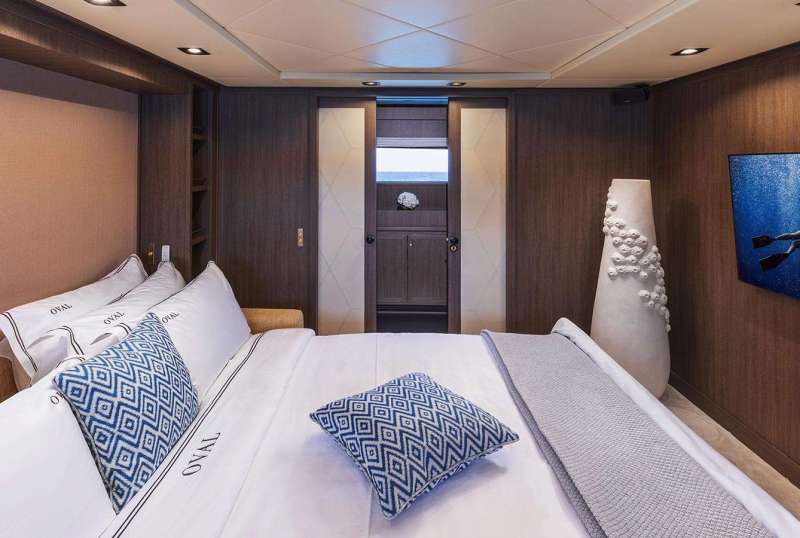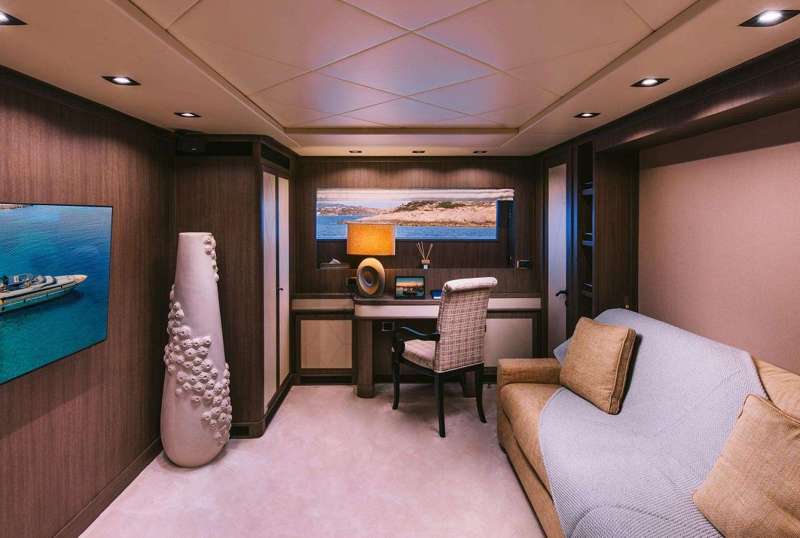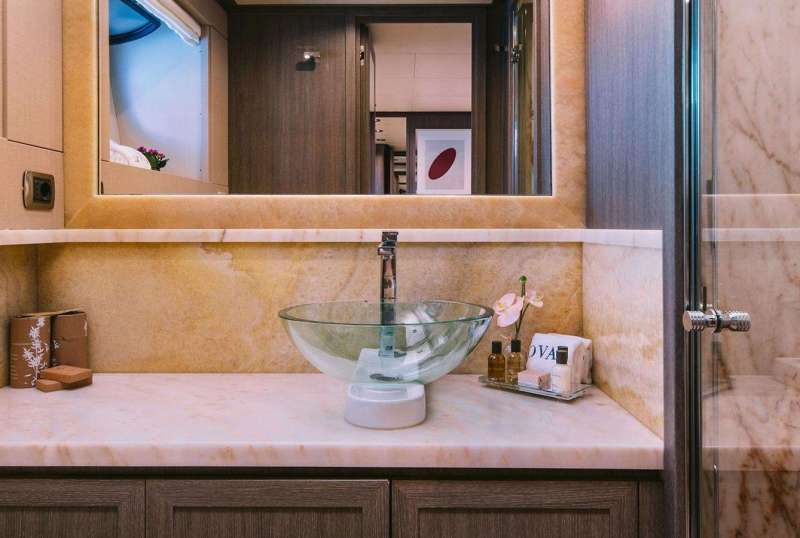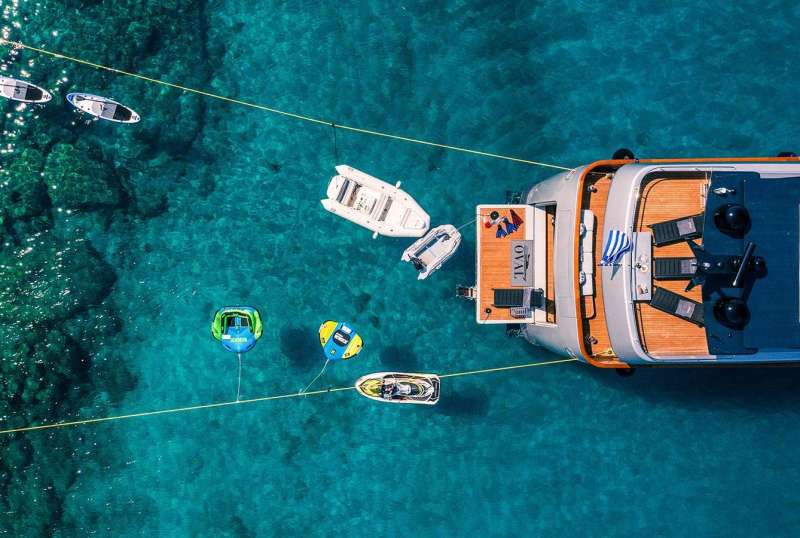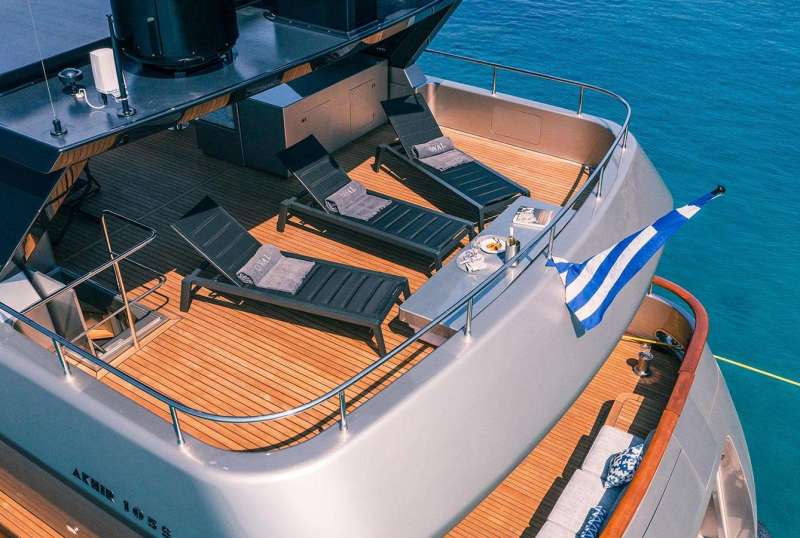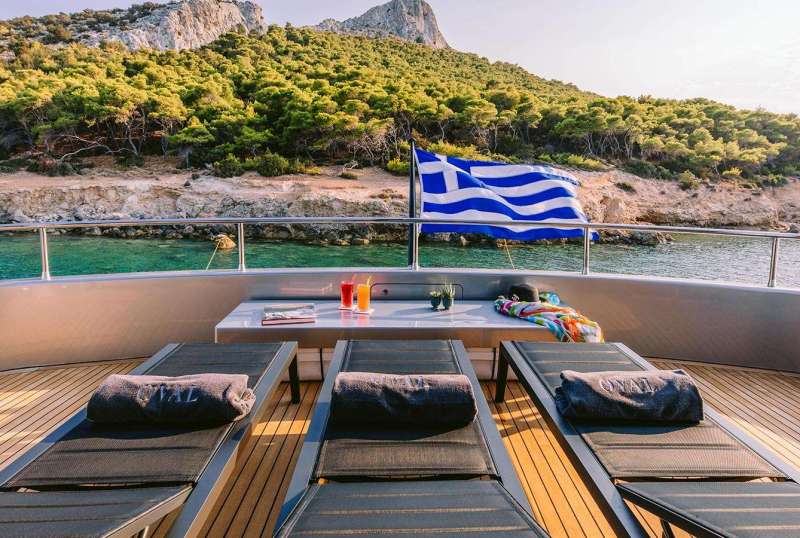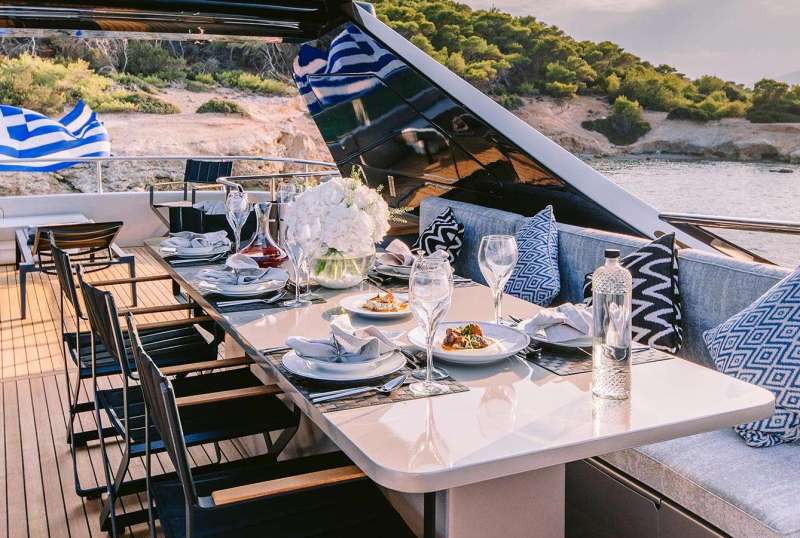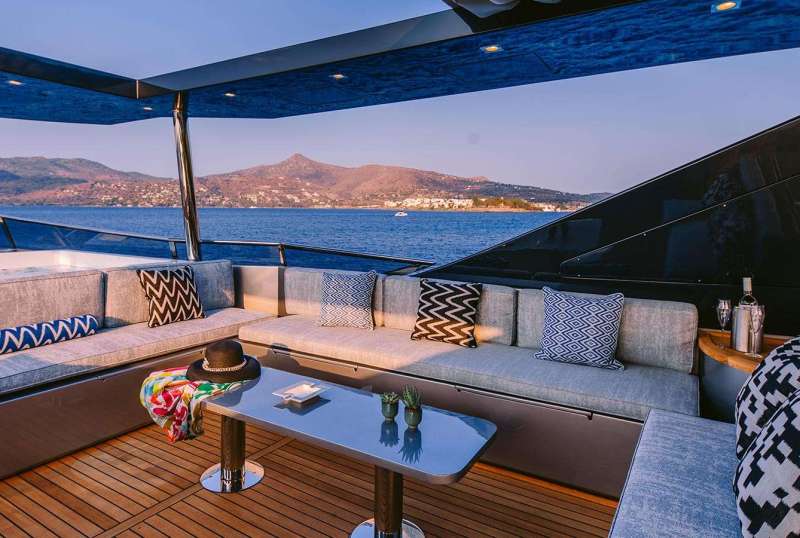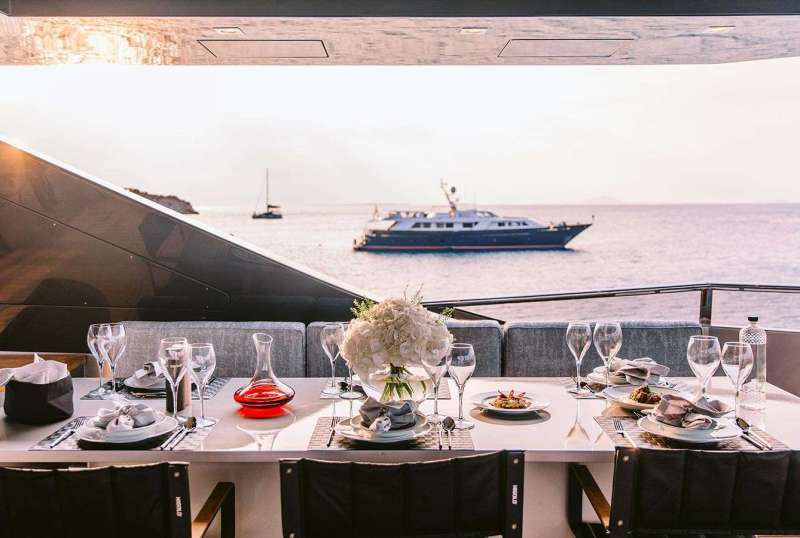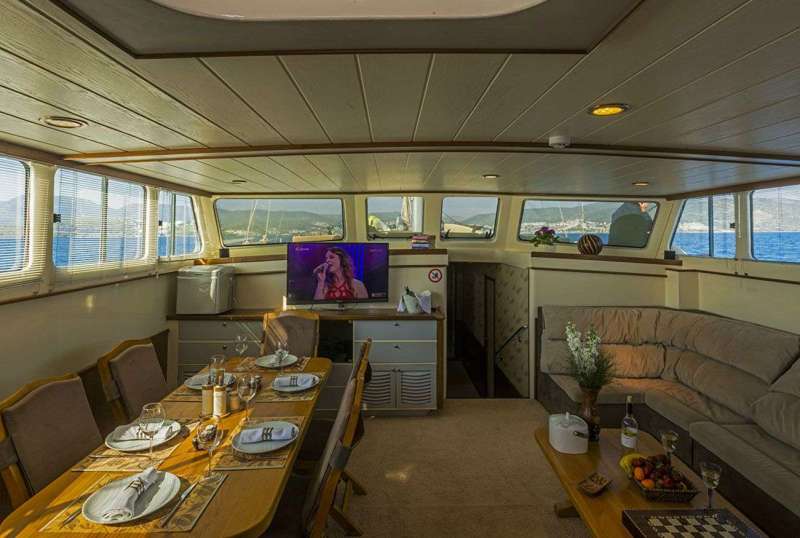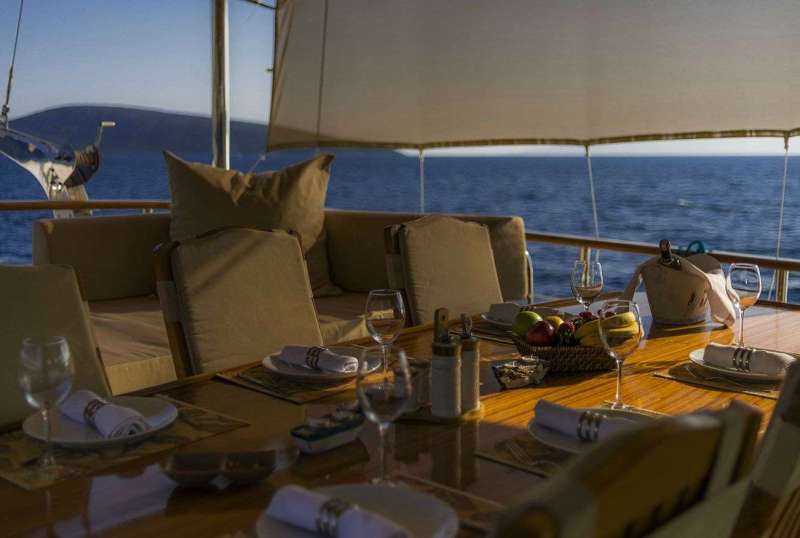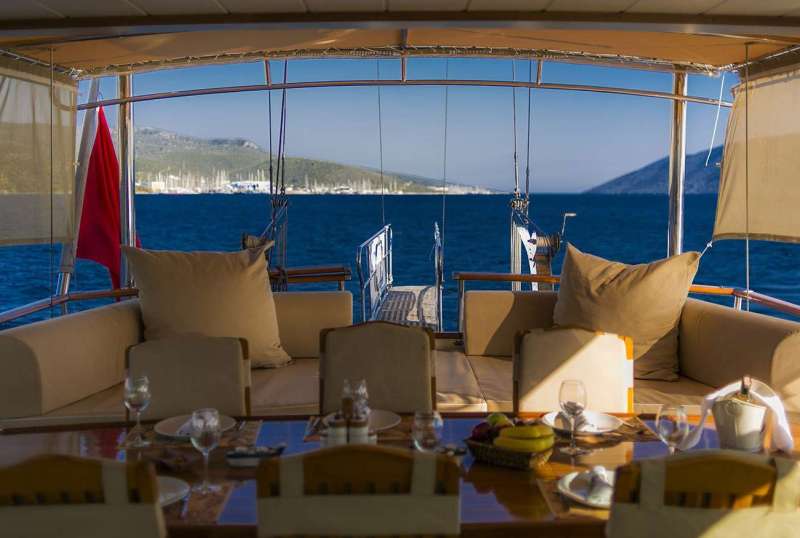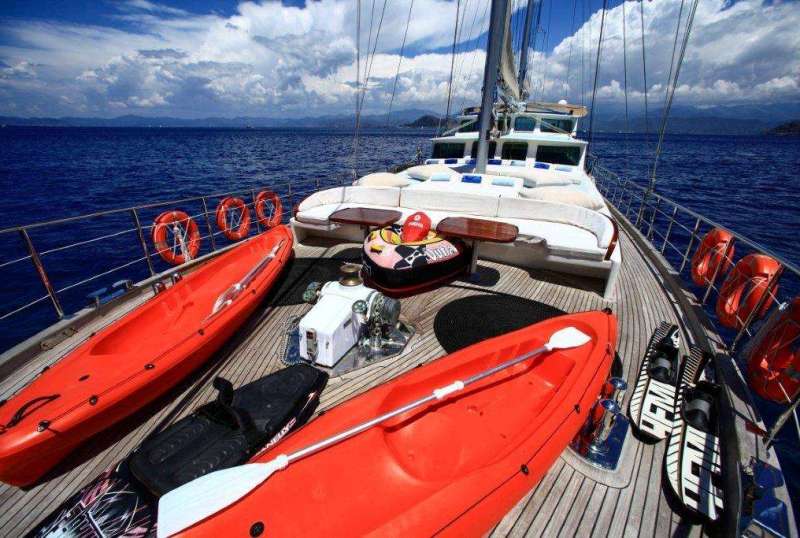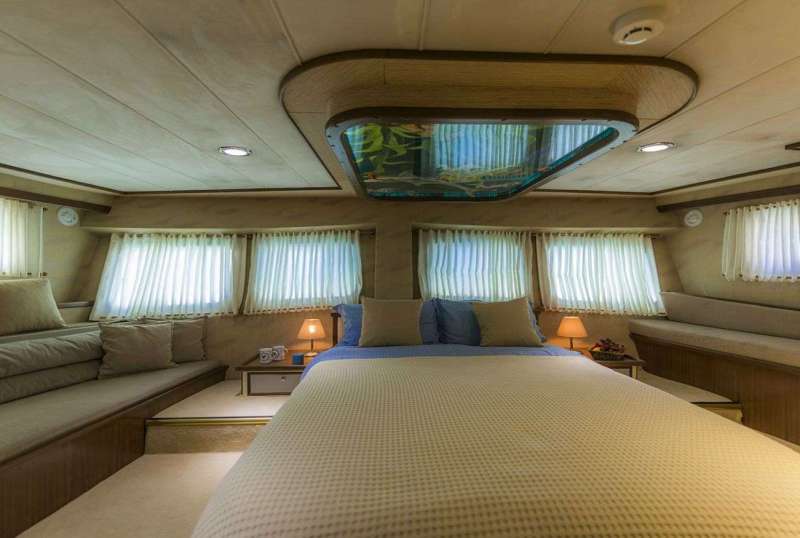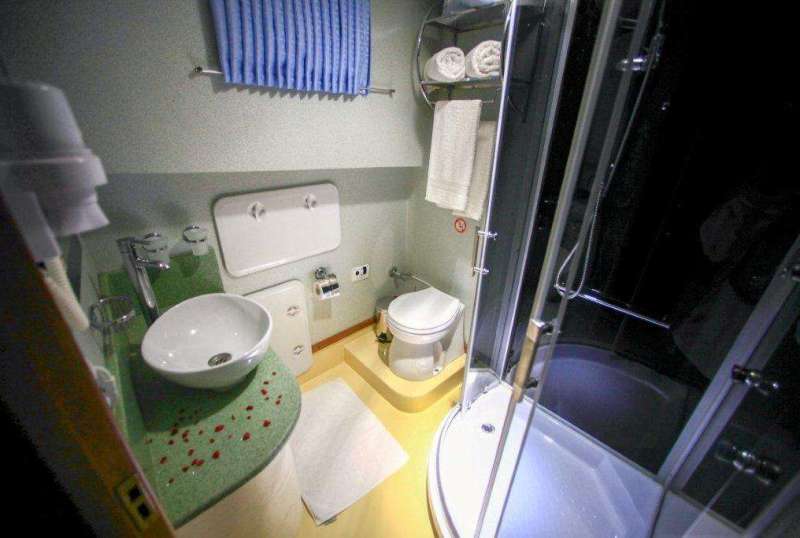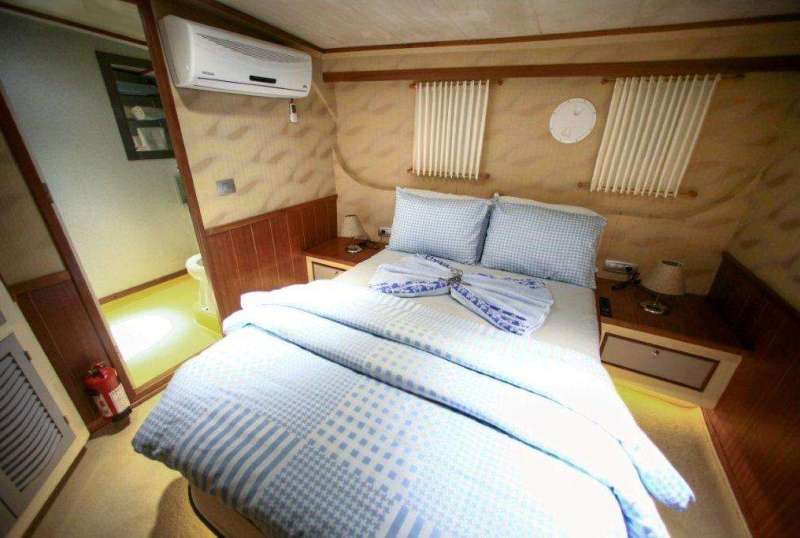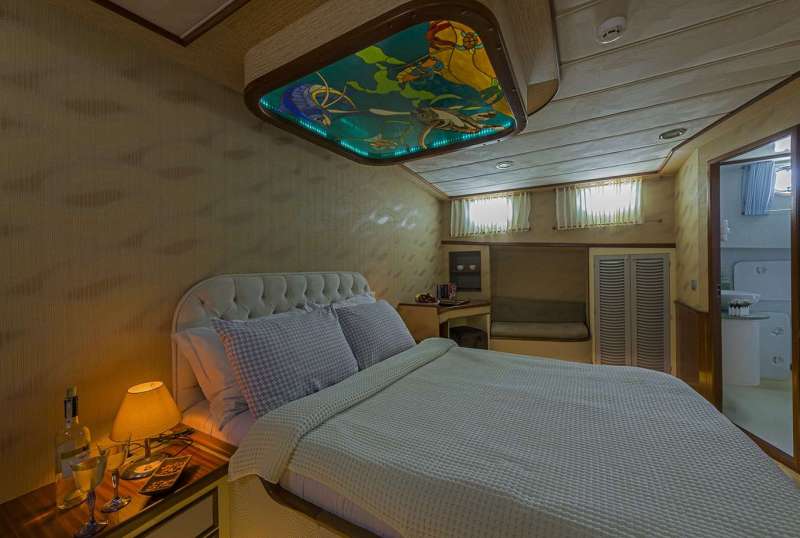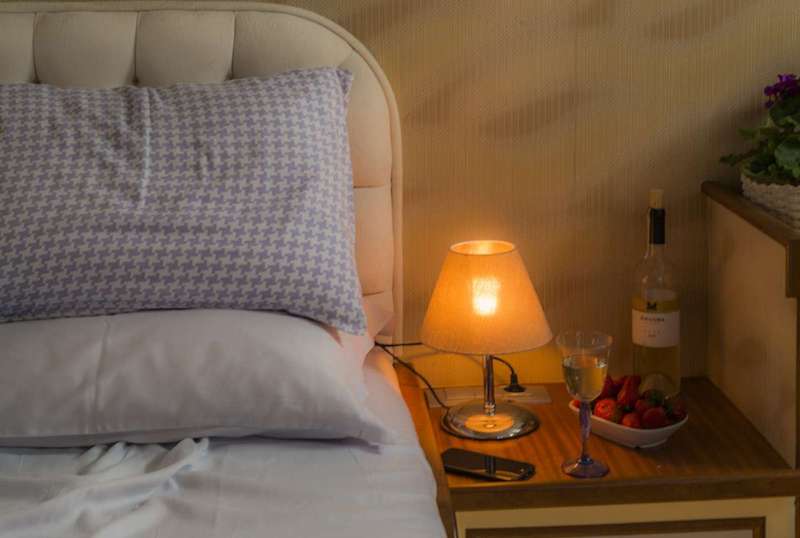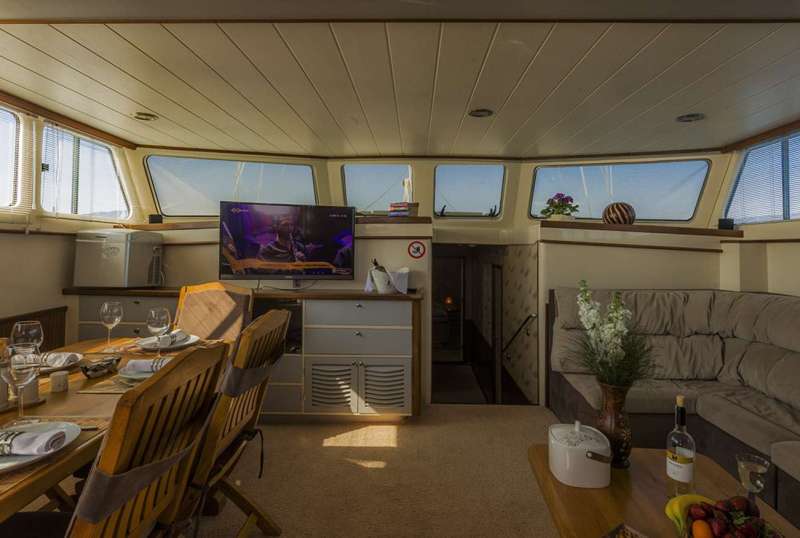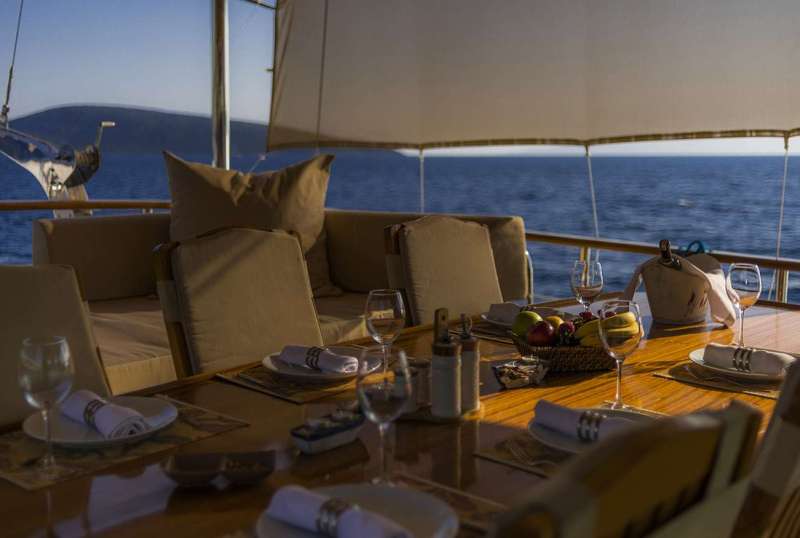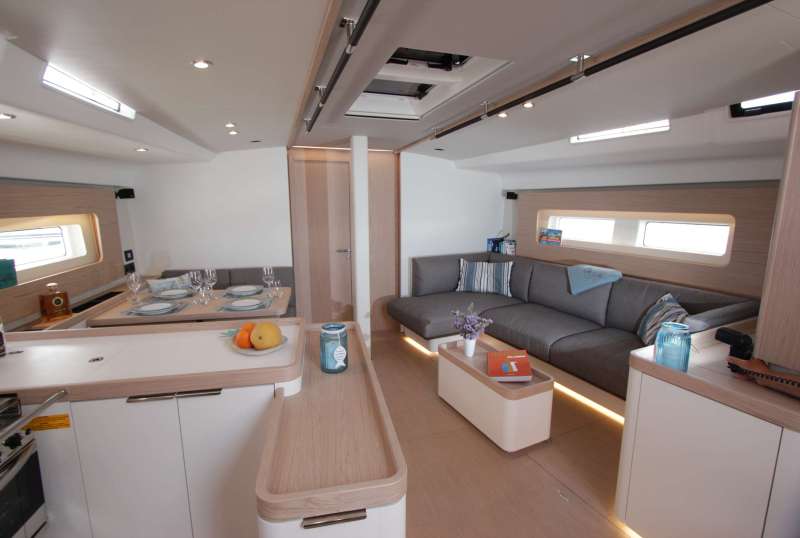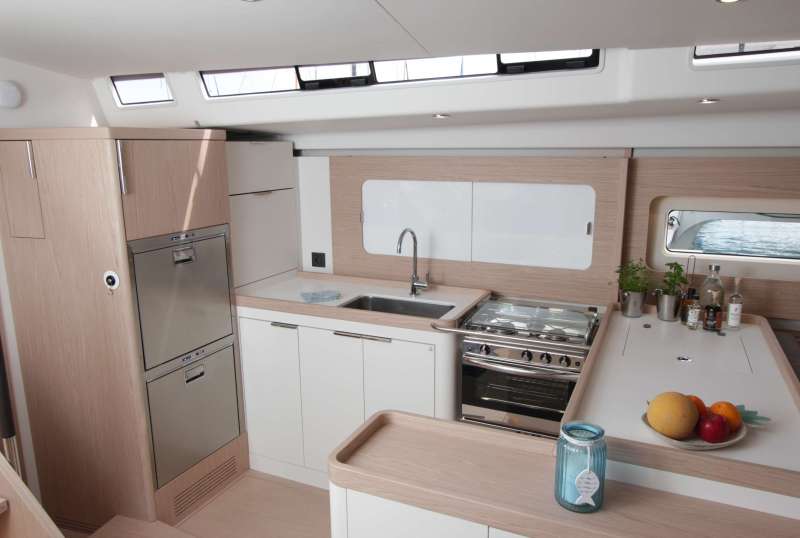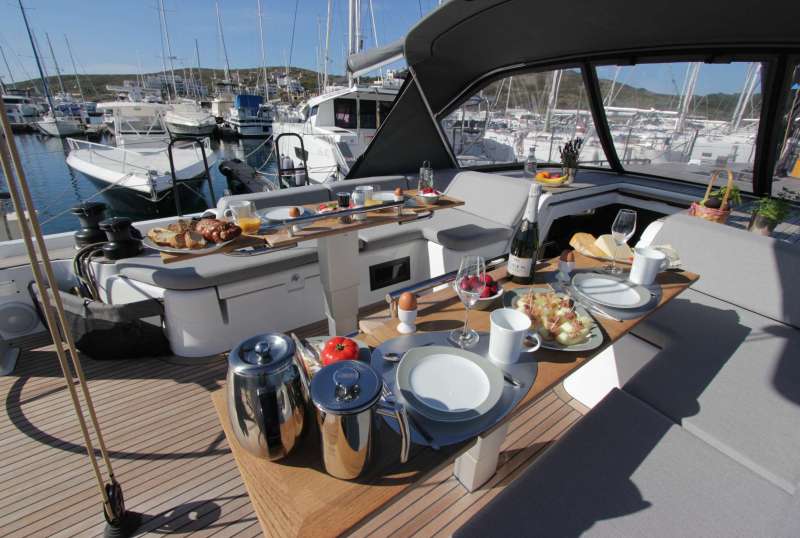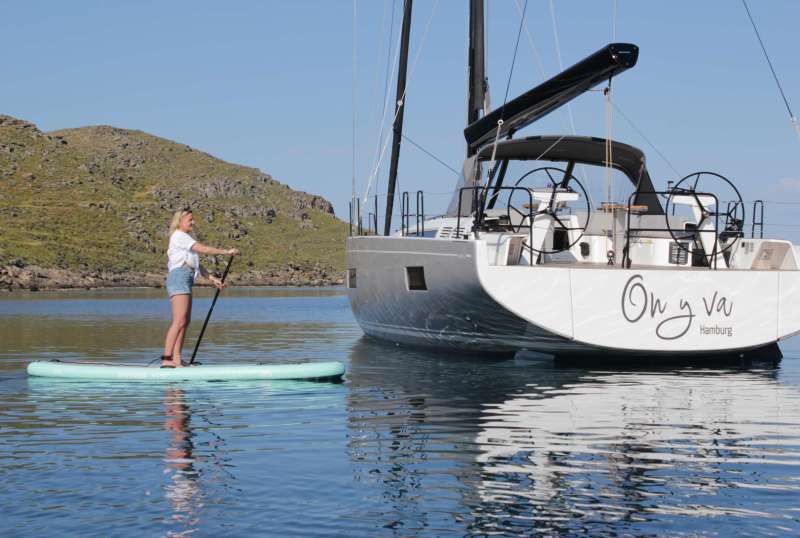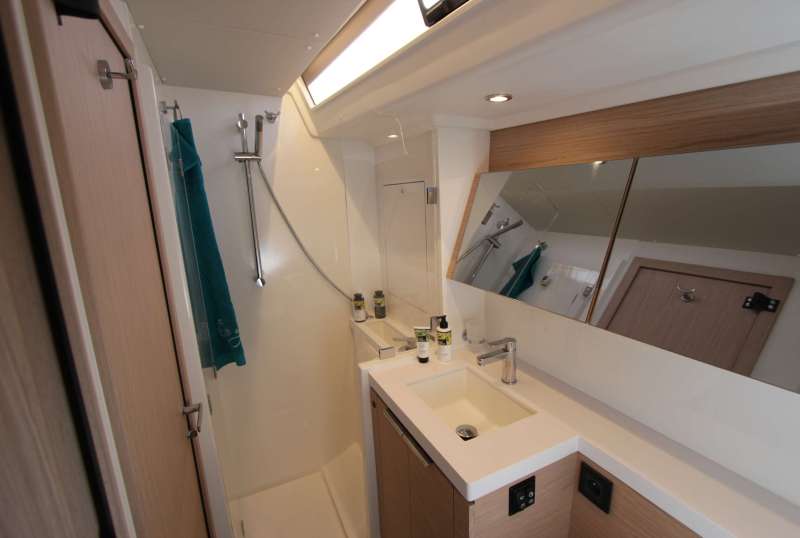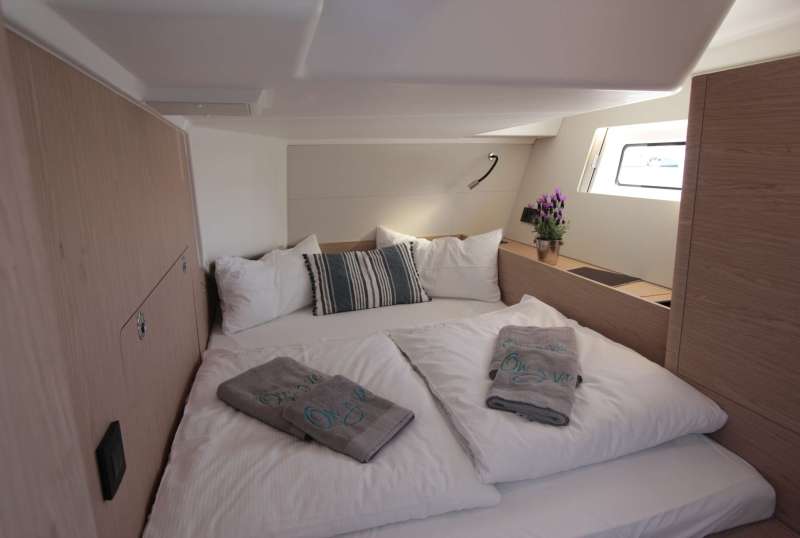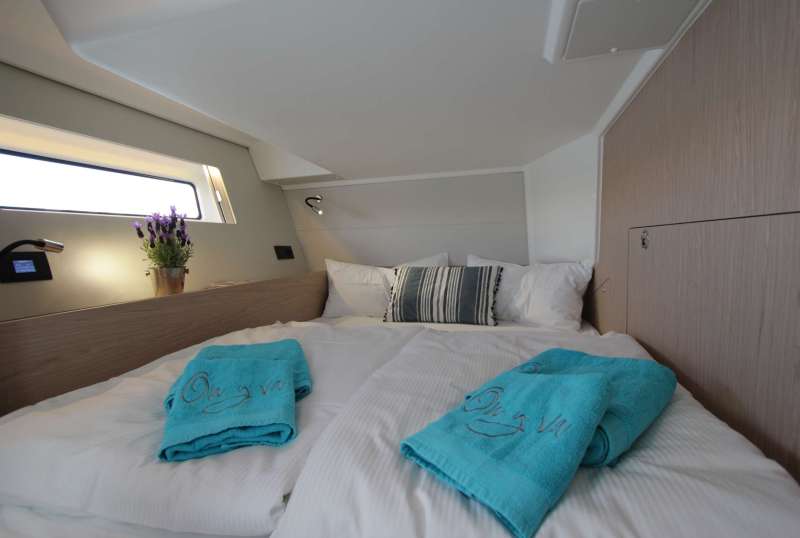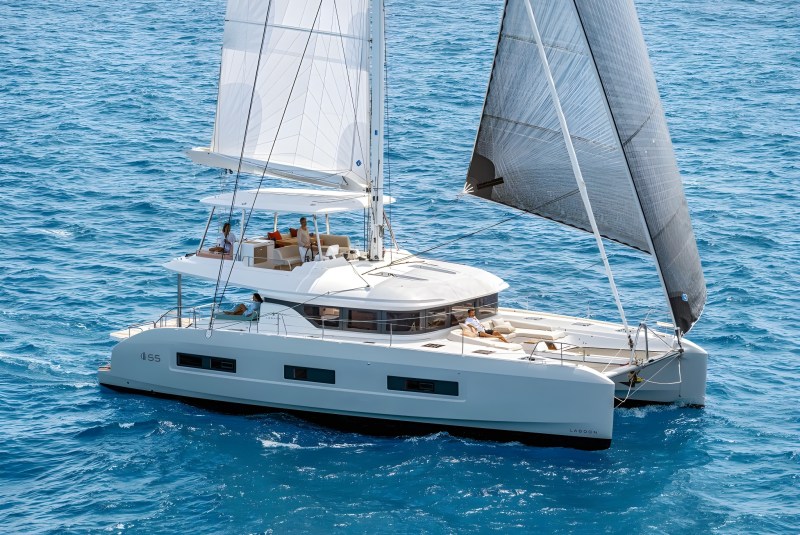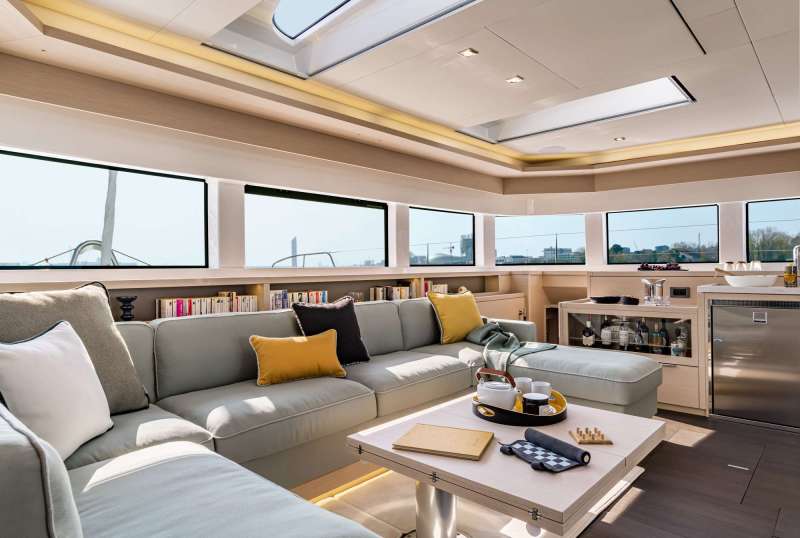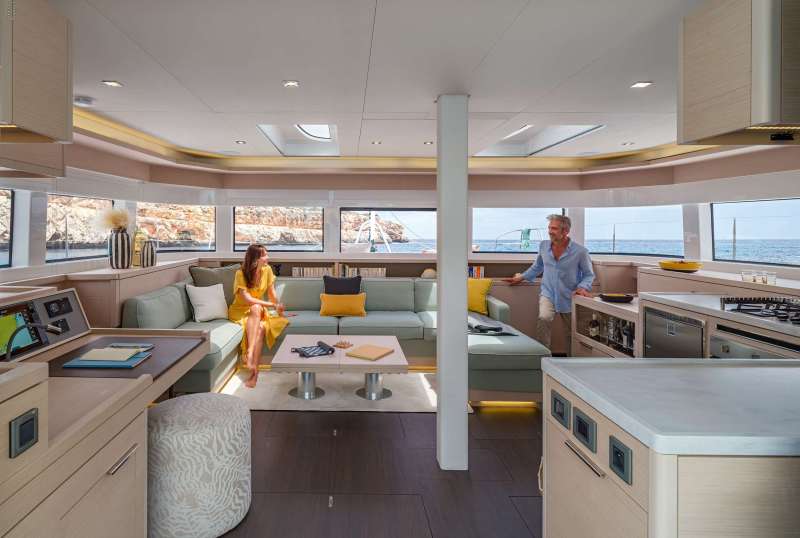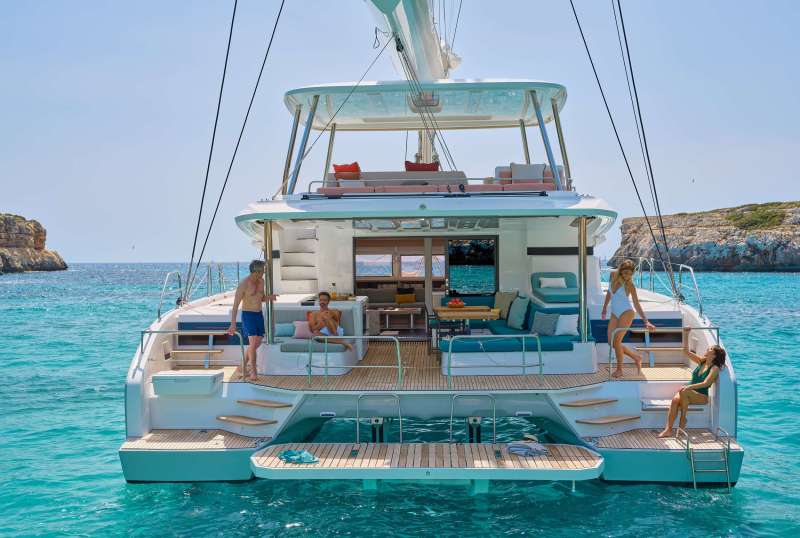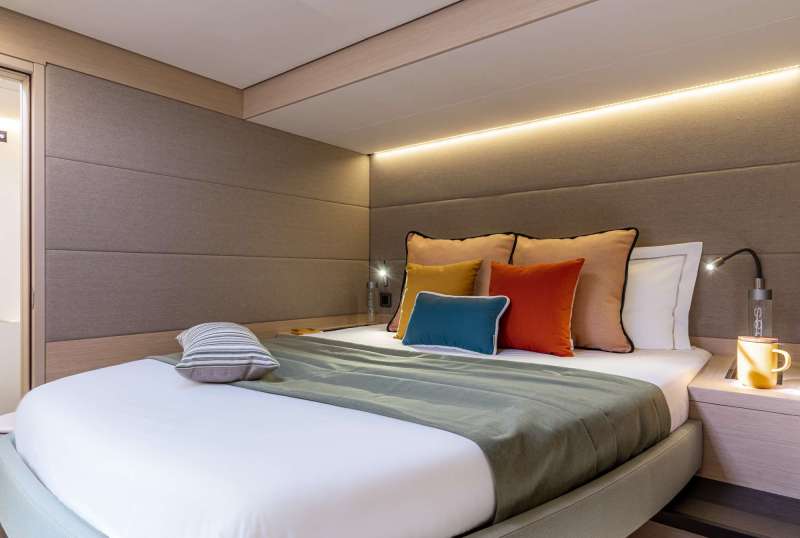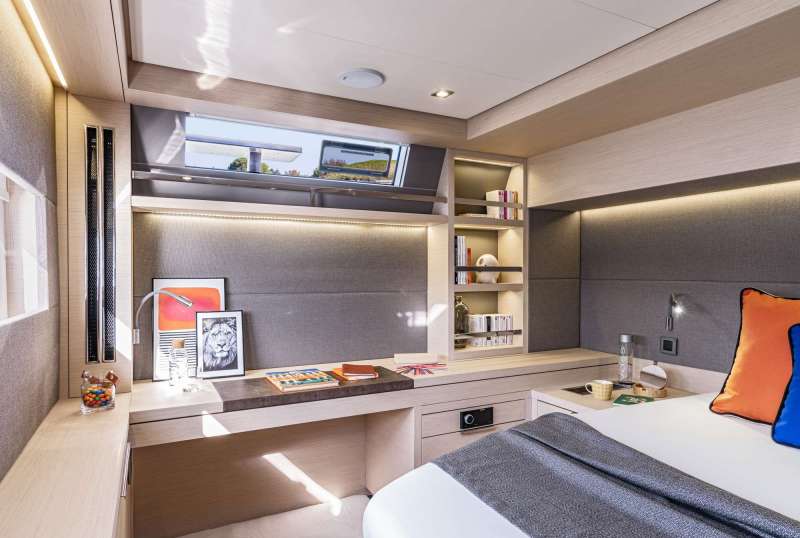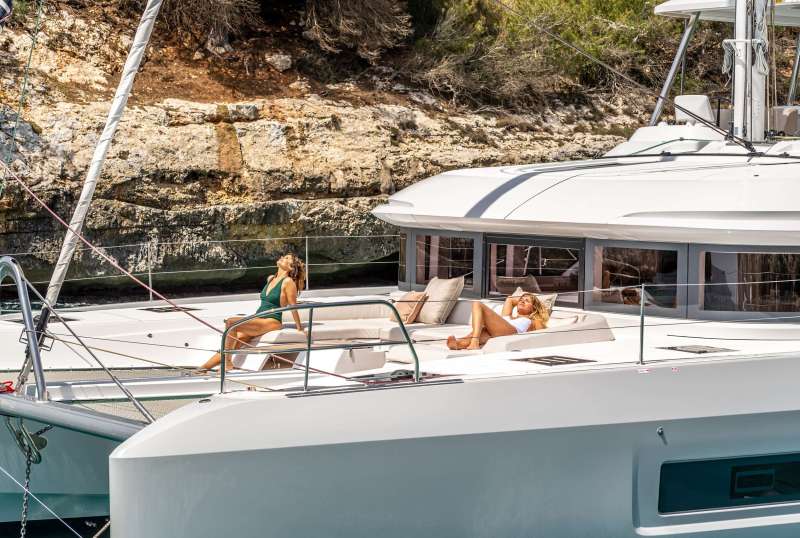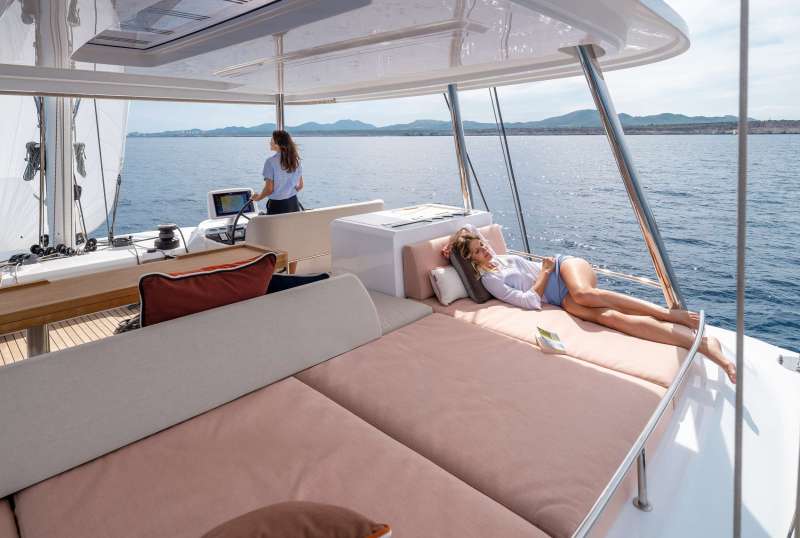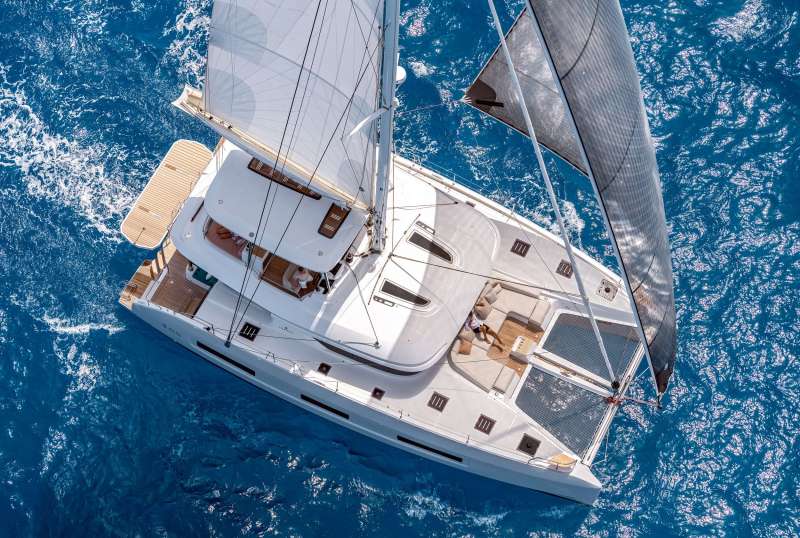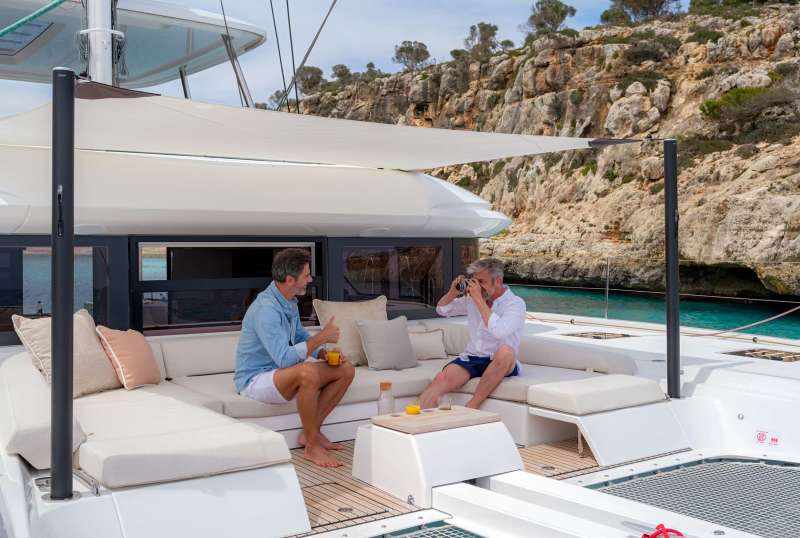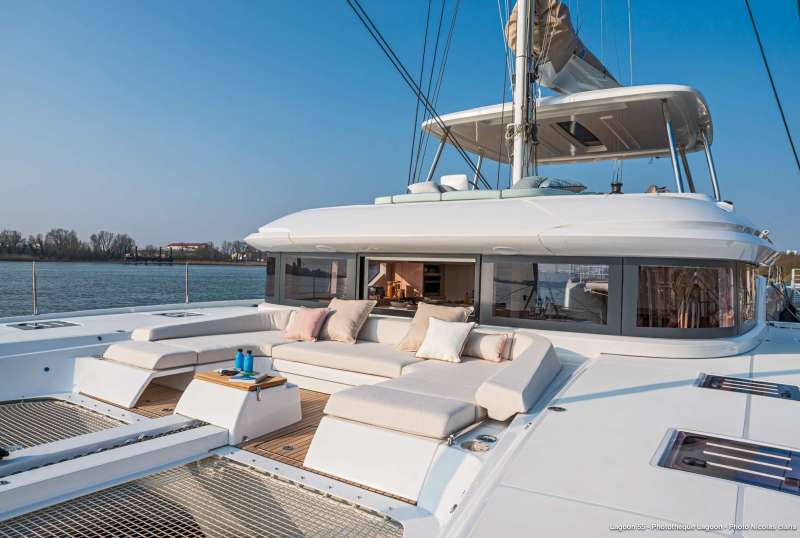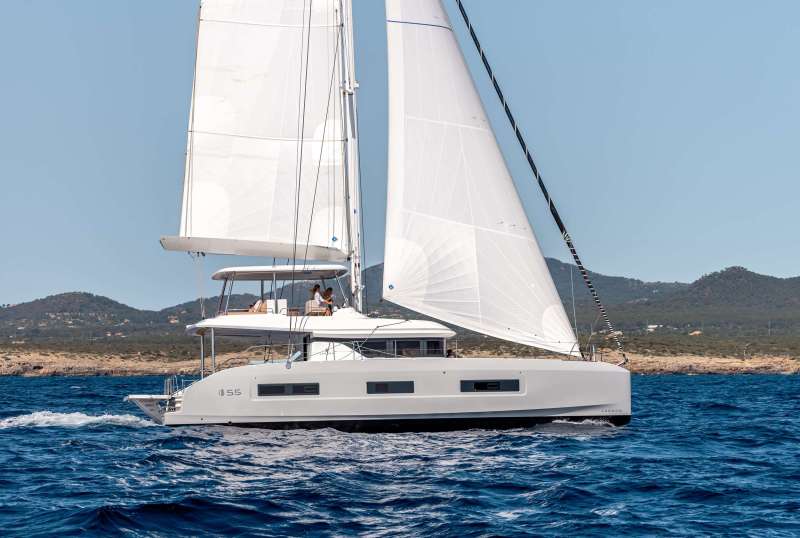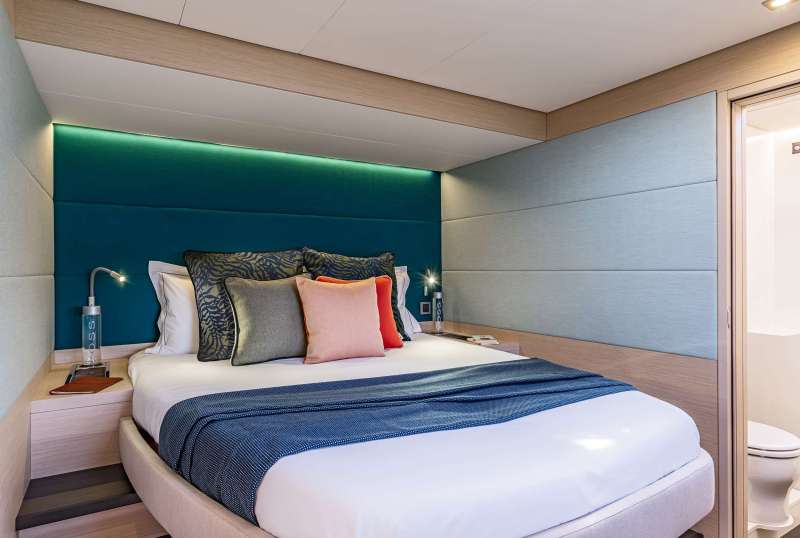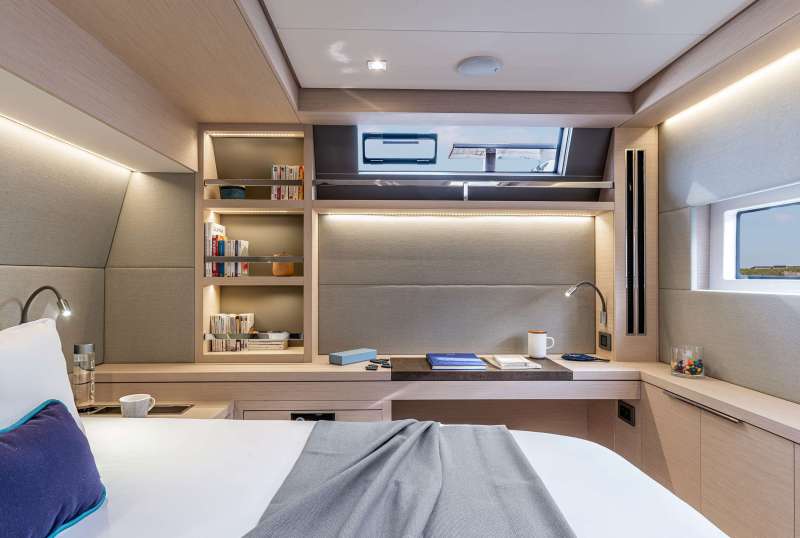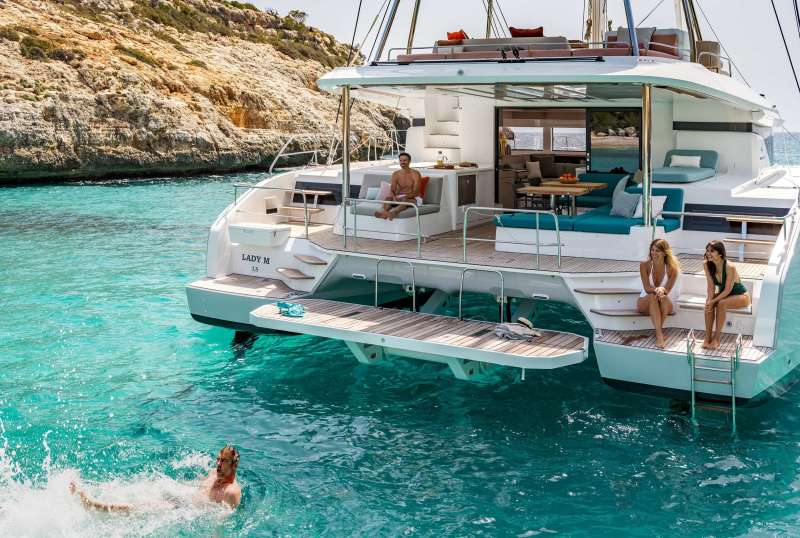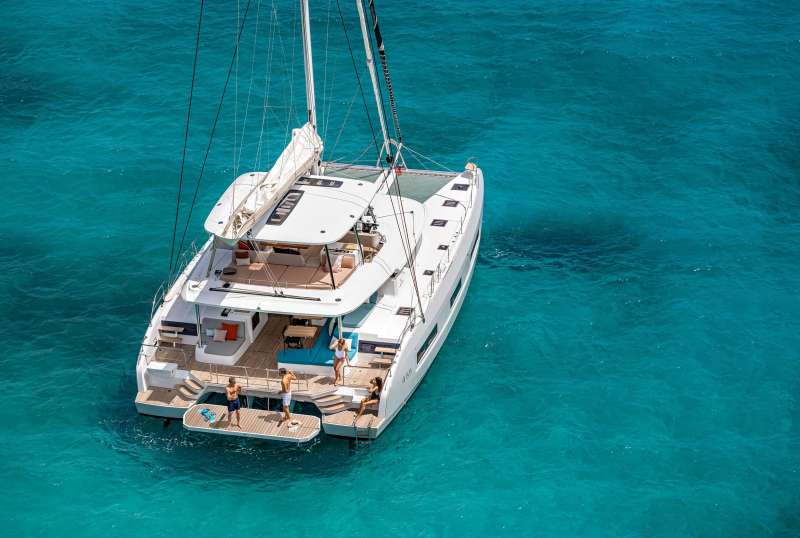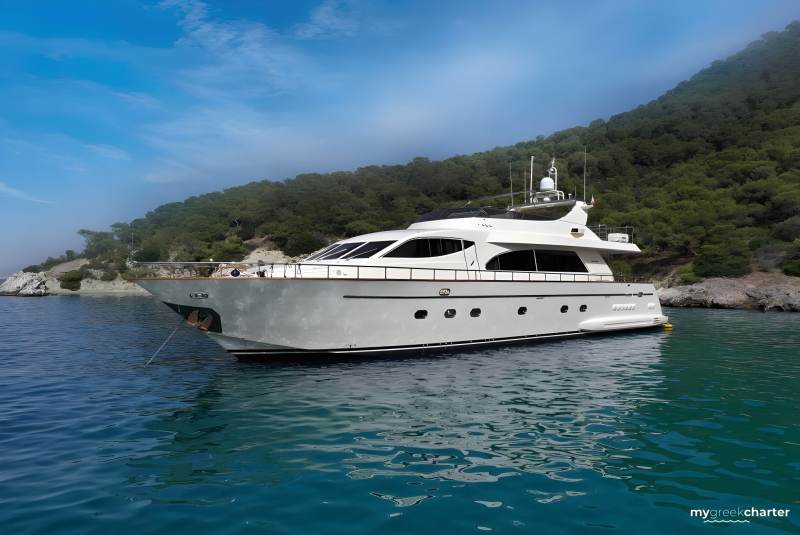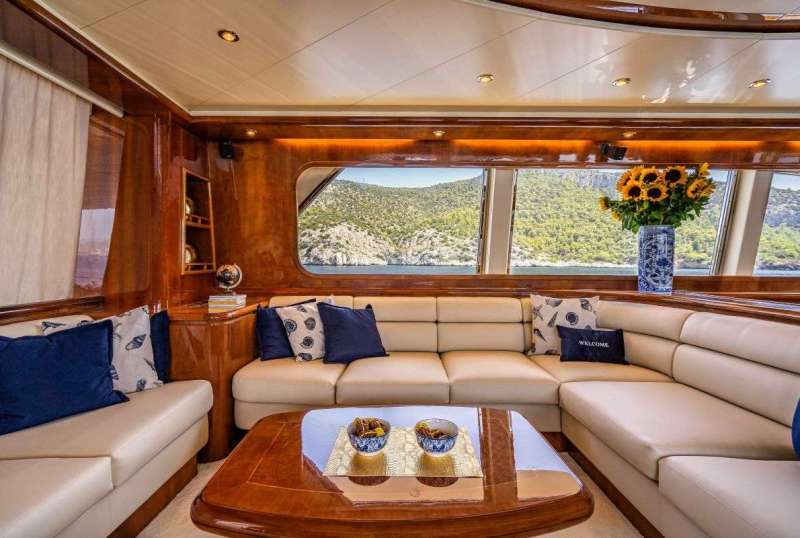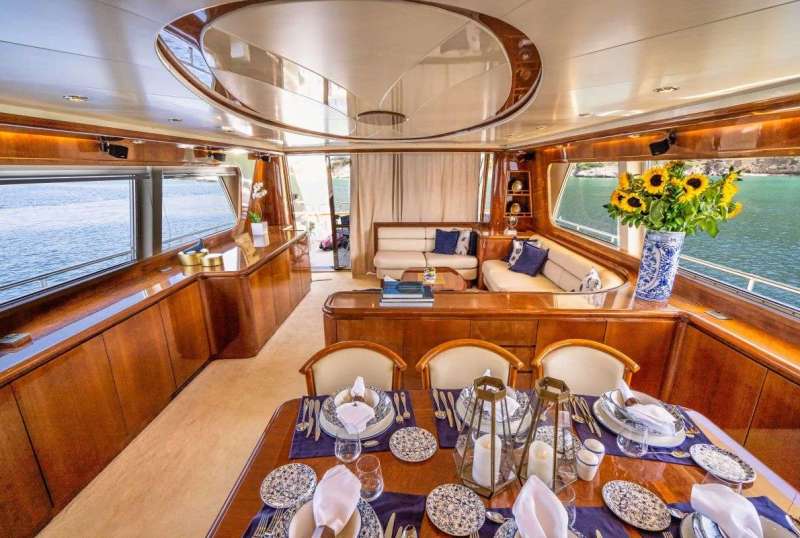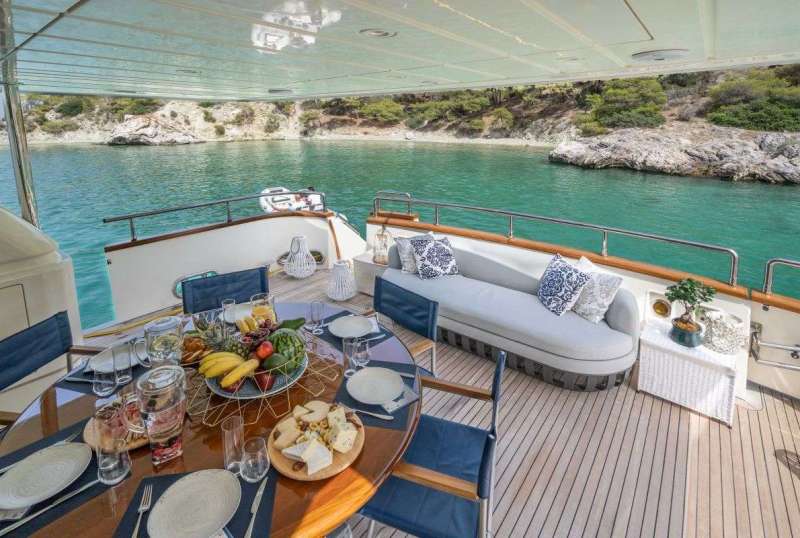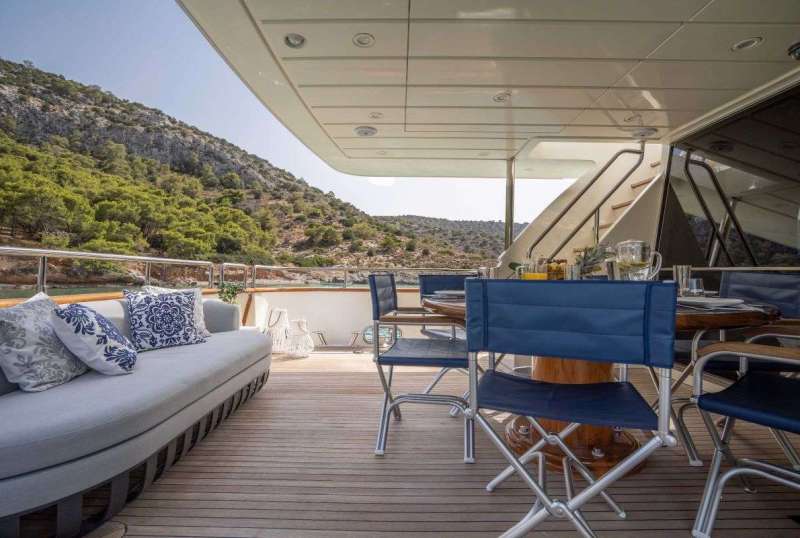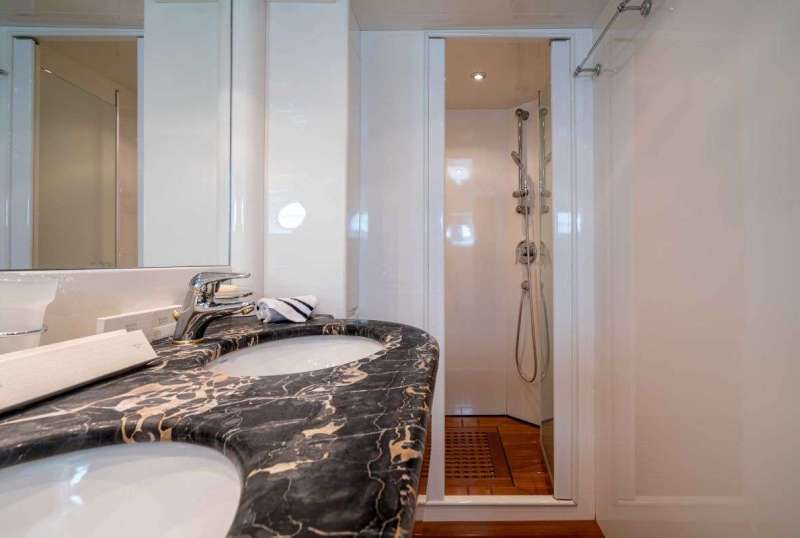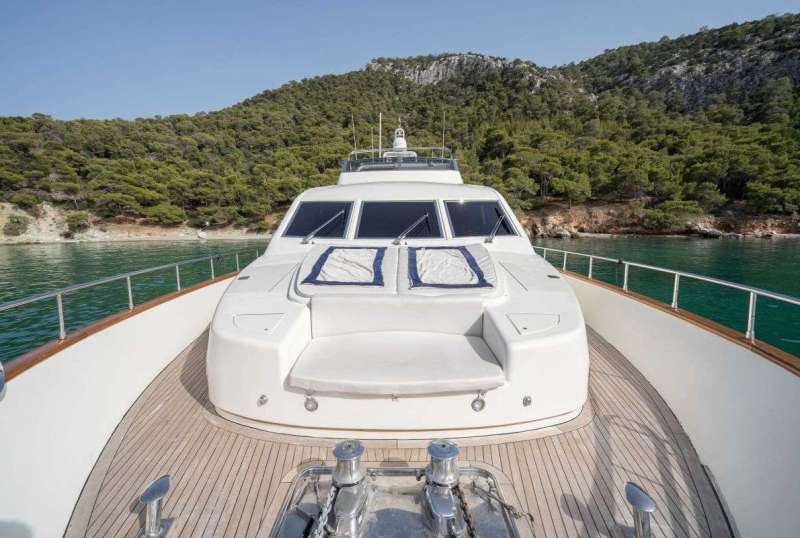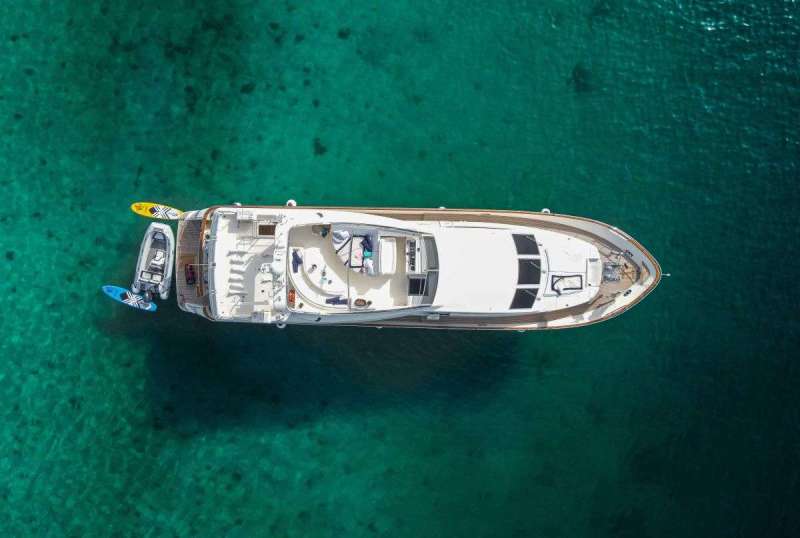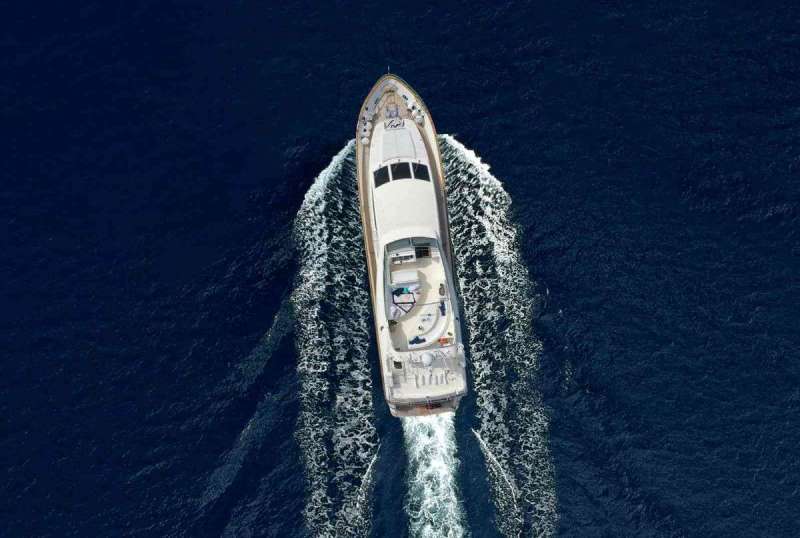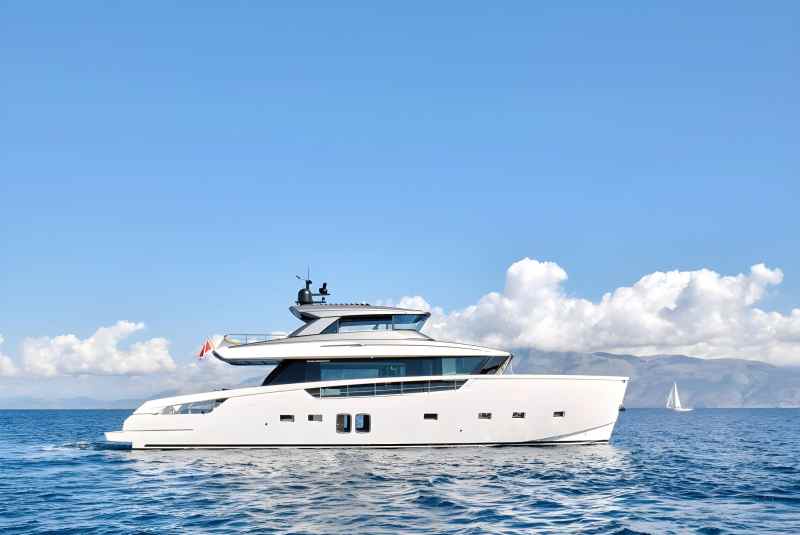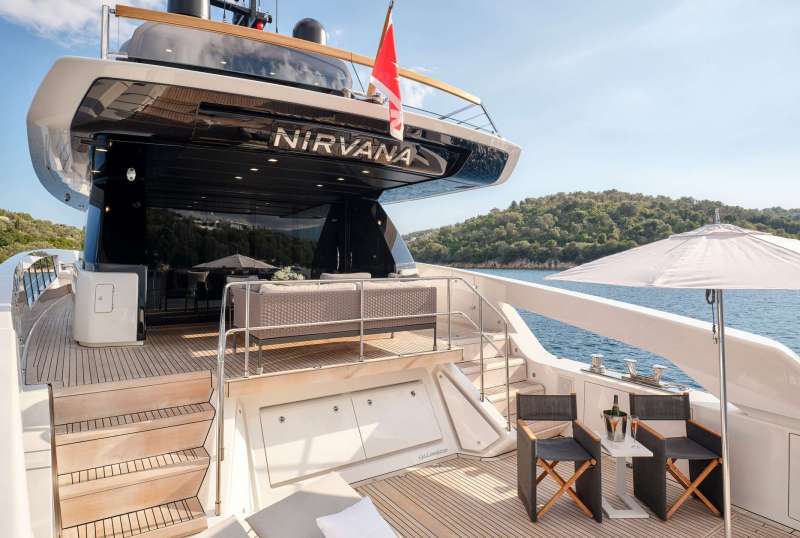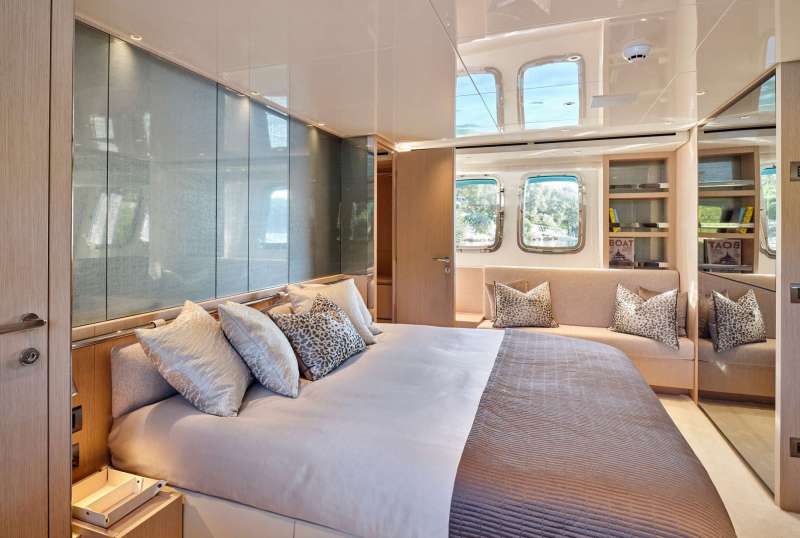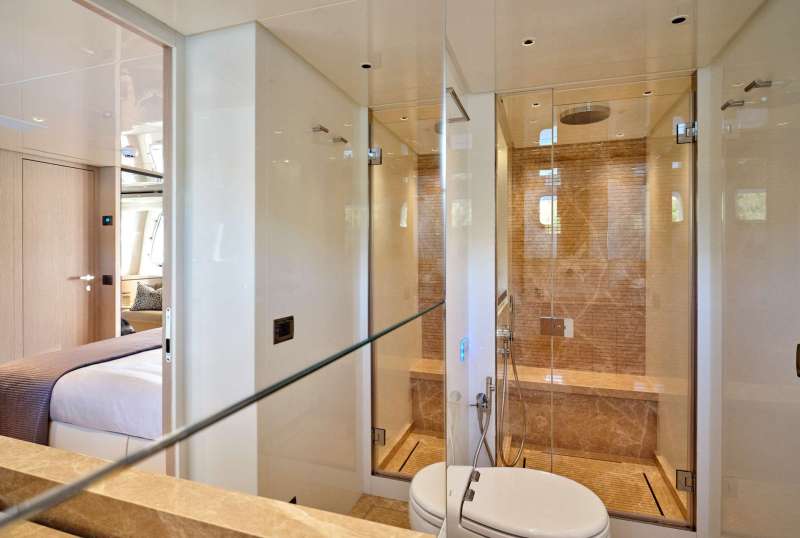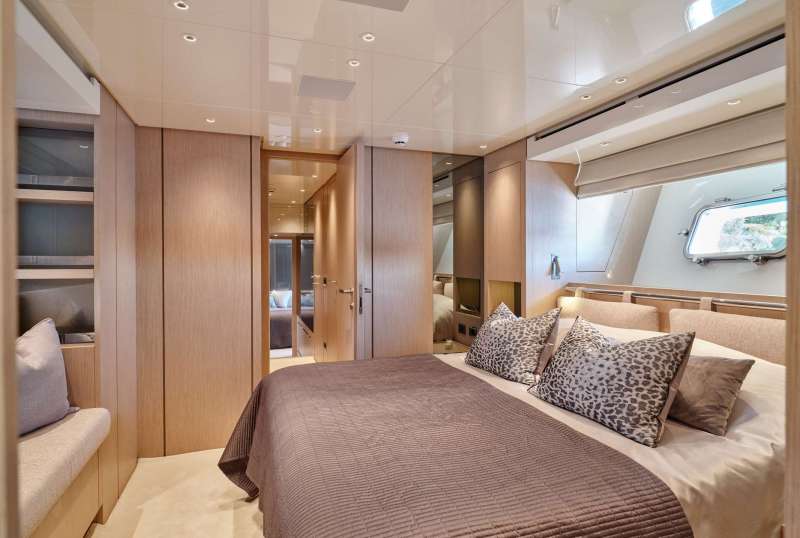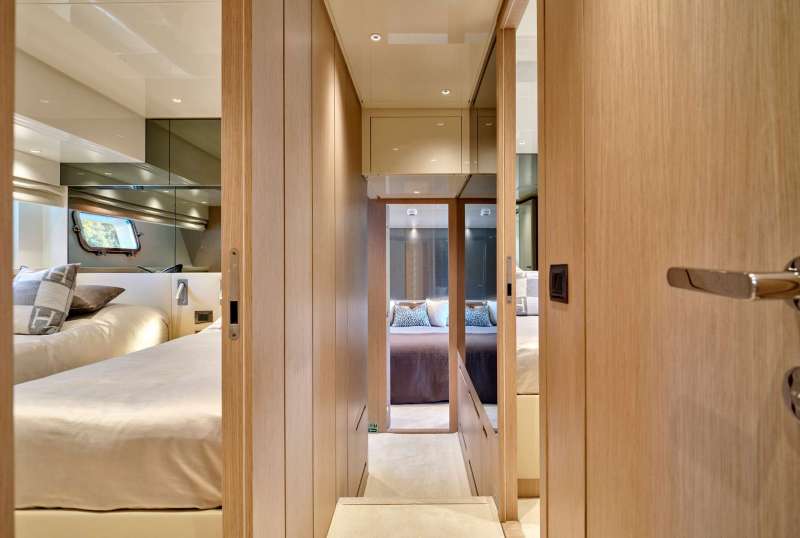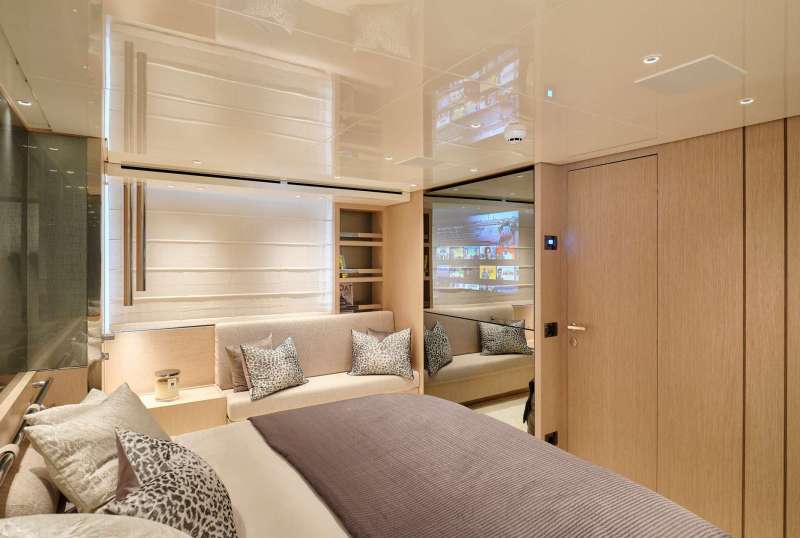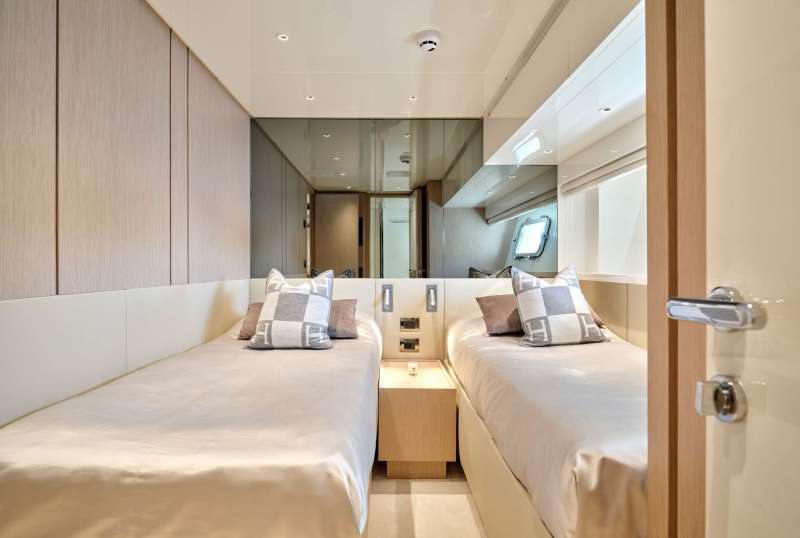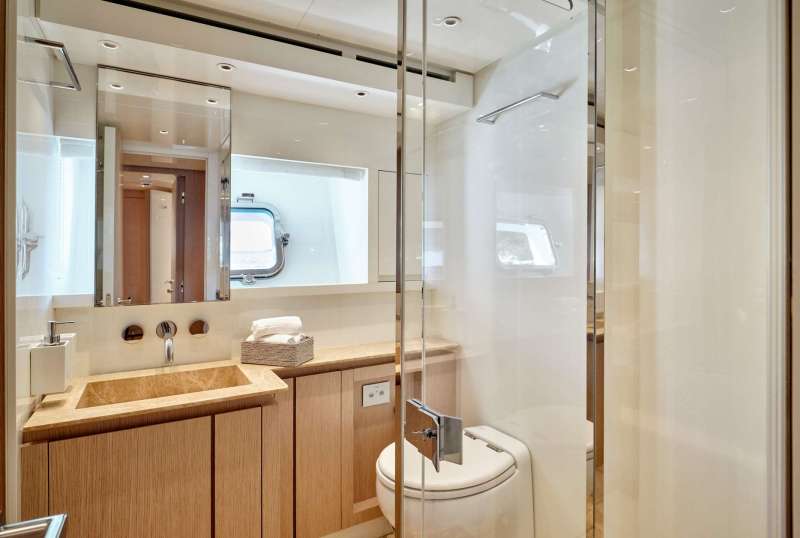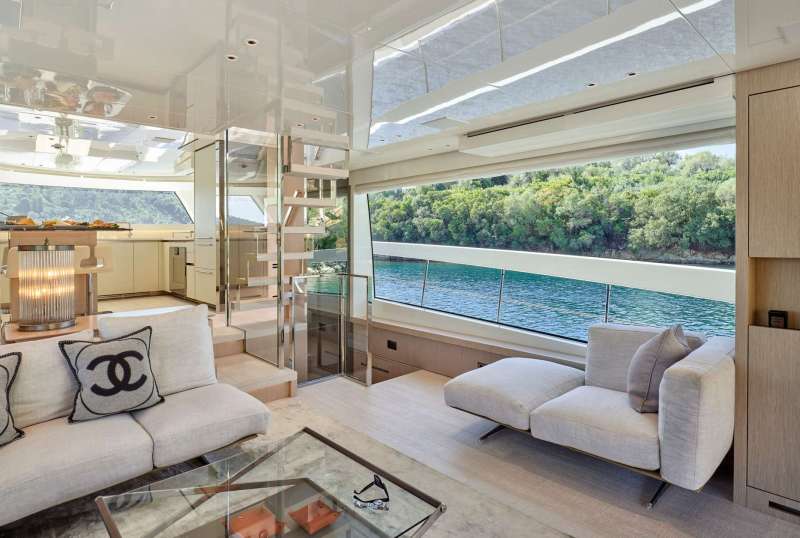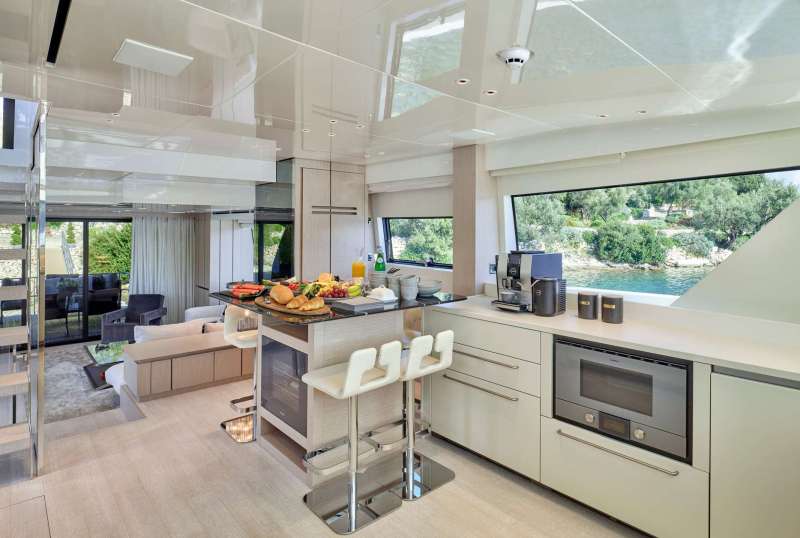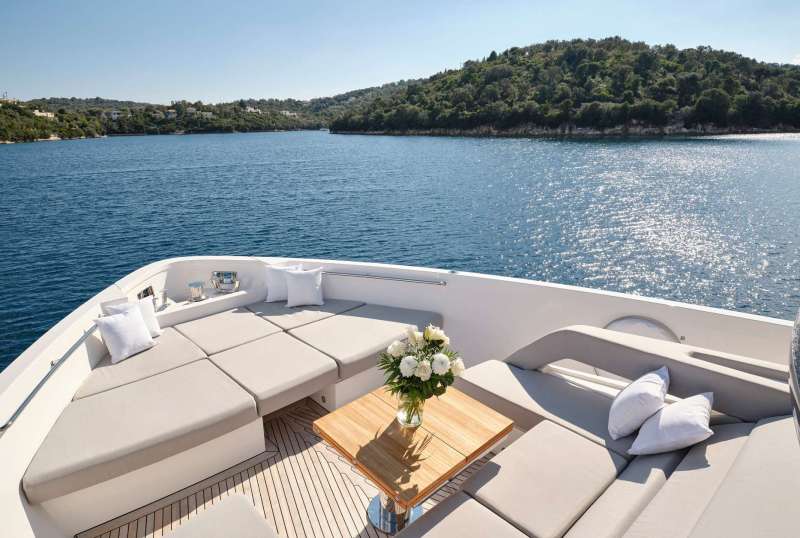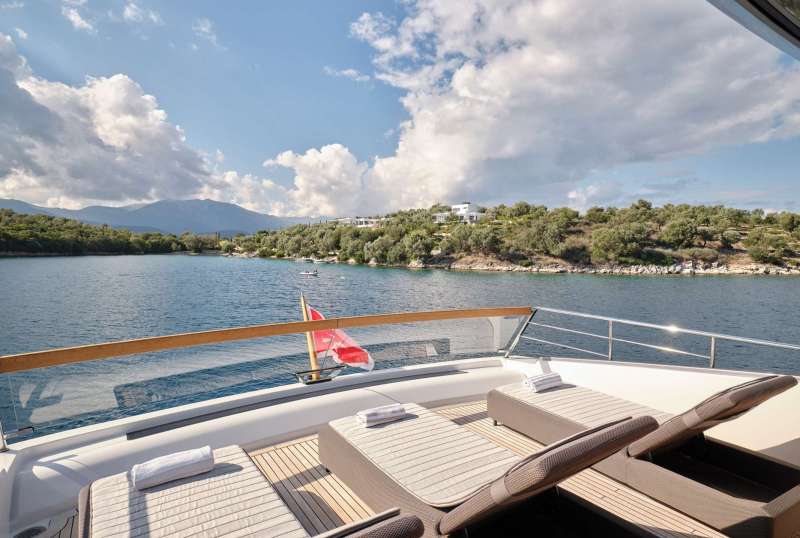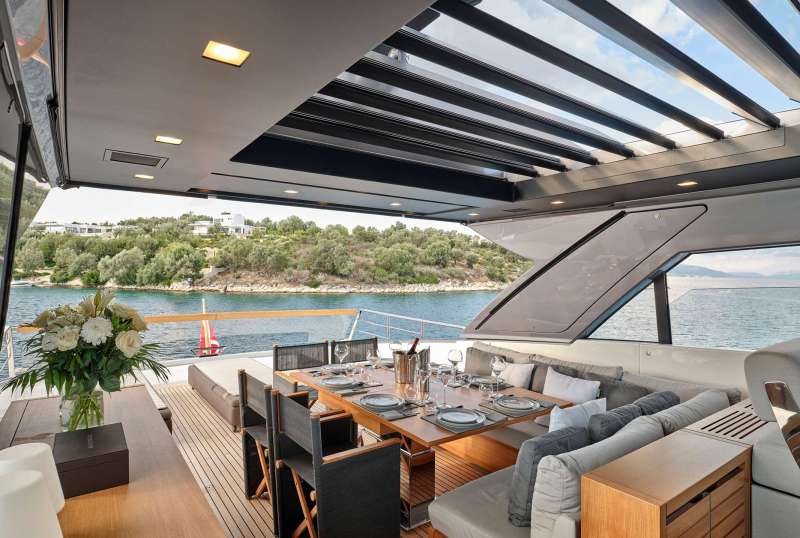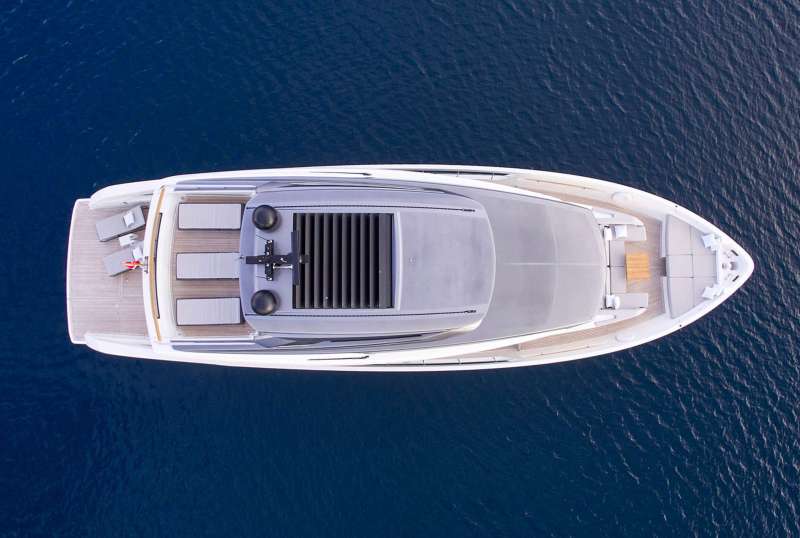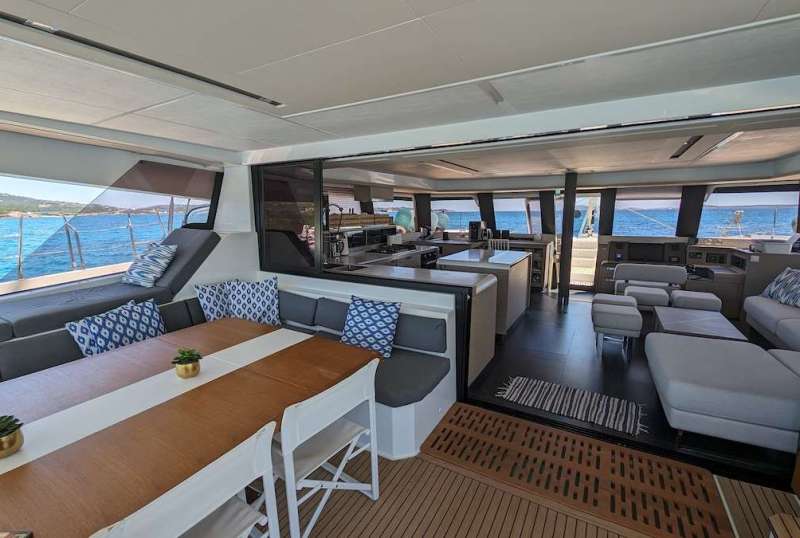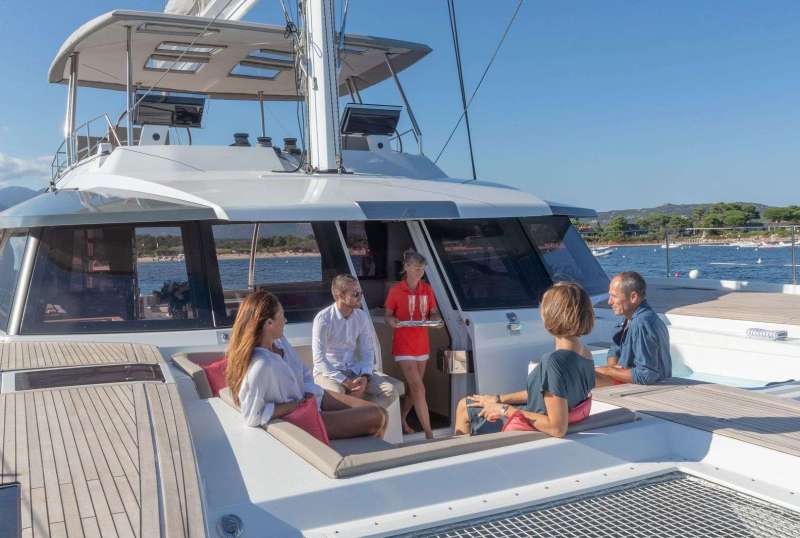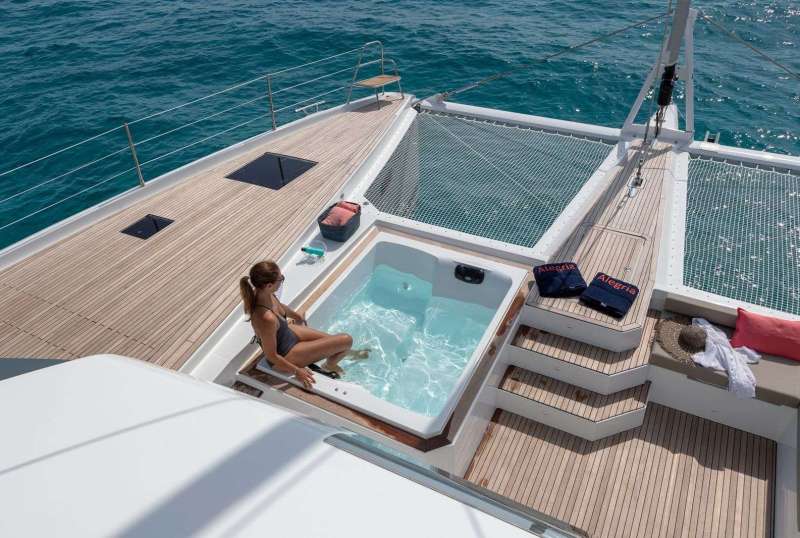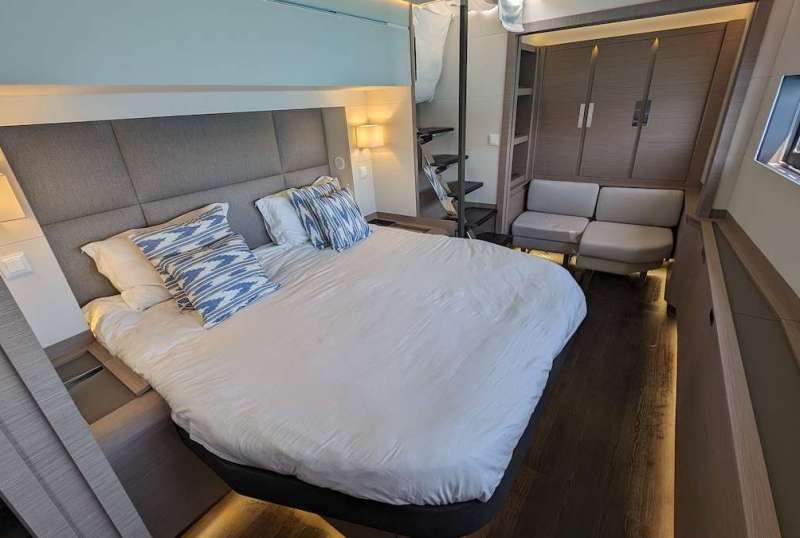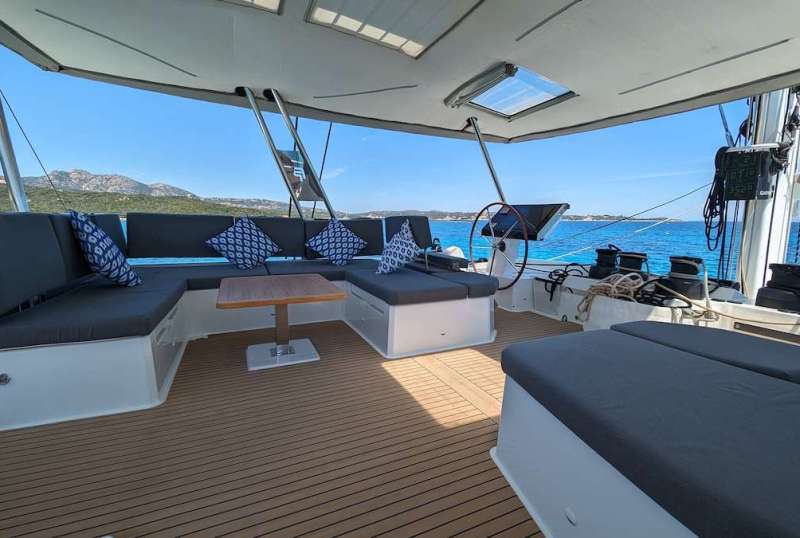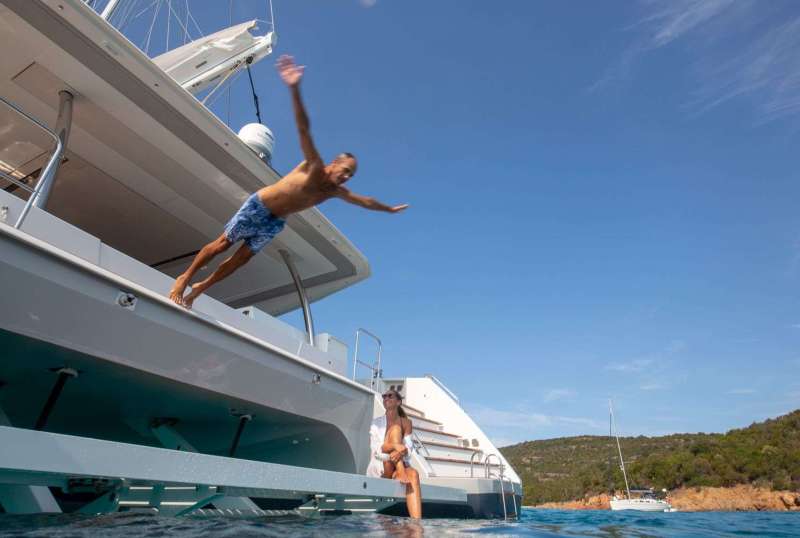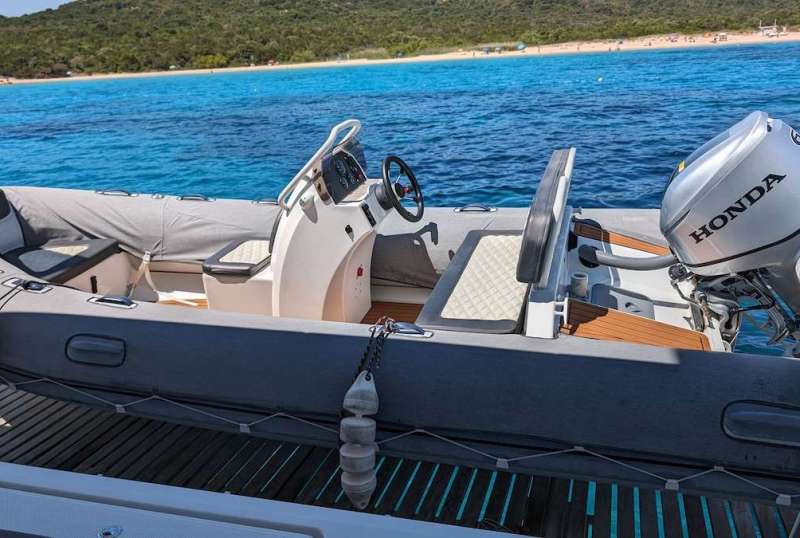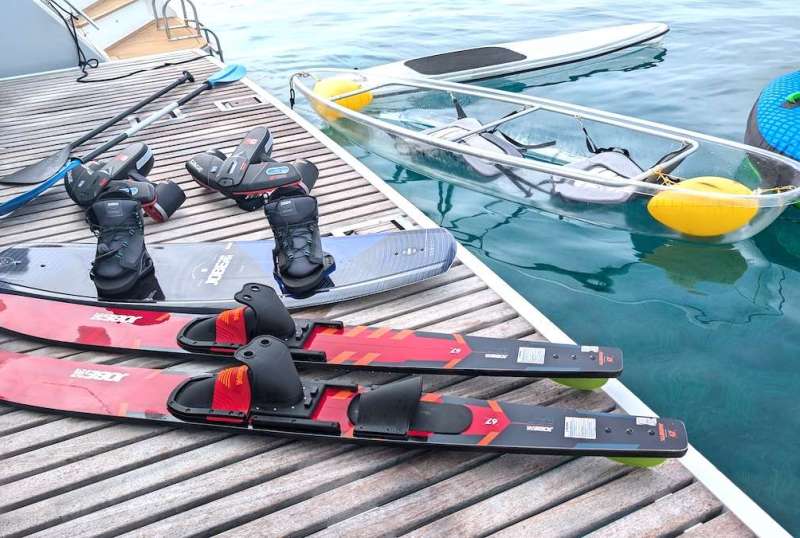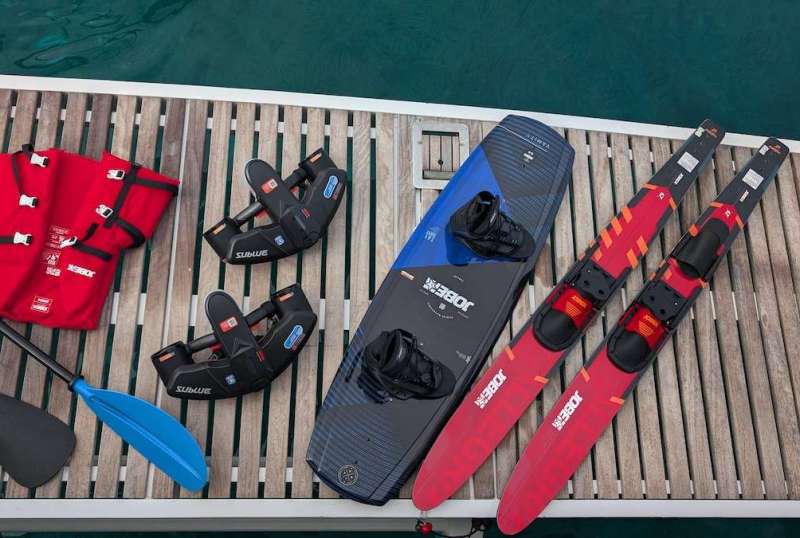Nisos Kimolos is a small barren island in the Greek archipelago of the Cyclades. It is located to the northeast of the larger island Milos and is separated from it by a narrow channel. Kimolos is well-known for its anchorages that offer a great respite from winds from all directions. As a result, the areas around Kimolos and Milos attract tourists and travelers for mini-cruising in their private yachts all around the year.
A part of the southern Cyclades, Kimolos is one of the more active islands in the Aegean Sea. Most of its population lives in Psathi or chora (means town in Greek) as it is sometimes referred to. Also known as Chorio, it is the only town on the island. Because of its low altitude and barren land, Kimolos is not favored for farming or cattle grazing. As a result, it acts as a second fiddle to the larger Milos and other islands in southern Aegean where agriculture is a major profession. Inhabitants are mainly craftsmen, merchants, and seamen.
Kimolos is part of the South Aegean region and is managed by a municipality, which also oversees the uninhabited islands of Polyaigos and Agios Georgios. As of 2011, the total population stood at 910 and is steadily decreasing. Its official slogan is ‘A silver stroke of the brush in the Aegean’.
Navigation and Anchoring
Since Kimolos has an active community and is a trade spot, navigating to and mooring at the island’s anchorages are convenient affairs. You can choose any of its half a dozen anchorages for a rest stop, depending upon your voyage requirements, especially if protection from the meltemi is one of them.
The islets and coasts around Kimolos’s anchorages are full of reefs and shoals. This makes anchoring a slightly more responsible activity, so extra care must be taken. The suggested anchor is three to ten meters. Its anchorages are Ormos Sikia, Apollonia, Ormos Voudhia, Pirgonisi, Psathi, Semina, and Prasonisi.
Due to its bare openings in all directions, the coasts around Kimolos are vulnerable to the meltemi and southerlies. Although the anchorages in the southern and eastern sides provide enough shelter, caution is recommended while sailing and mooring in the area.
You may also take a ferry or a catamaran from nearby islands. These run around the year, with more of them plying during tourist season (around March to August). The Piraeus port of Athens is the most common connecting point, but you can also take a dinghy to and from Milos.
Internal Transportation
Kimolos being an active spot has transit systems like buses and private cabs. You can also drive your own car on the island as most types of fuels are available here. However, during the summers when the island gets crowded, getting a parking space can be a problem.
History of Kimolos
Kimolos has a record of rich history as a unique trade hub and battlefield in the ancient era. It is believed to get its name from Kimolos, the possible first resident of the island. However, it has been known by at least two more names. It went by Argentiera because of the silver-colored rocks that were found on the island (deriving from the scientific name of silver, Argentum). These rocks – not exactly silver but what came to be known as Kimolia Gi-Kimolian Earth – were found to be valuable as a trade good, making the island an active market for a long time. Even today, Kimolos is an active stop for merchants trading in and around the Cyclades.
Kimolos was also known as Echinousa, after the abundance of sea urchins on its coasts. However, some records suggest that this was because of the presence of the wild viper snakes called Echidna, which instead gave her the name Echidnousa.
Until 1829 when the Greeks annexed it, Kimolos was ruled by the Ottoman Empire. Kimolos is also popular for being a former pirate haunt in the Middle Ages.
Modern-day Kimolos is an active hub, with lots of hutments in the sole town of Chorio. There is a kindergarten, a school, eight churches, two museums, and a castle.
Places of Interest In and Around Kimolos
There are a lot of sights in Kimolos that will cater to all types of tourists: from churches to an ancient castle to beaches and small hutments. Here’s a list of sights to check out when in Kimolos.
Churches in Kimolos
There are a total of eight churches and chapels of different sizes in Kimolos. According to the Kimolos administrator, most of them are family-owned and have been managed by generations. Yet they are open to all.
The churches are unique in their architecture and style, giving you a great cultural download on your visit. The most popular and largest of them is the Metropolitan Church of Panagia Odigitria which was erected around 1870. Its icon – that of Panagia Odigitria – is a beautiful artifact and is assumed to have come from Constantinople or Thessaloniki in the Palaeologan era. Today, the remains of the saint of Kimolos, Osia Methodia, rest in this church.
Other churches include Birth of Christ (the oldest), Chrisostomos, Panagia of Oikonomos, Taxiarches, Chrisopigi, Sotira, Agioi Anargiroi, and Pantokratoras.
Hiking Trails
Chorio is a paradise for those seeking to indulge in hiking and walking. The rocky terrain paved by stones makes for a perfect trail, also giving you a picturesque view of old hutments, historical places, and beautiful, expansive landscapes.
Hiking is encouraged on the island, with clear markers along the path. The local group of Kimolistes was responsible for carving out the hiking path, which starts from Chorio. The walking trail is good to visit several places in Kimolos that cannot be accessed in a vehicle.
The Skiadi
The Skiadi is a gigantic stone shaped like a mushroom that overlooks the southwestern coasts of the island. It’s a natural attraction situated in the middle of a barren plateau, and is one of the most popular sights in the whole of Cyclades, and even the world. It is included in the Atlas of Geological Monuments of the Aegean.
Skiadi is formed by the island’s indigenous strong winds. The foundation of the rocks gets corroded by the winds, keeping the upper portion (which is stronger) intact. This gives it its iconic mushroom shape. The Skiadi is the largest such stone in Kimolos.
Reasons to Visit Kimolos
A visit to the Kimolos island will offer:
- Scenic beauty of the neighboring islands in the Cyclades
- Geological sightseeing: the Skiadi (mushroom-shaped stone), tuffs, pre-volcanic bedrock, hot springs
- Beautiful churches with unique architectures and icons
- Exploring the remains of the sole castle at Chorio that has braved quite a few battles
- Sunbathing at the dozens of beaches
- Hiking/walking trail and sightseeing
Services
Kimolos as a whole is a good provisioning stop as you can find virtually everything you need for your voyage. You can either stroll through the town to check out its staple foods and recipes or use the municipal services.
Kimolos has rooms for rent at Chorio, Psathi, and other places; restaurants and steakhouses (Souvlaki), car rental shops, gift shops, fuels stations, and travel agencies. If you are looking for a particular service, you can also reach out to the Kimolos municipality at the port near Psathi.
In case of an emergency, you can contact the municipality via its official website.
Kimolos Video Overview
The anchorages on Kimolos:

